Badminton, a sport loved by millions across India and the globe, is as rich in tradition as it is in exhilarating rallies. From local courts in Bengaluru to the biggest international arenas, players constantly seek an edge. However, along with genuine wisdom, a plethora of myths and outdated beliefs have permeated the sport, often influencing how players think, train, and ultimately perform.
These misconceptions, passed down through generations or spread through casual observation, can inadvertently limit a player's potential. In 2025, with sports science and coaching methodologies more advanced than ever, it's crucial to separate fact from fiction. Let's debunk some common badminton myths and arm you with the real knowledge needed to maximize your performance and truly enjoy the beautiful game.
Common Myths Debunked: Racket Size and Weight
Myth: Larger rackets are better for power, while smaller rackets are exclusively for control.
Fact: This is a classic misconception. The size of a racket head primarily impacts its sweet spot (the optimal area for hitting the shuttlecock) and aerodynamics, not its inherent ability to generate power. A larger head offers a bigger sweet spot, making it more forgiving for off-center hits, which can feel like more power due to better contact. Conversely, a smaller head might offer more precision if you consistently hit the sweet spot, but it's not a universal rule for control. The weight and balance point (head-heavy, head-light, or even balance) of the racket have a far greater impact on power and maneuverability than the head size itself.
Expert Tip: Choose a racket that fits your grip and provides a balanced feel for optimal control and swing speed. For beginners, a slightly larger sweet spot can be beneficial for consistency, but as you progress, focus more on the racket's weight distribution and flex that complements your playing style (e.g., head-heavy for power hitters, head-light for fast defensive players).
Common Myths Debunked: Grip and Technique
Myth: A tighter grip provides more power for smashes and clears.
Fact: This is one of the most detrimental myths in badminton. A tight grip actually restricts wrist movement and forearm rotation, which are crucial for generating true power and racket head speed. It also leads to unnecessary tension, causing faster fatigue and reducing shot accuracy. Think of it like a whip: a flexible whip generates more power than a rigid stick.
Expert Tip: Focus on a relaxed grip, often referred to as a "V-grip" or "handshake grip," with proper finger positioning. The power should come from a combination of body rotation, forearm pronation/supination (the turning motion), and a loose wrist snap at the point of contact. Maintain a firm grip only at the moment of impact, then relax immediately. Many top coaches in Bengaluru emphasize this "loose to tight" principle.
Common Myths Debunked: Smashing and Clearance
Myth: The higher the smash, the harder it is to return.
Fact: While a high jump smash looks spectacular, its effectiveness isn't solely determined by height. A smash that is too high often gives the opponent more time to react and prepare for the return. The most effective smashes are those that are steep, fast, and accurately placed, aiming for gaps or the opponent's body. A flatter, faster smash might be harder to return than a slow, towering one. Similarly, for clearances (lobs to the back of the court), merely hitting it high isn't enough; it needs to be deep and difficult for the opponent to attack.
Expert Tip: Focus on accuracy, speed, and trajectory for a truly threatening smash. Aim for the corners, the lines, or directly at your opponent's body. For clears, ensure they land deep in the opponent's court, pushing them to the back and creating space. A deep, offensive clear can set up your next attacking opportunity.
Beyond the Myths: Key Principles for Success
With these myths debunked, let's refocus on the core principles that truly lead to success on the badminton court:
- Consistency Over Power: Especially for beginners and intermediate players, being able to consistently hit the shuttlecock over the net and within the lines is far more valuable than hitting occasional powerful shots out of bounds. Build a strong foundation of consistency first.
- Strategy and Court Craft: Badminton is as much a mental game as it is physical. Utilize drop shots, net shots, clever angles, and varying shot speeds to outsmart opponents. Learn to anticipate their movements and exploit weaknesses.
- Footwork and Agility: Perfecting your footwork (split steps, lunges, quick recoveries) is paramount. It allows you to get to the shuttlecock in position, ensuring you can execute your strokes with power and control. Even the fastest smash is useless if you can't reach the shuttle!
- Fitness and Endurance: Badminton is an incredibly demanding sport. Developing a strong foundation of cardiovascular endurance, speed, strength, and flexibility will allow you to maintain high performance throughout long matches and reduce the risk of injury.
Conclusion: A New Perspective on Badminton
Embracing a critical mindset toward commonly held beliefs is key to unlocking your true potential in badminton. Don't be afraid to question what you've heard and instead, research and practice proven techniques for effective play. The sport offers a continuous journey of learning and growth, and by separating fact from fiction, you're not just improving your game; you're gaining a deeper, more accurate understanding of this dynamic and thrilling sport.
So, next time you step onto the court, leave the myths behind. Focus on precision, technique, smart strategy, and consistent practice. Your game will thank you for it!
Ready to gear up with the right knowledge and equipment? Explore Instasport's wide range of badminton rackets, shoes, and training aids designed to help you play your best game!



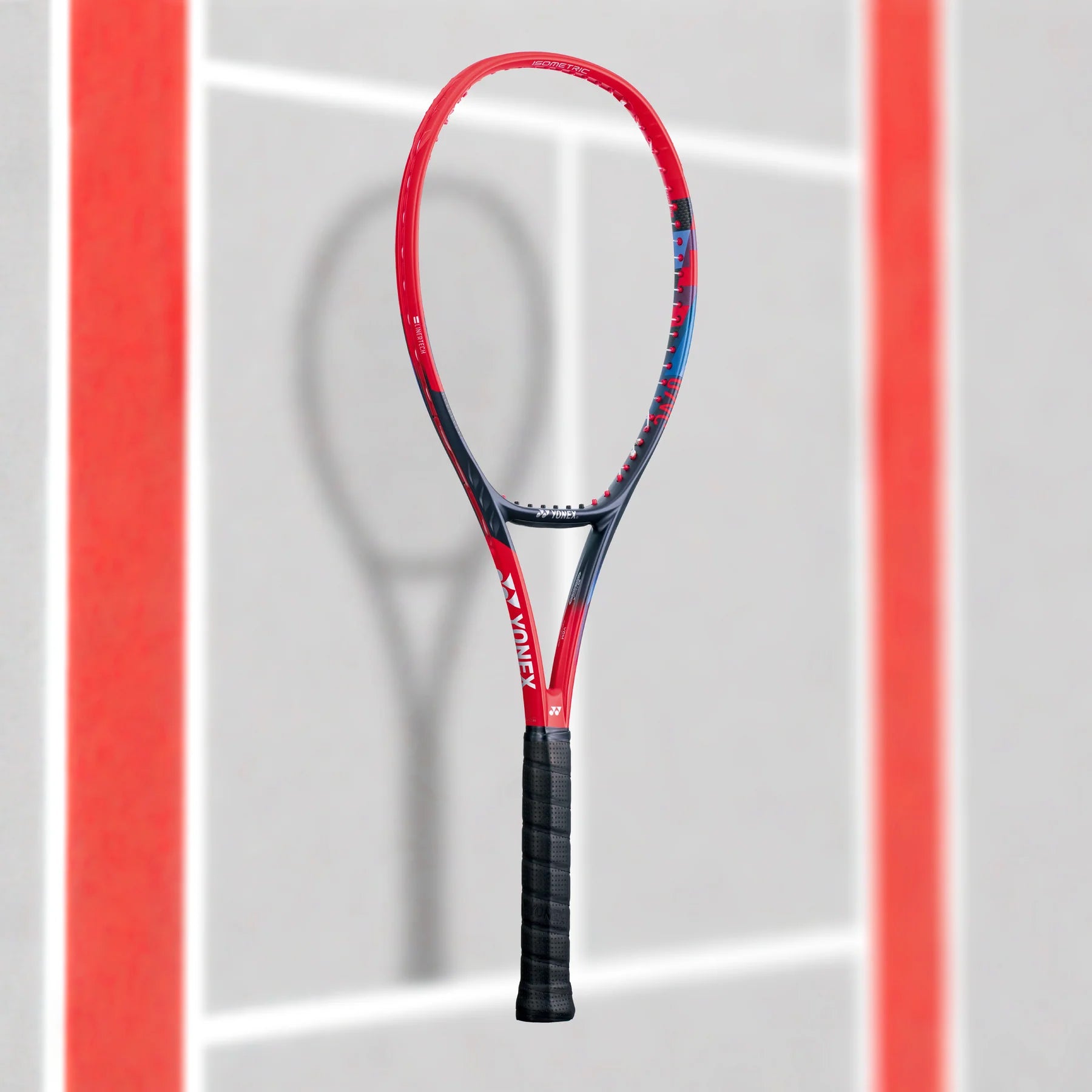
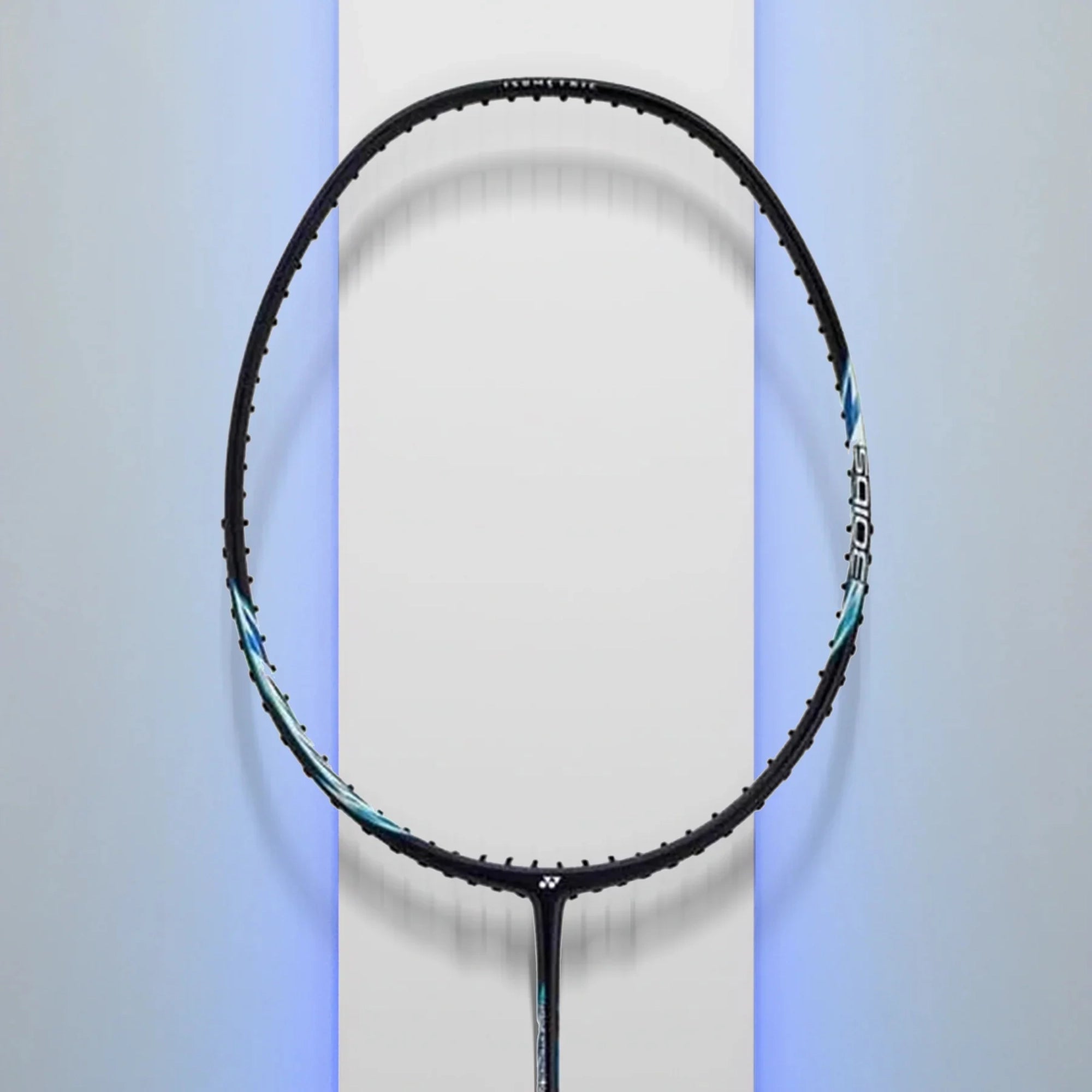
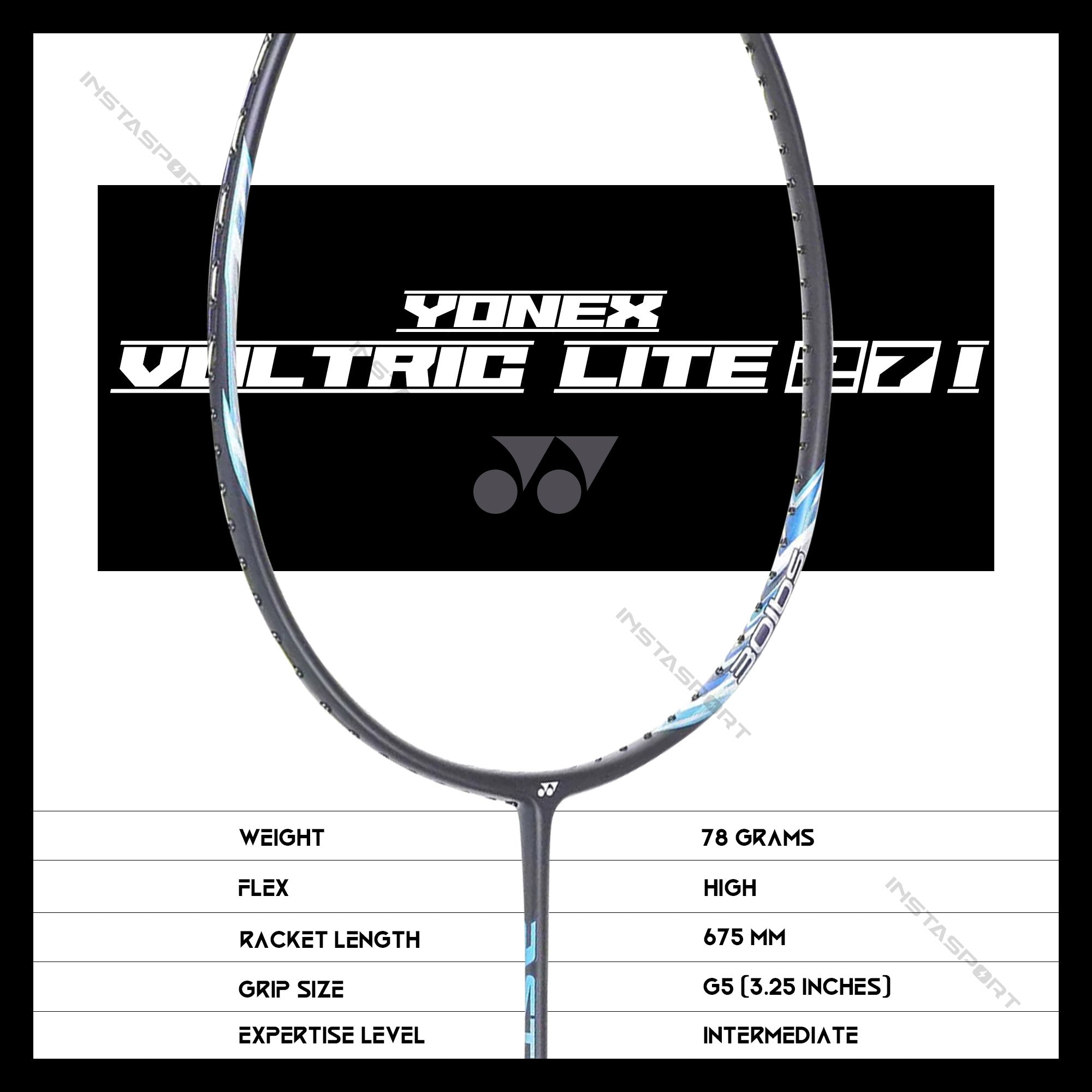
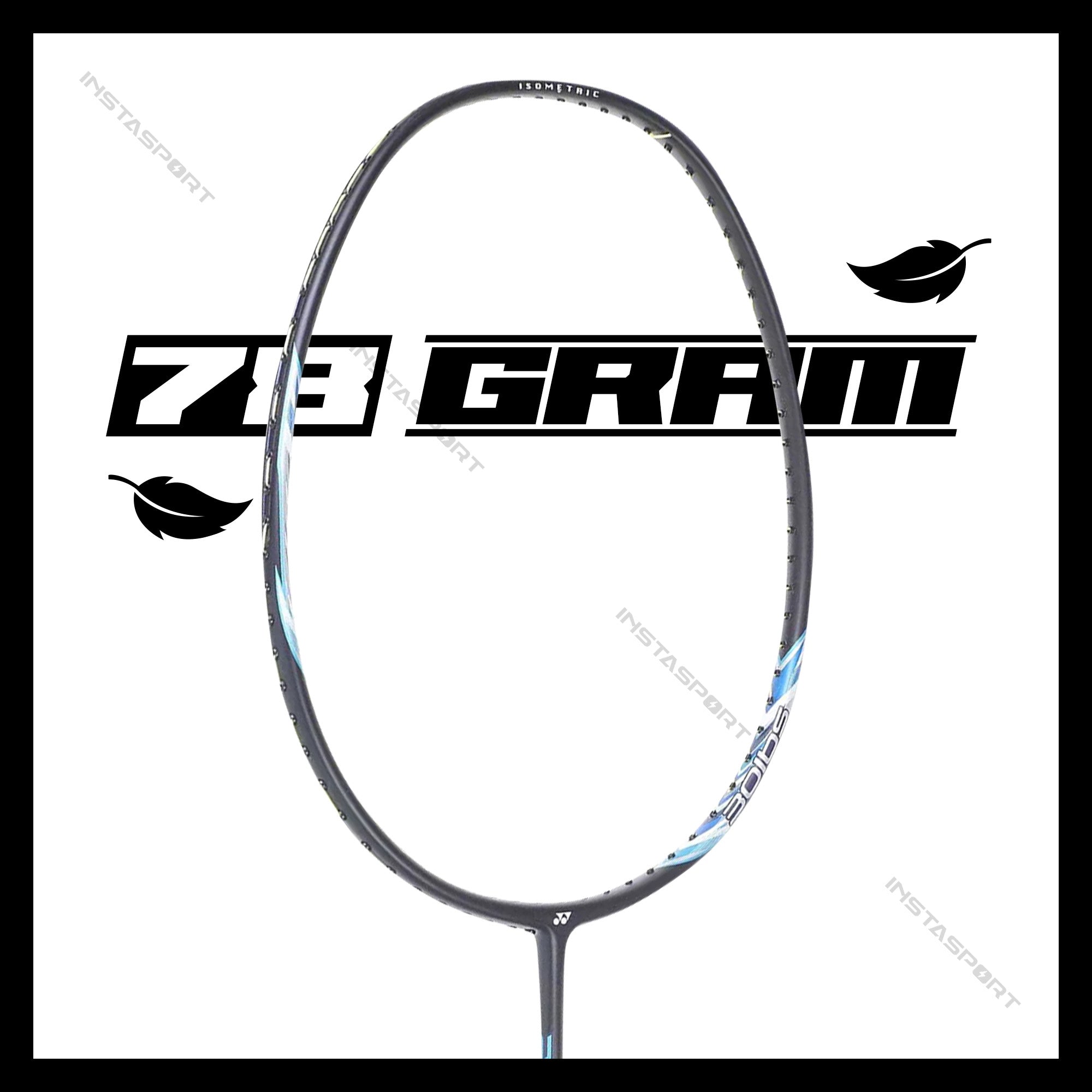


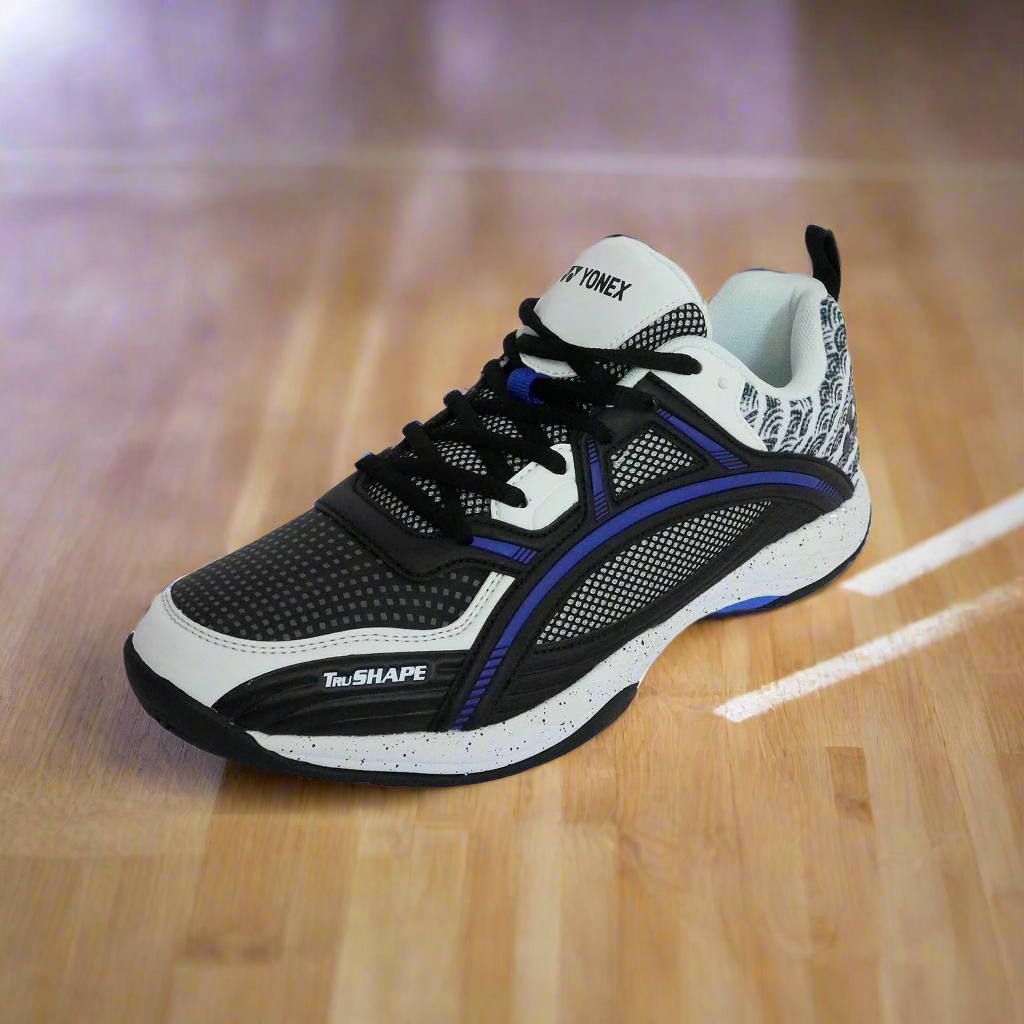

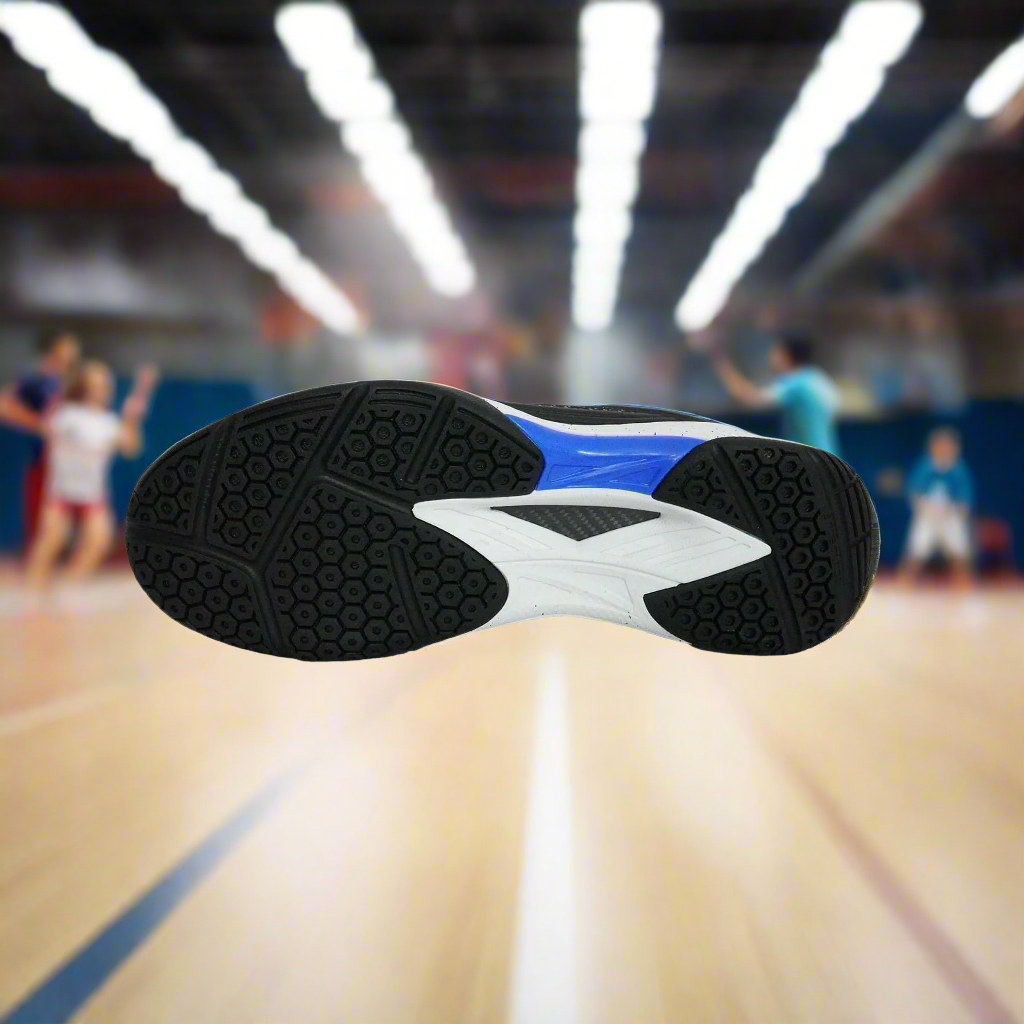

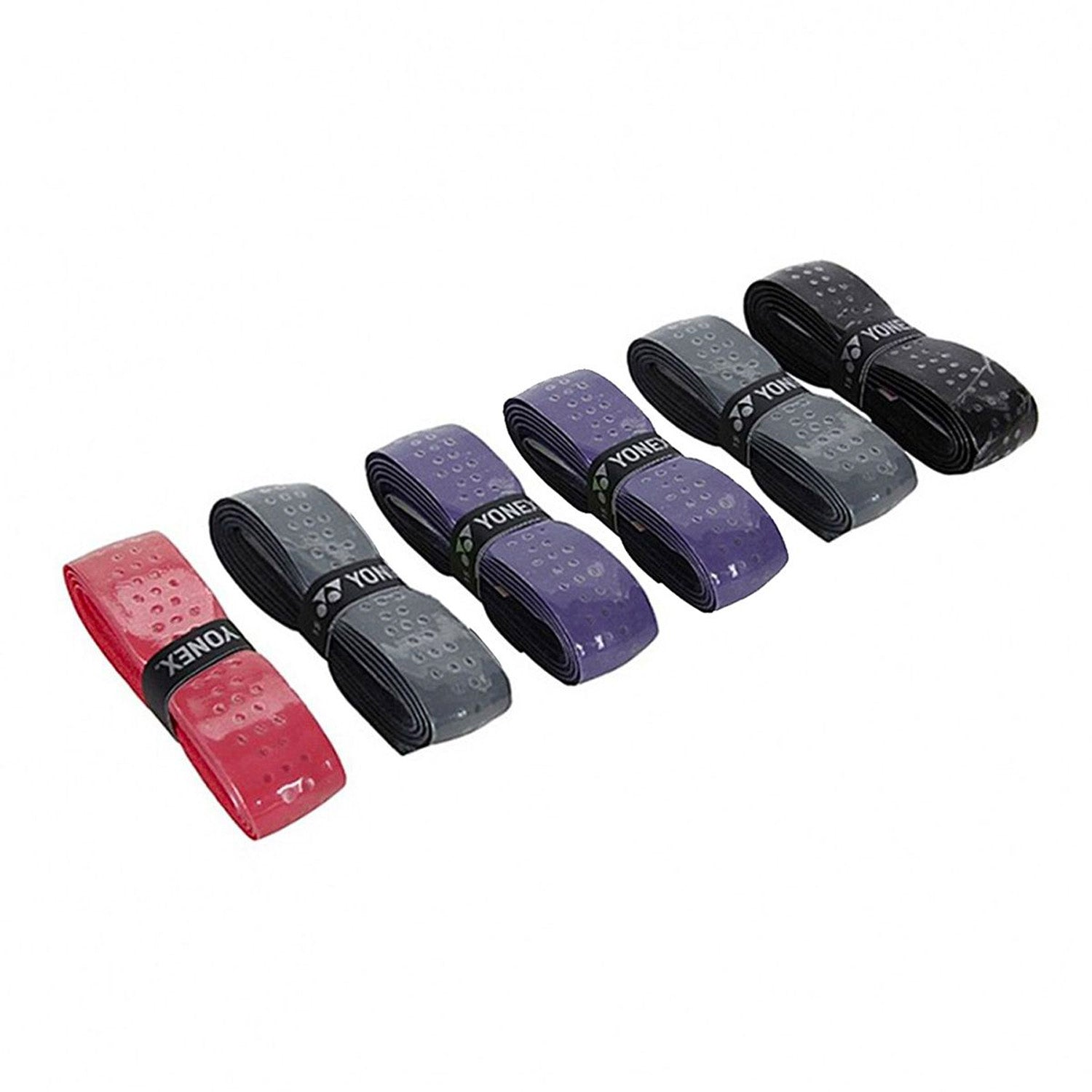

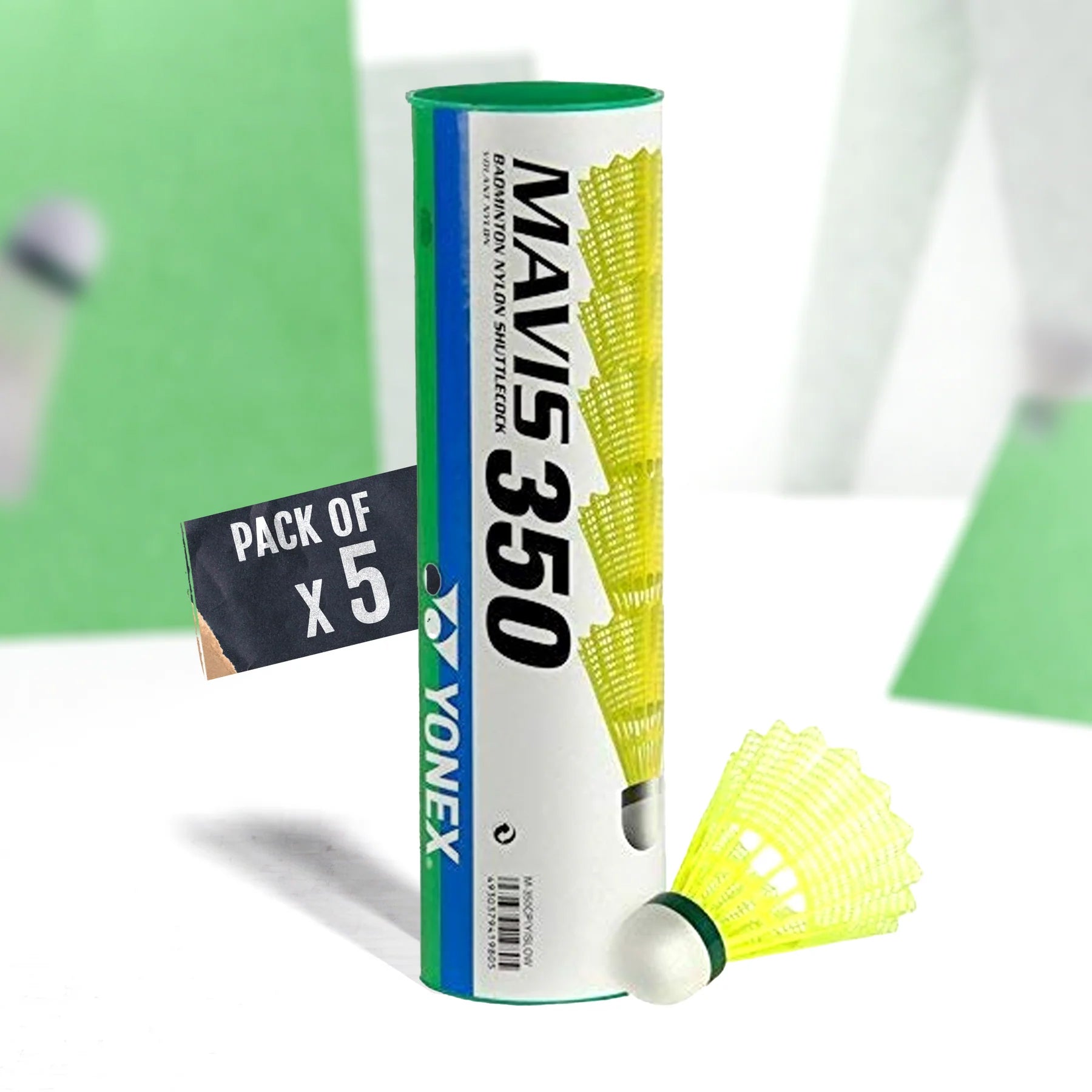

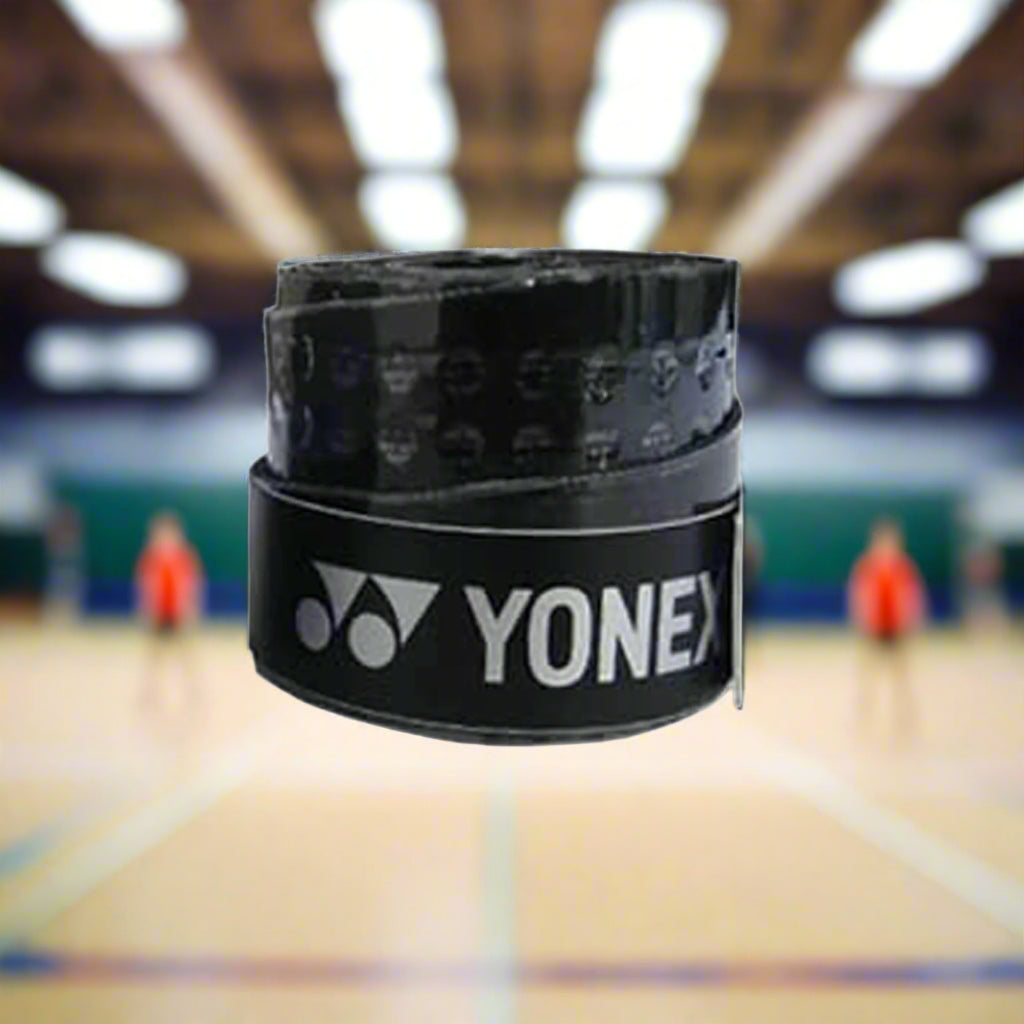
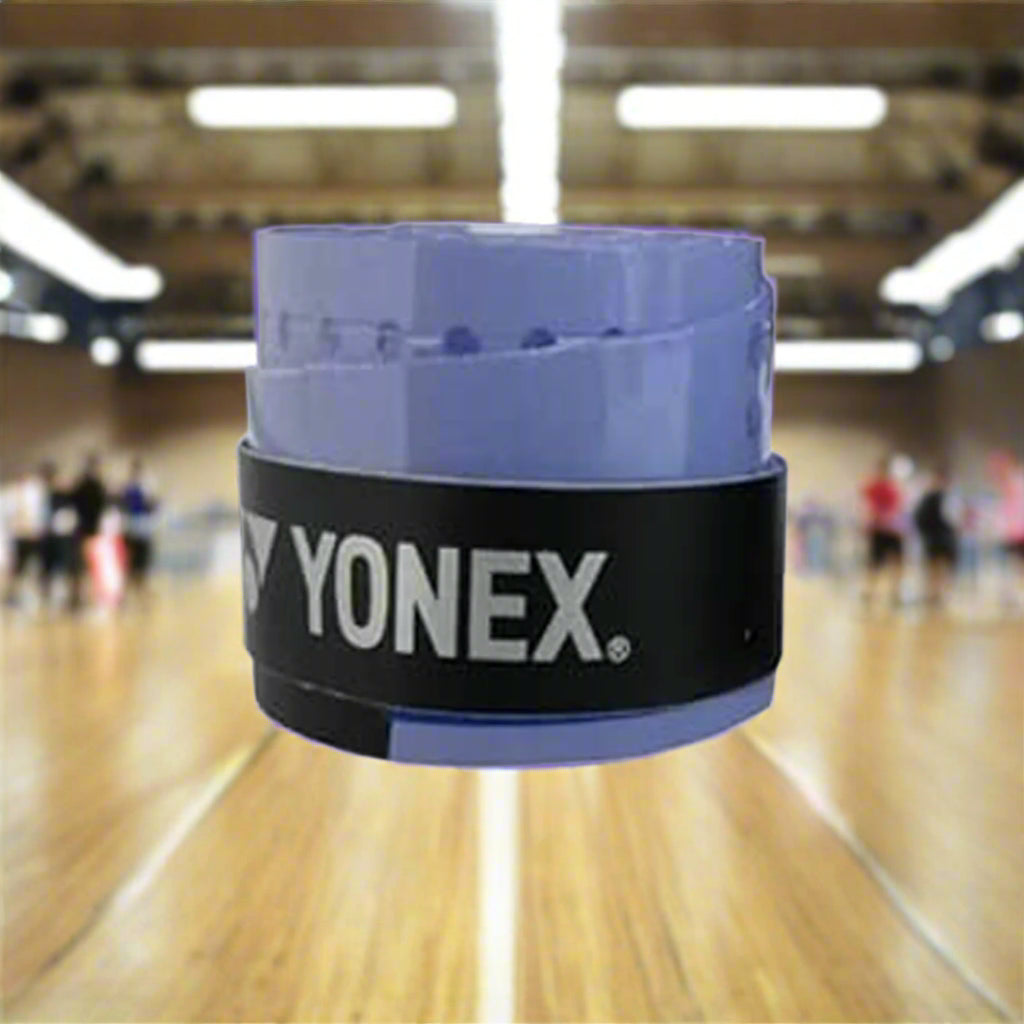
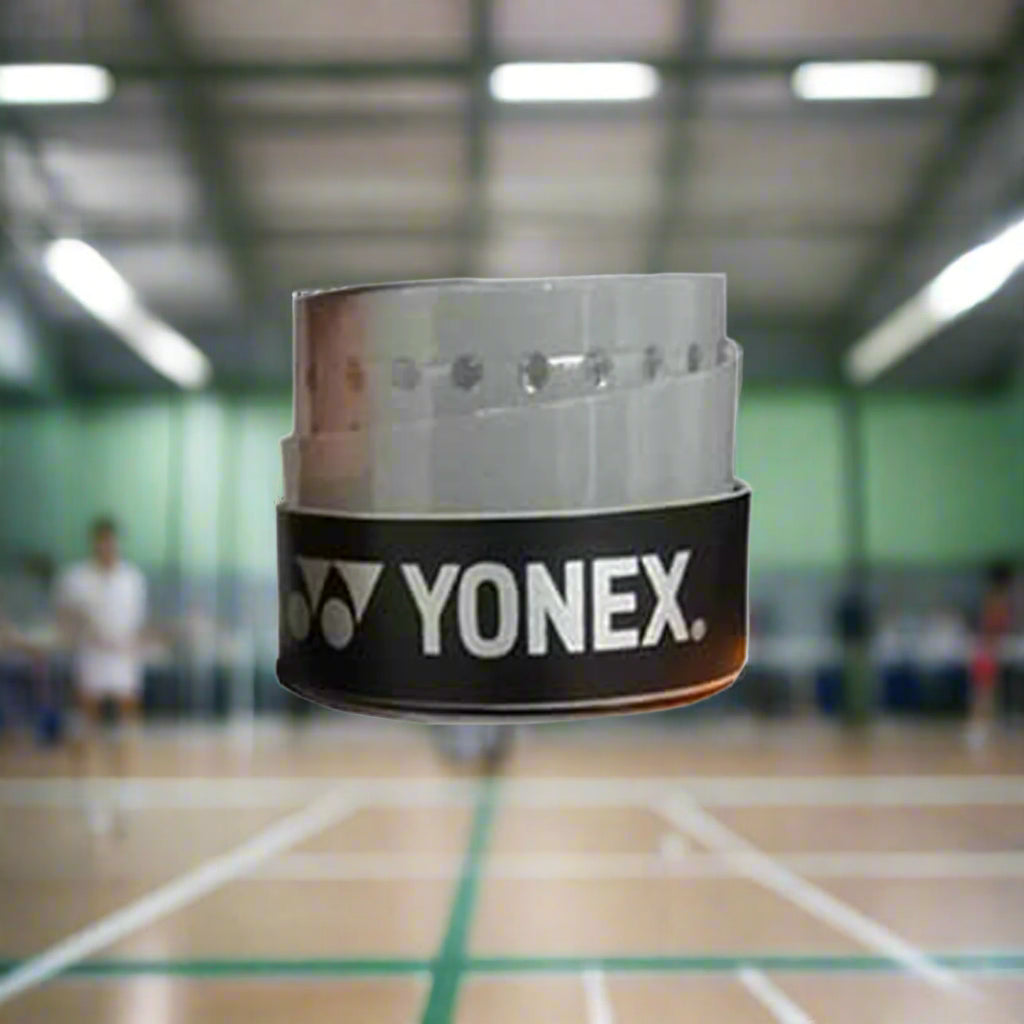
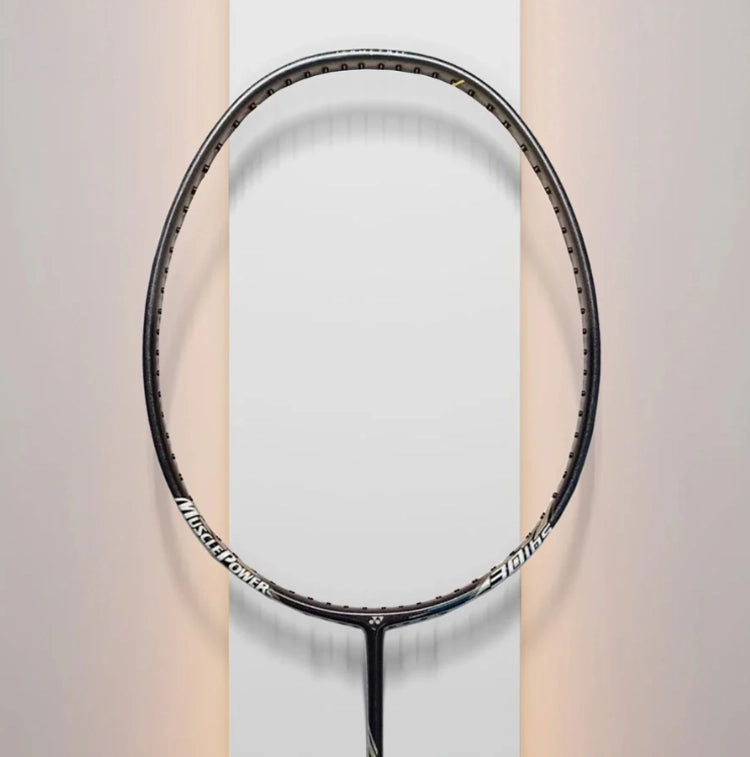
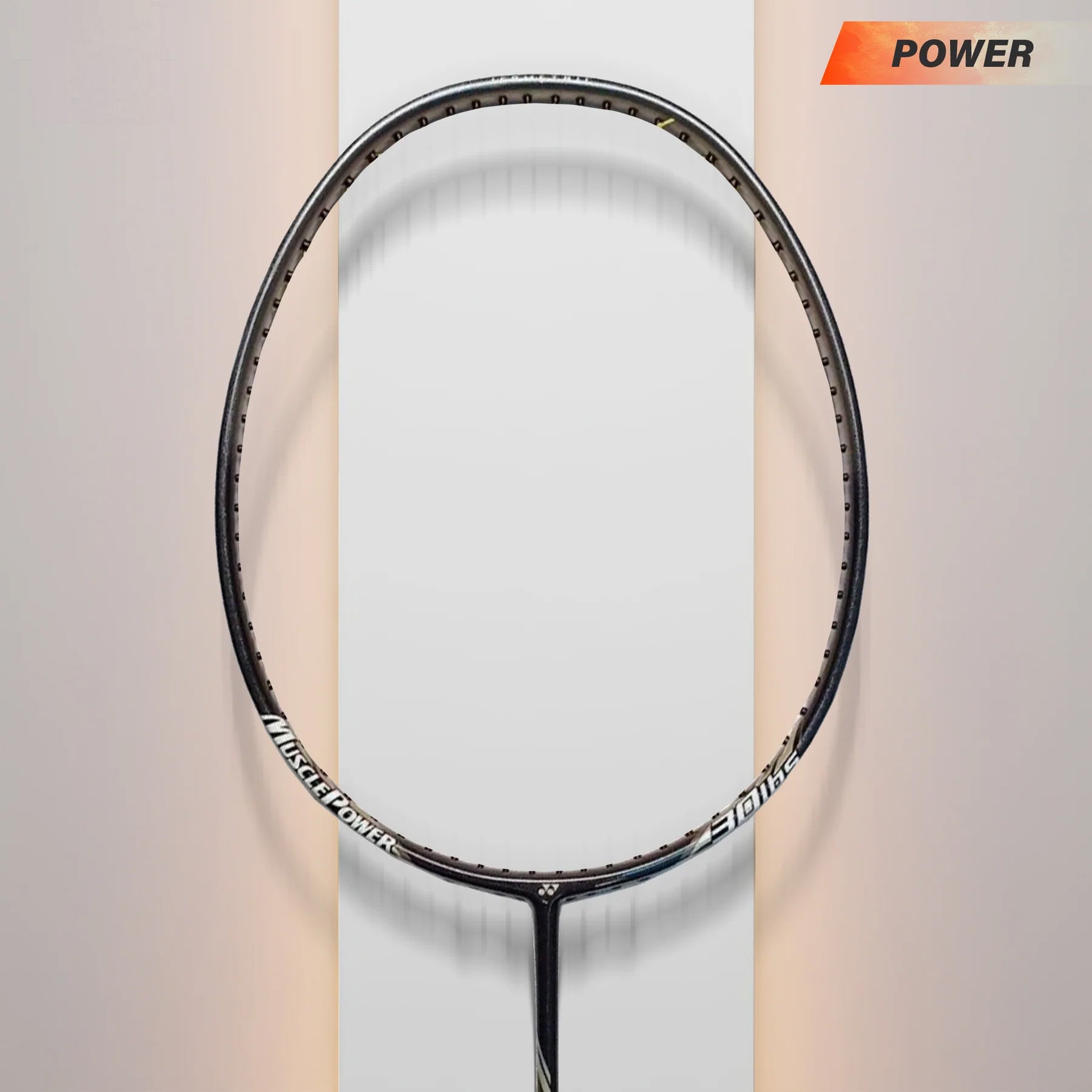
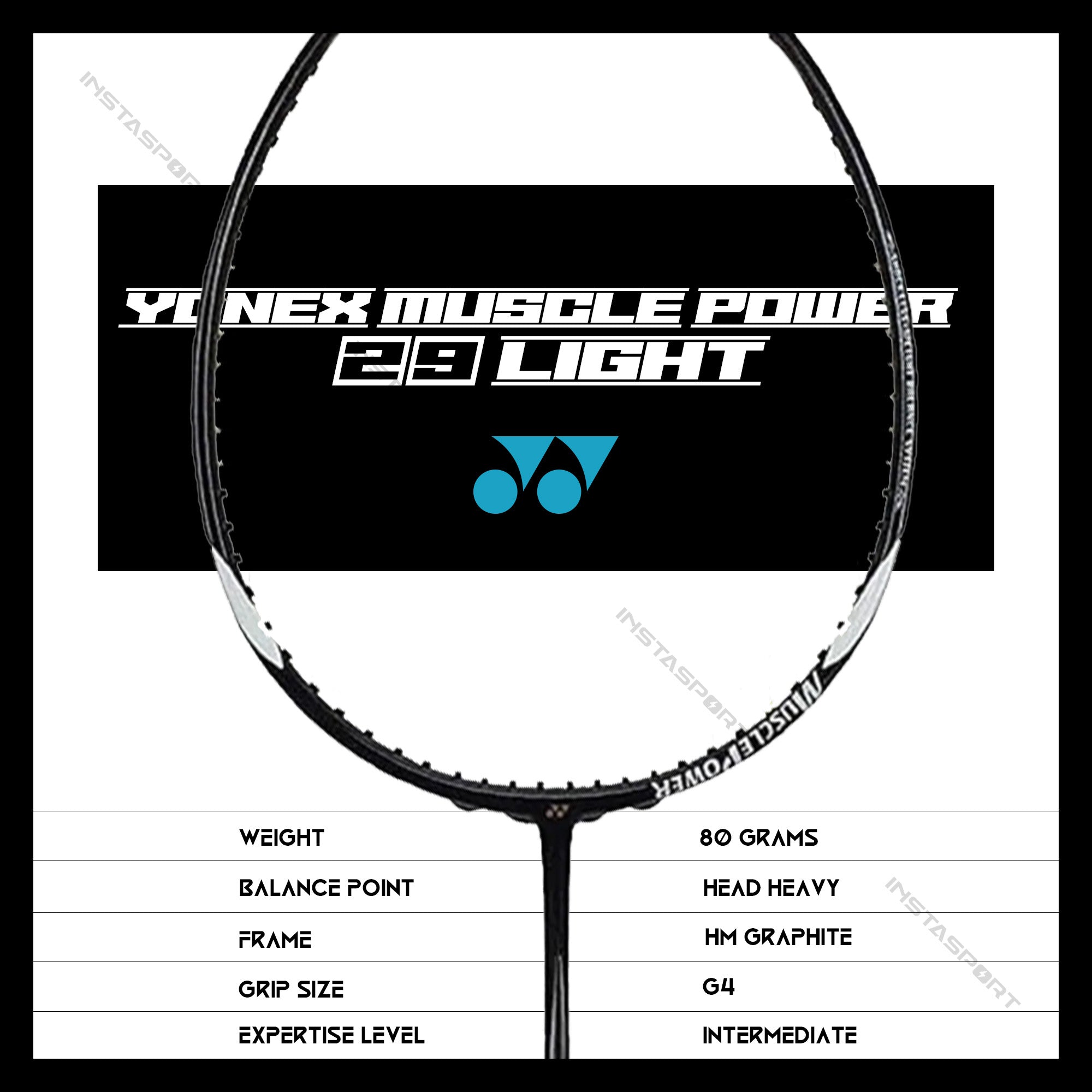
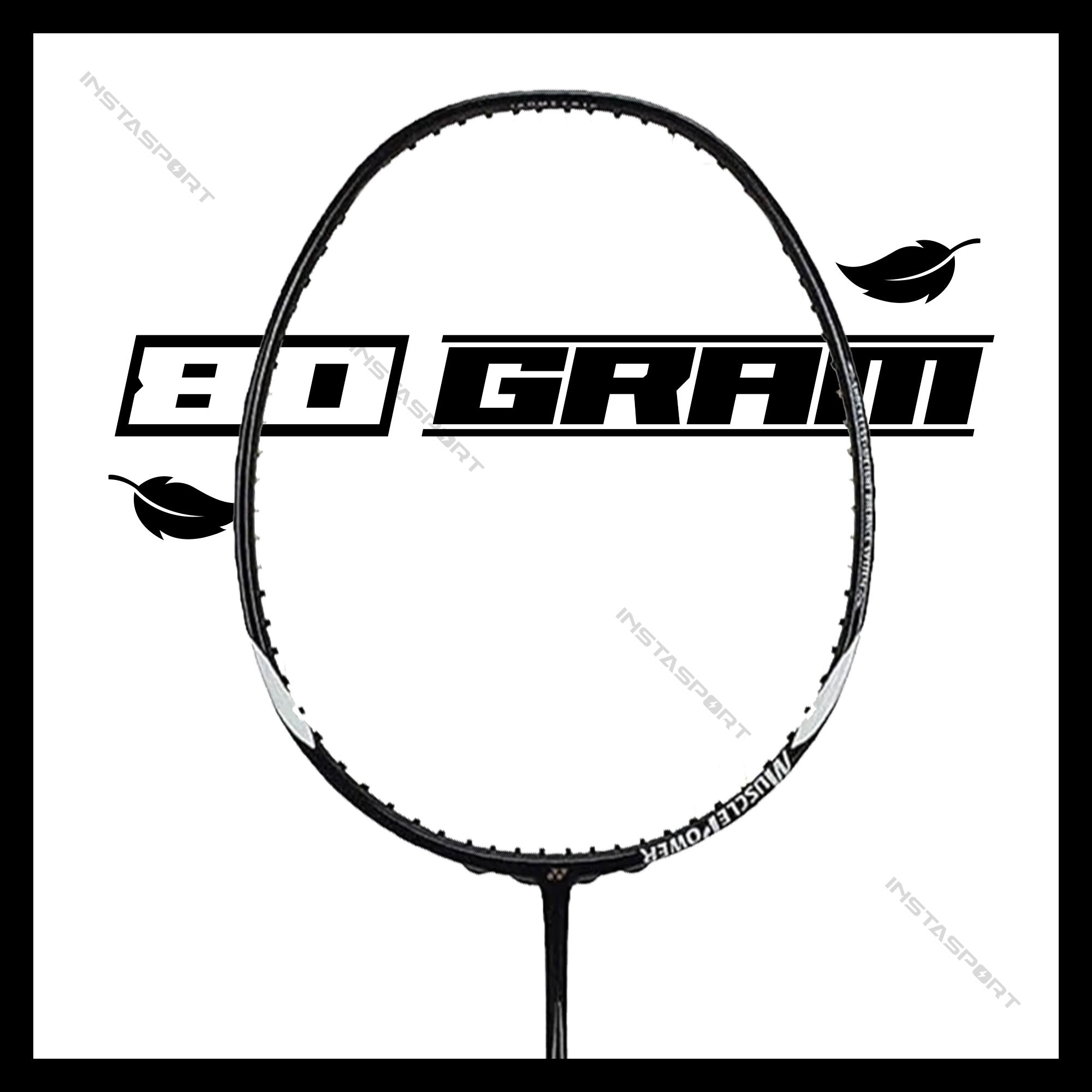
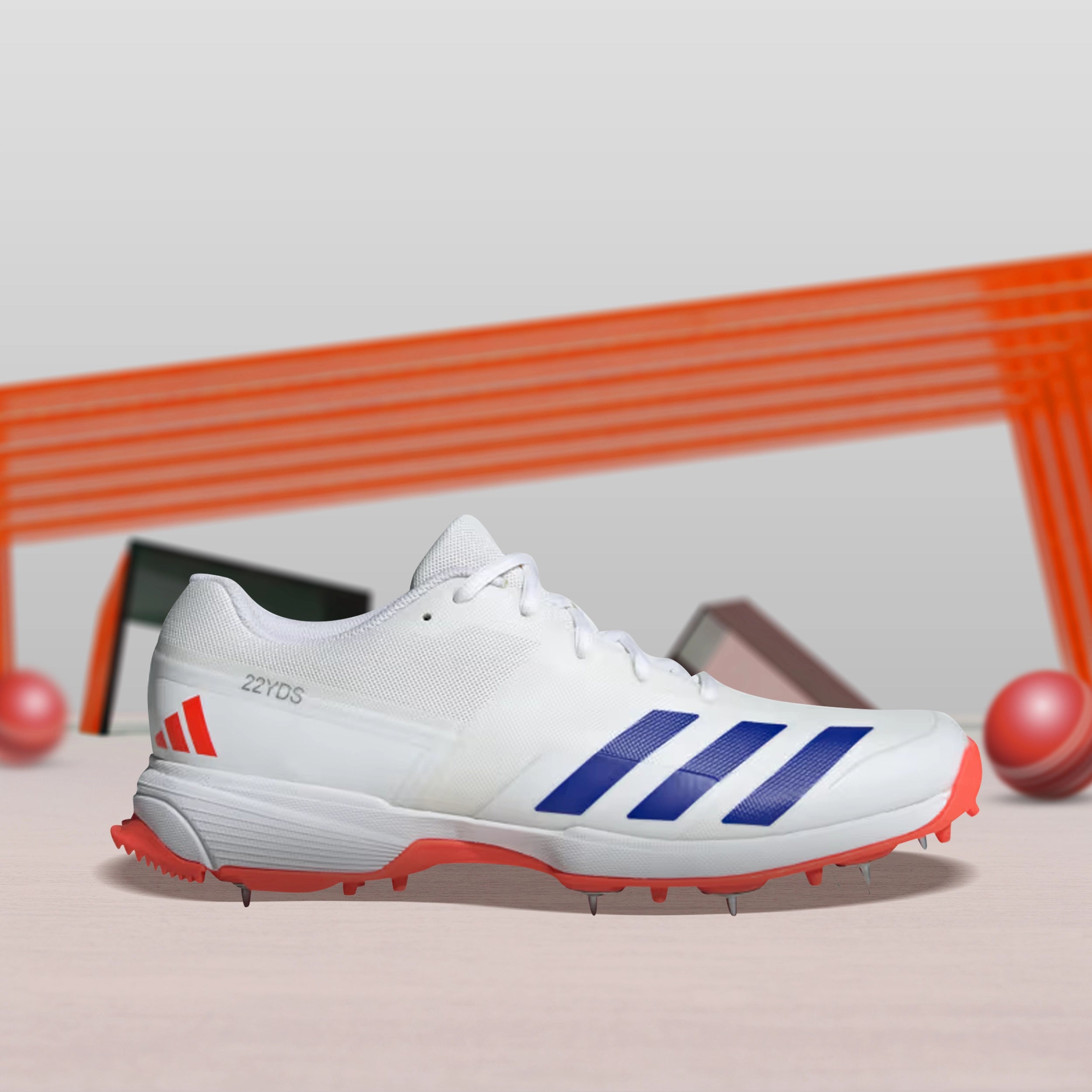
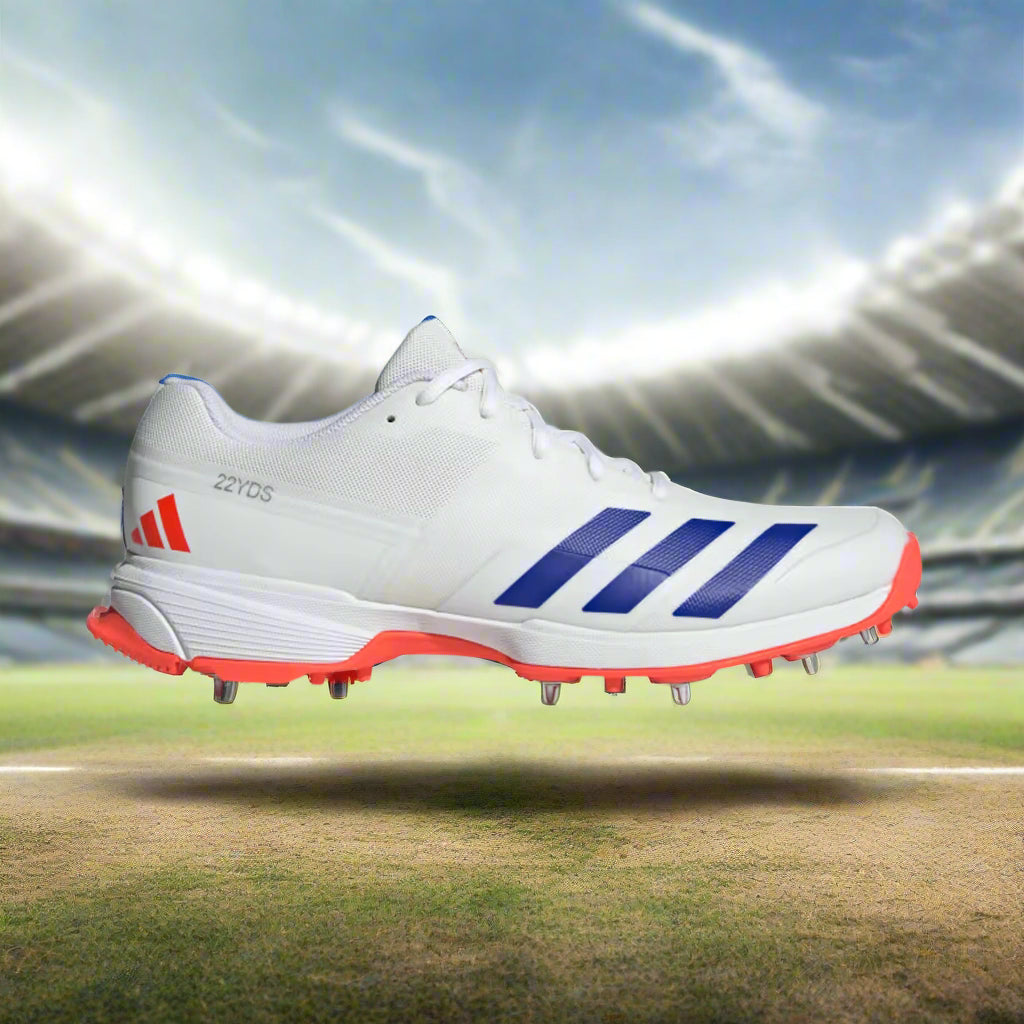
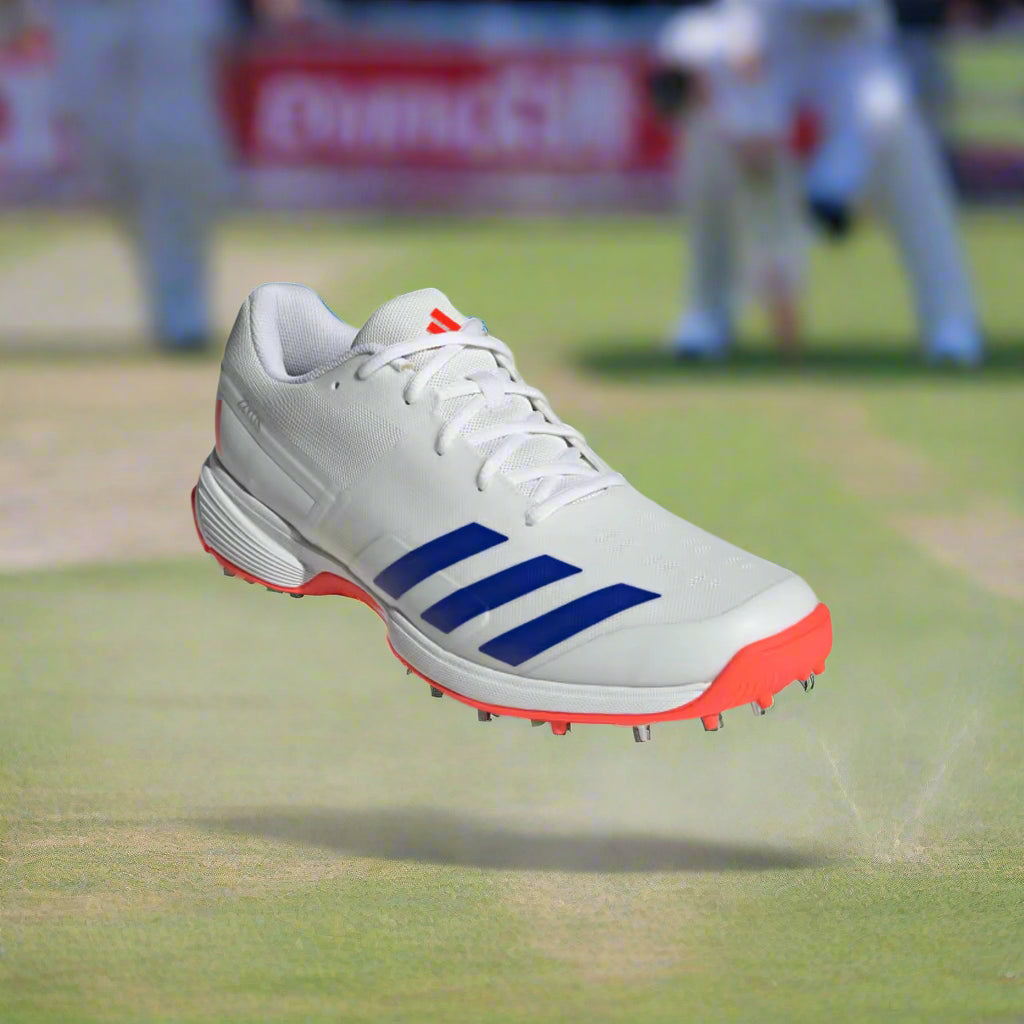
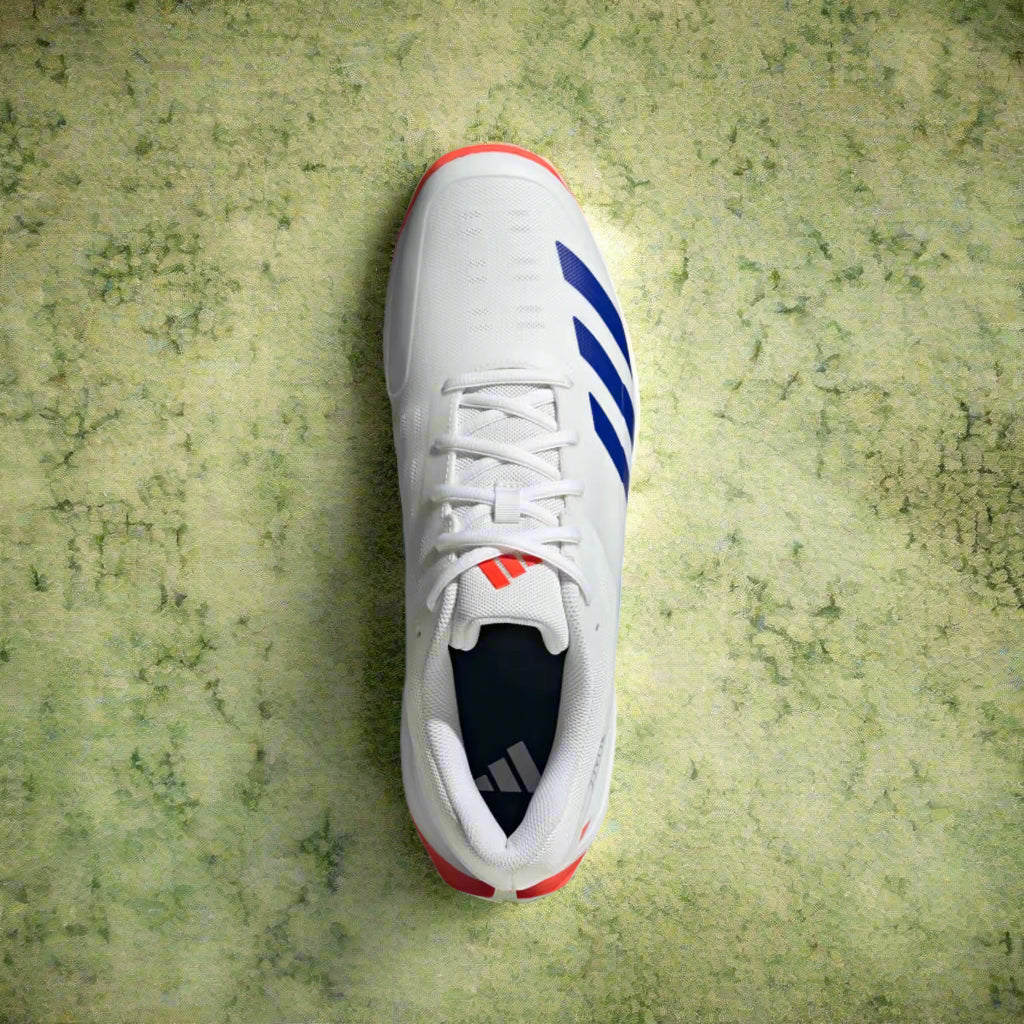
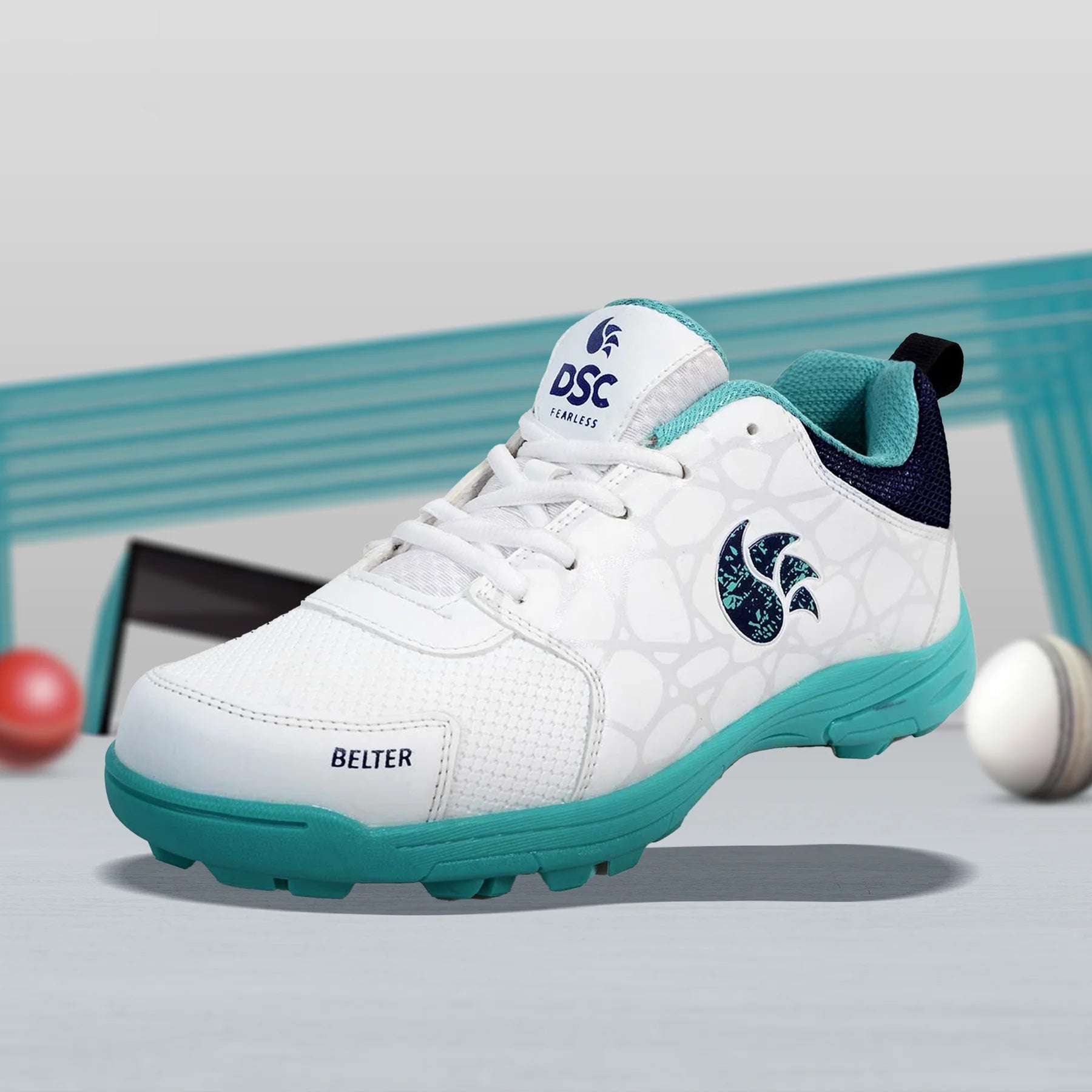



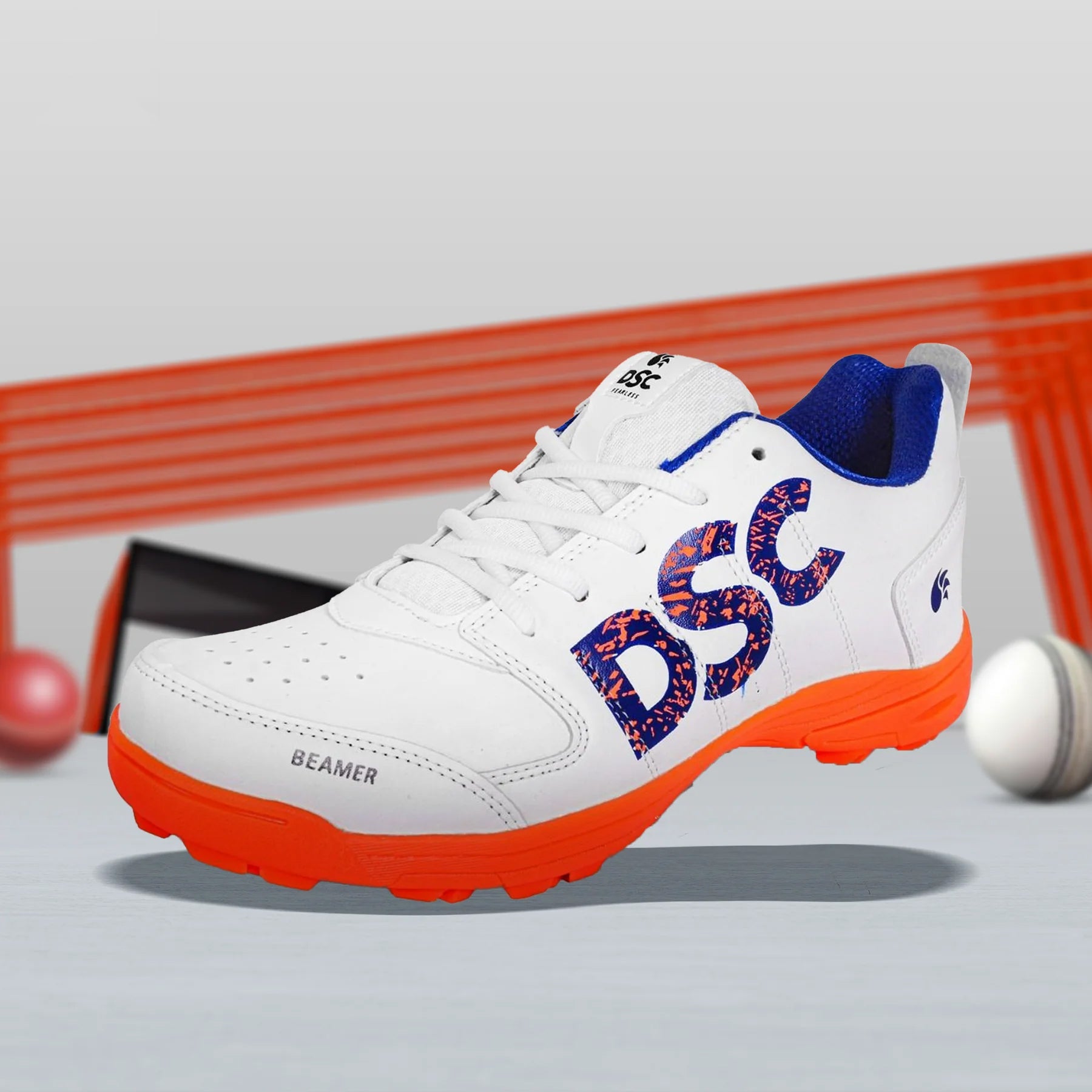
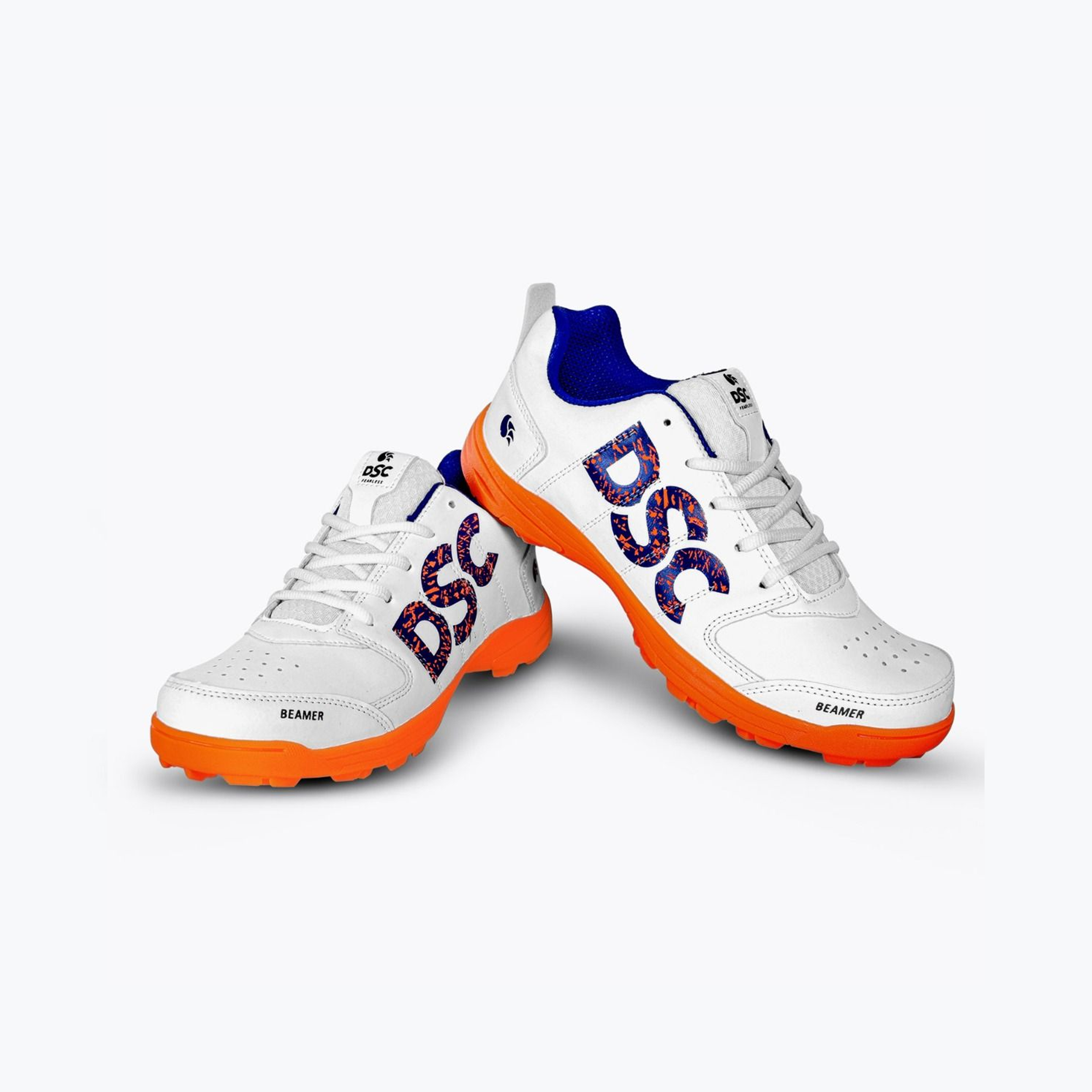
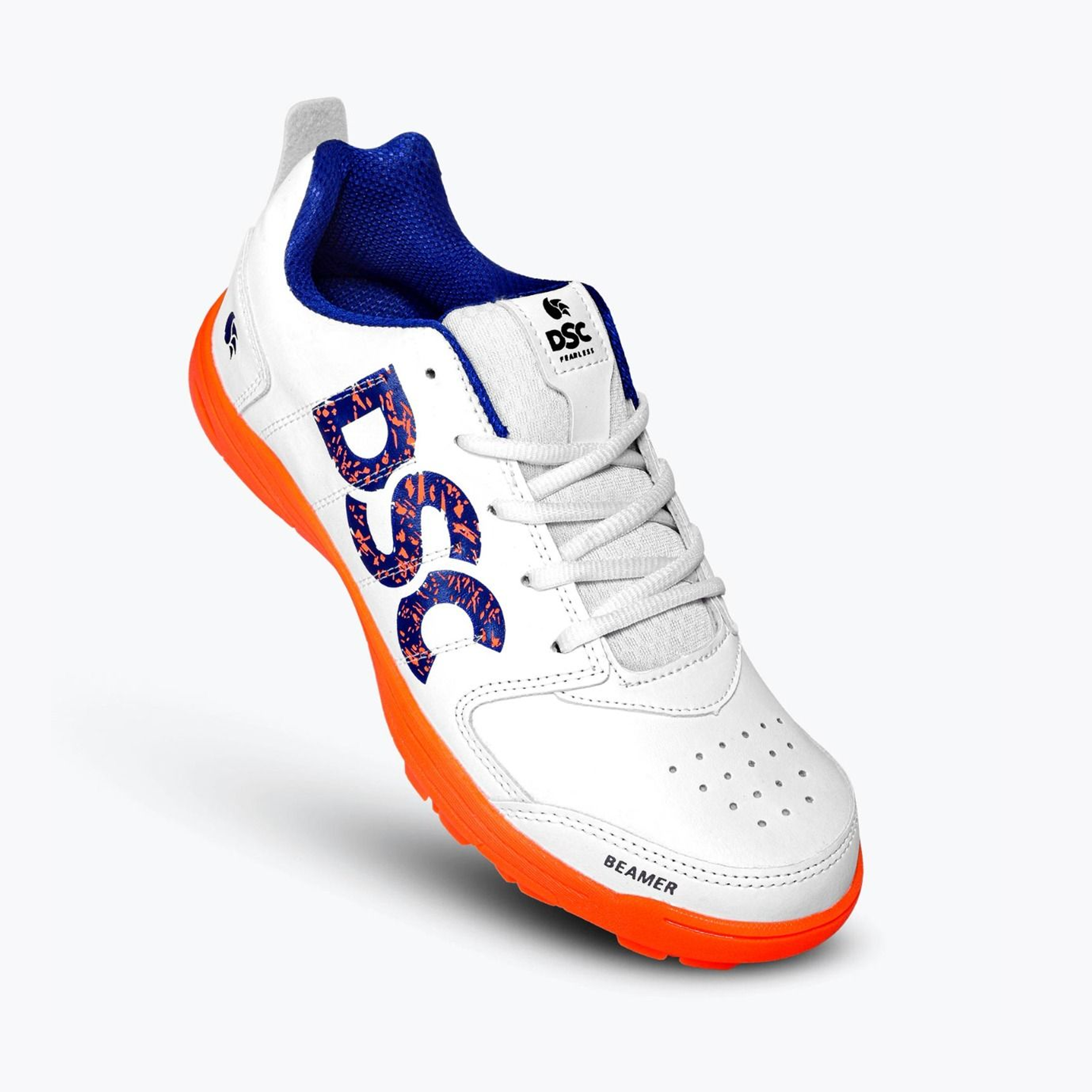


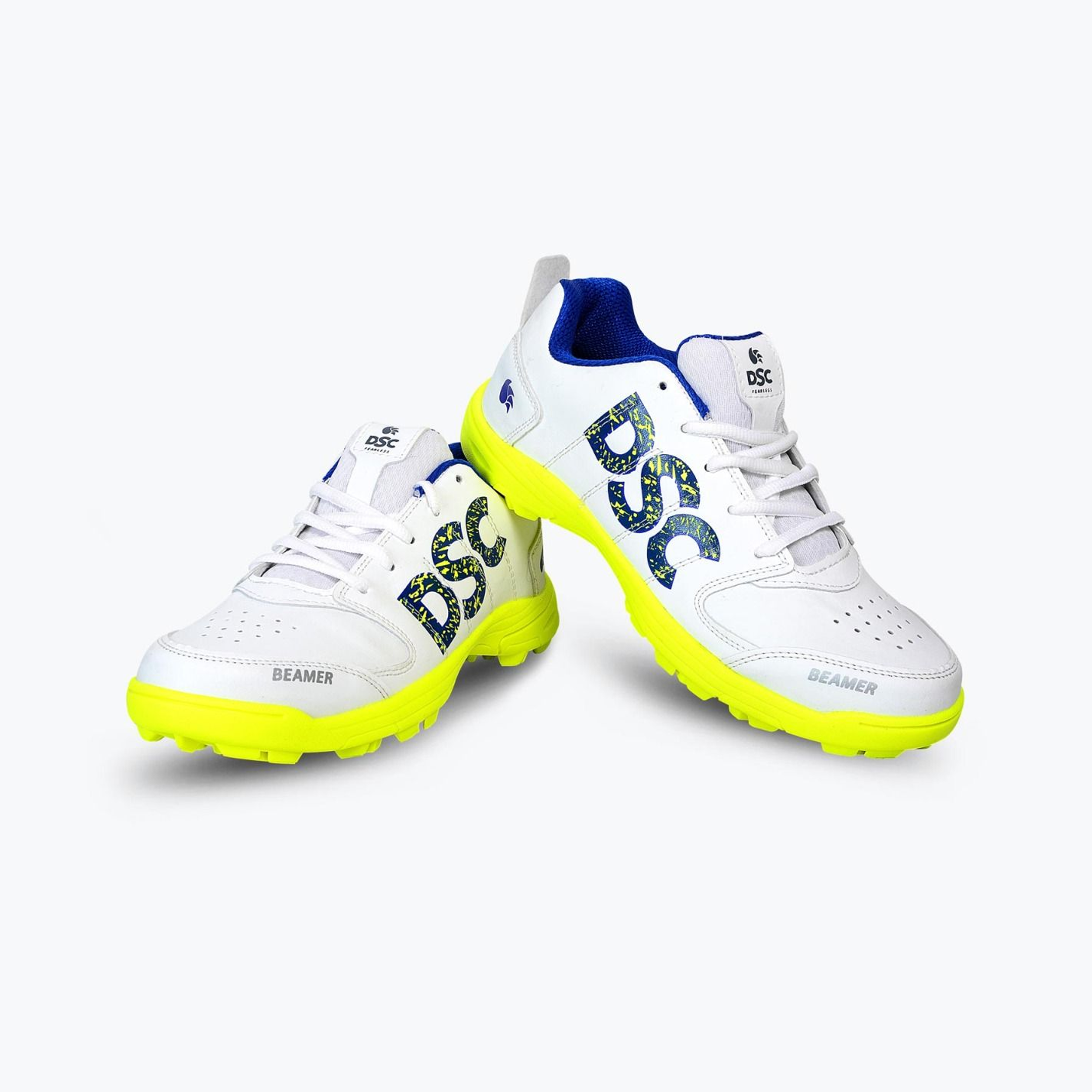
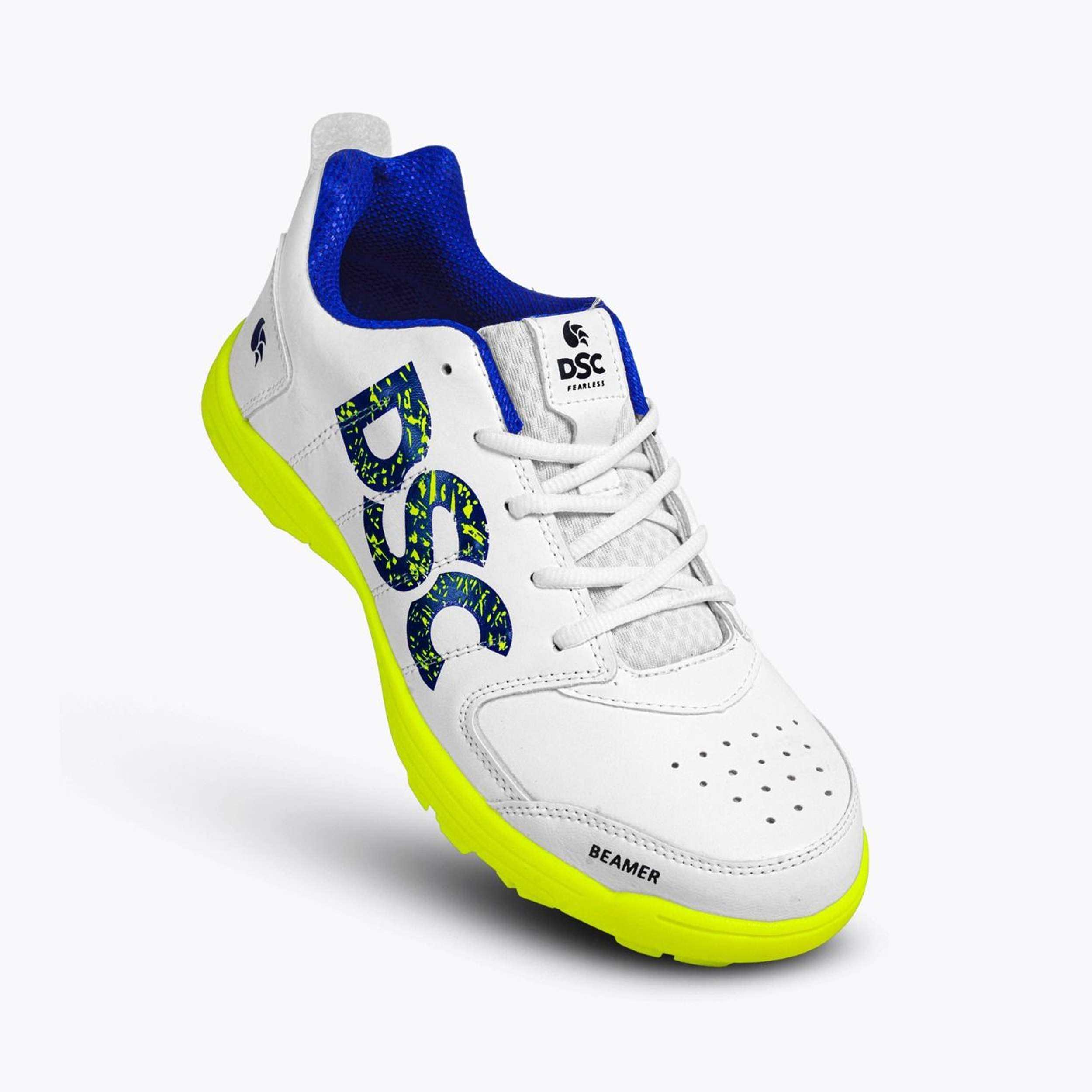
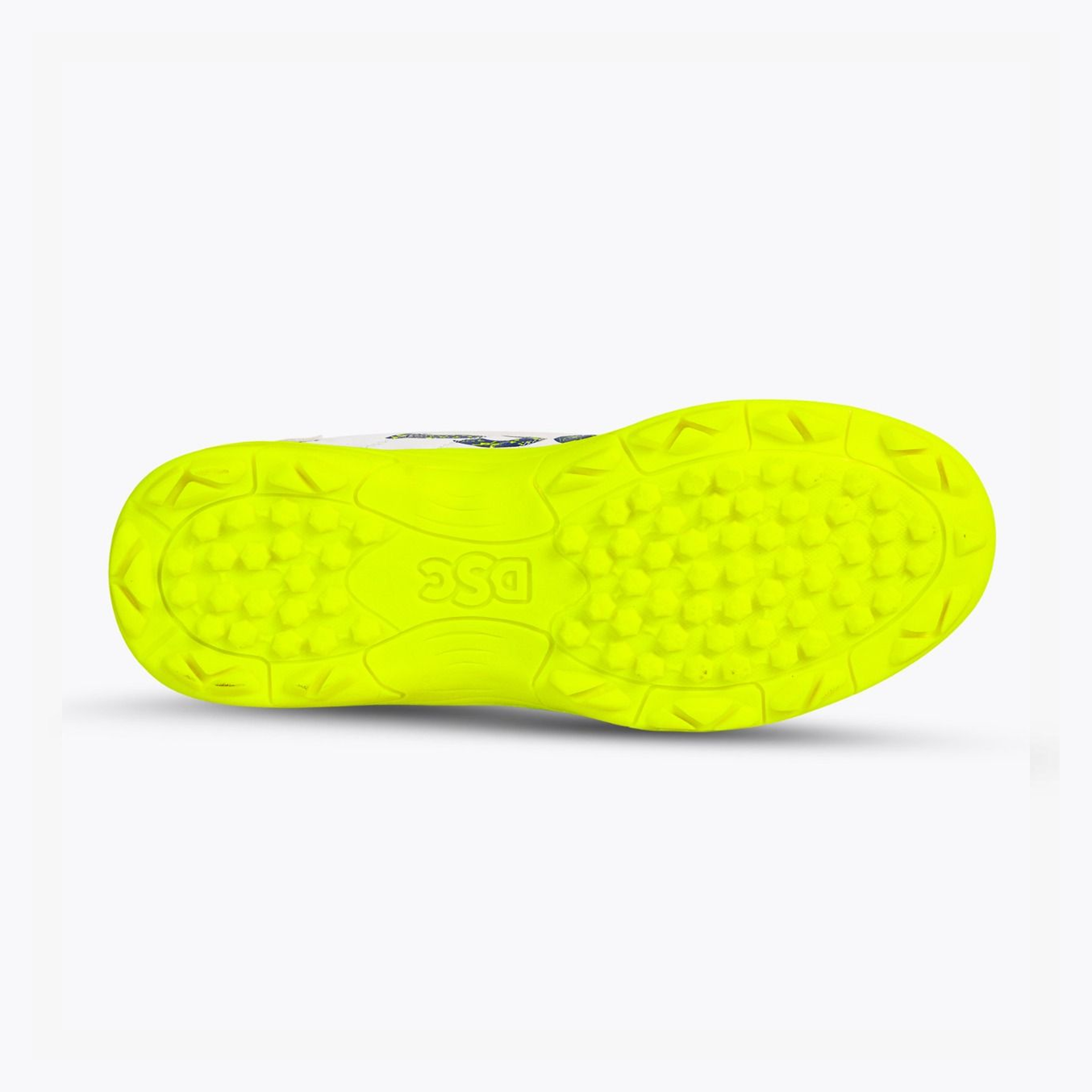

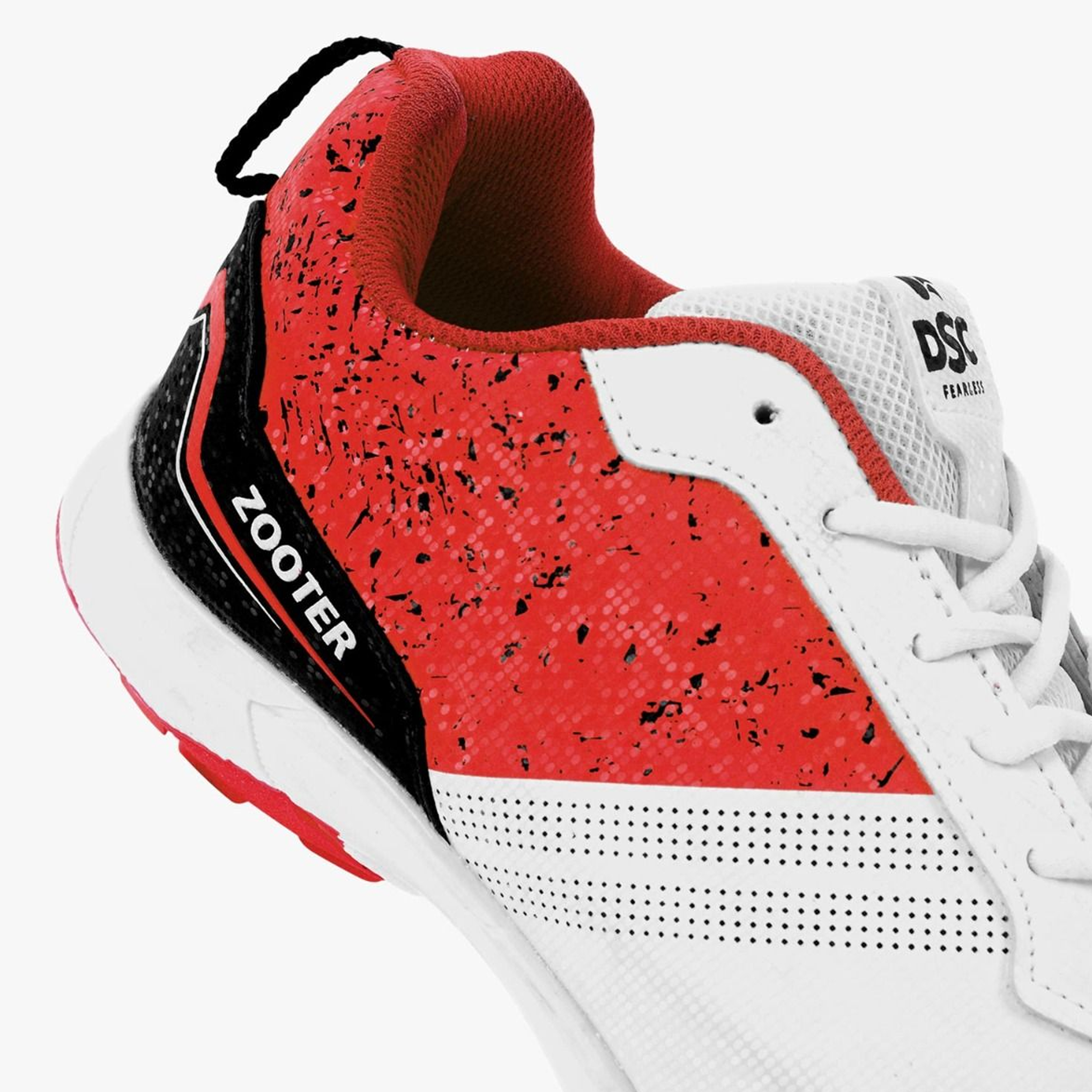
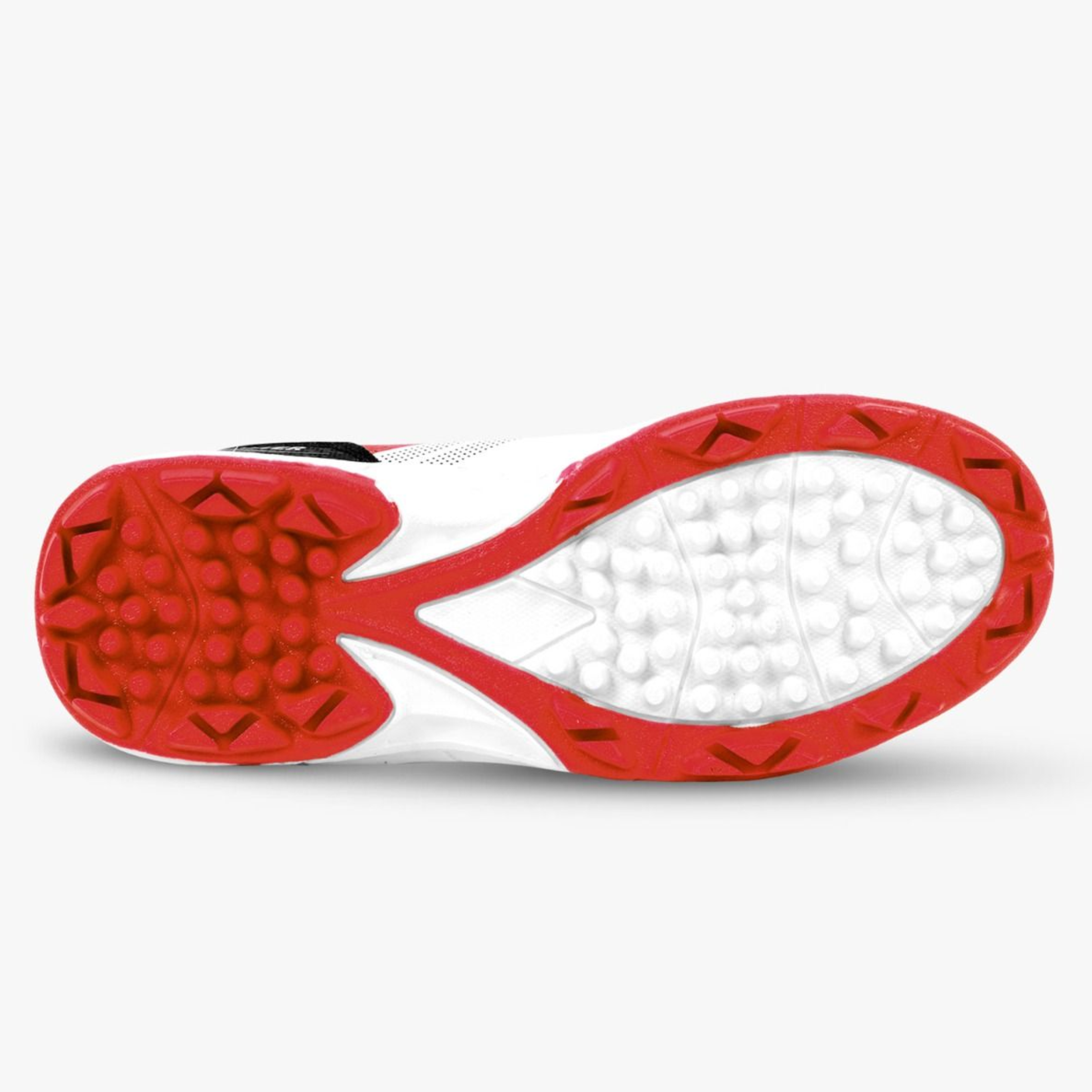
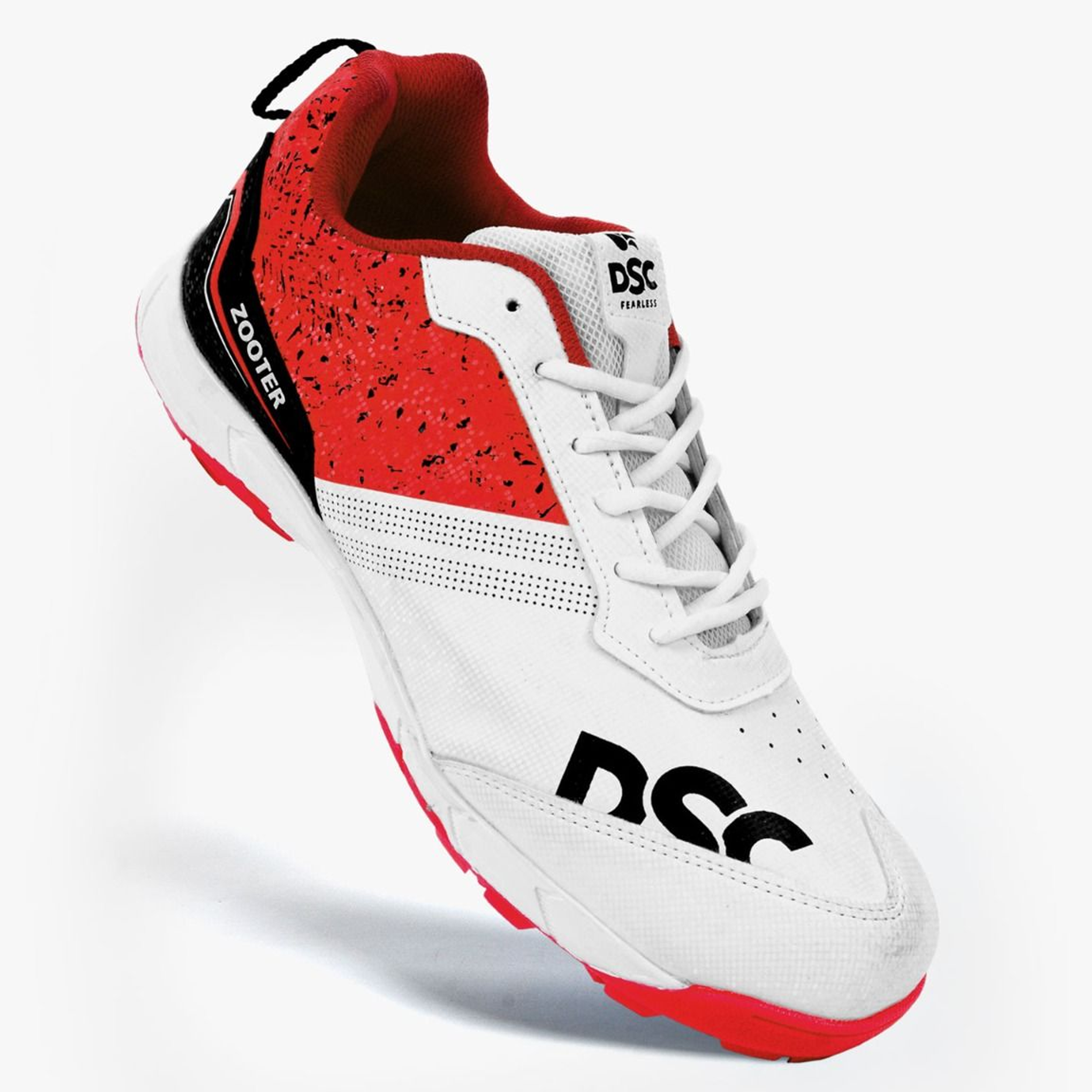
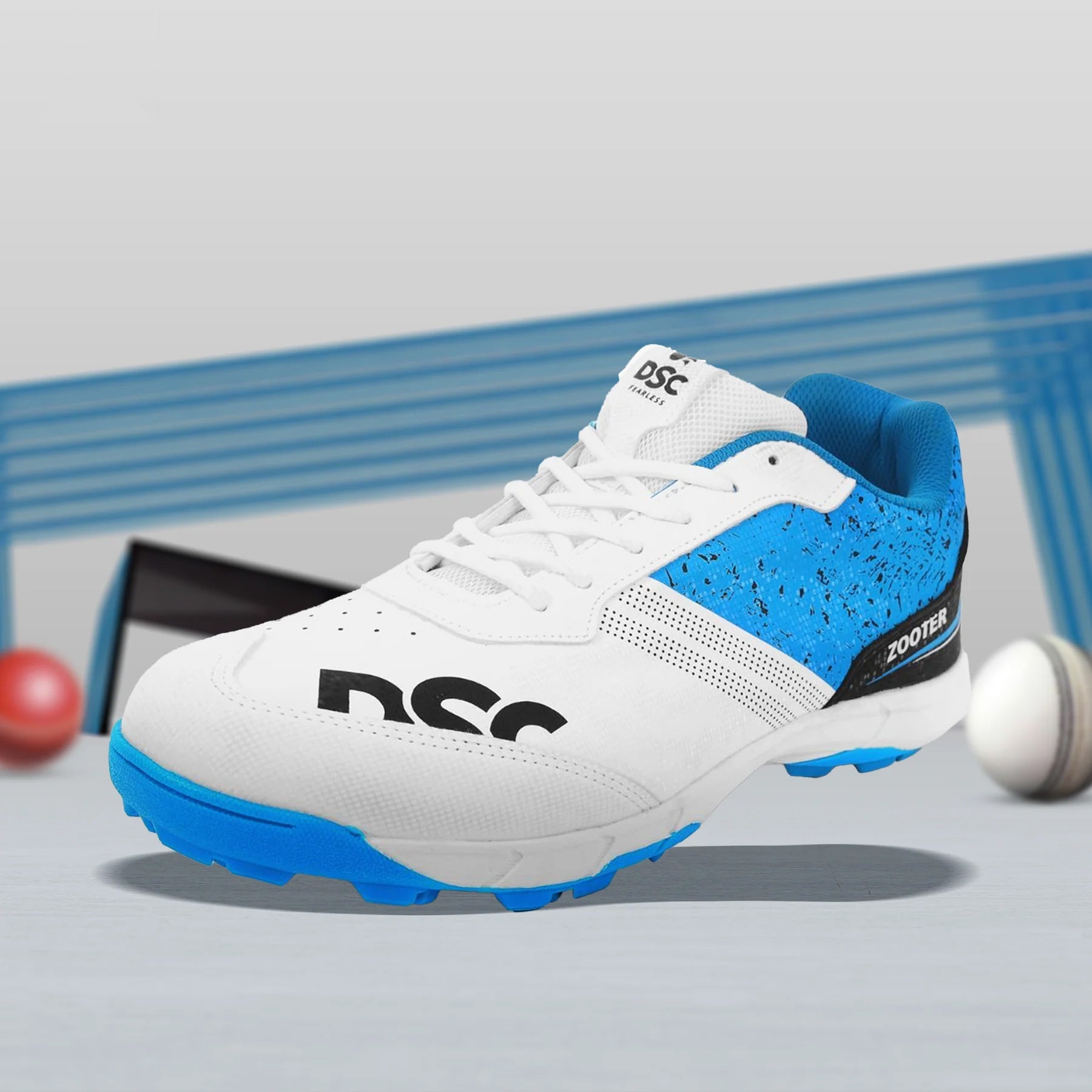
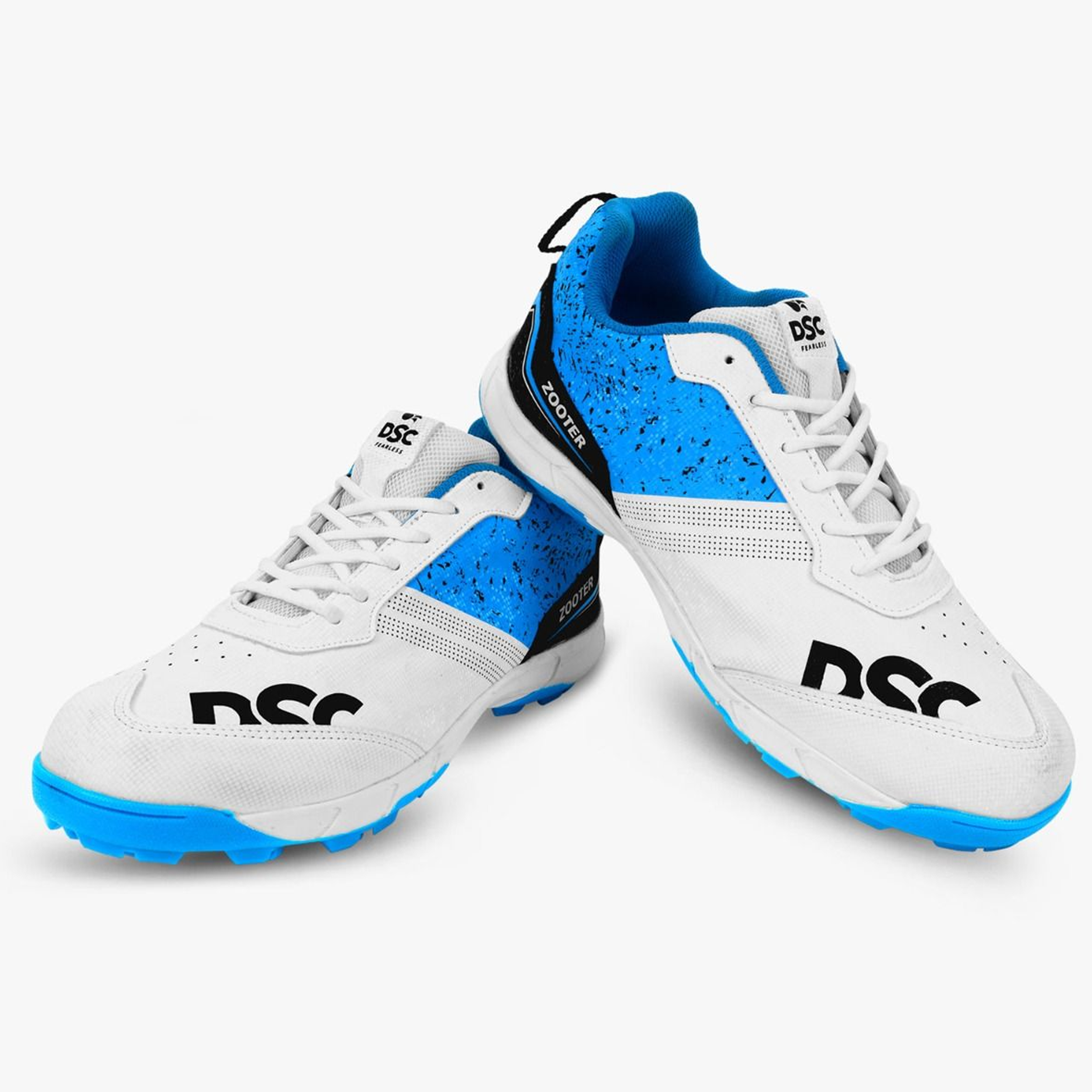
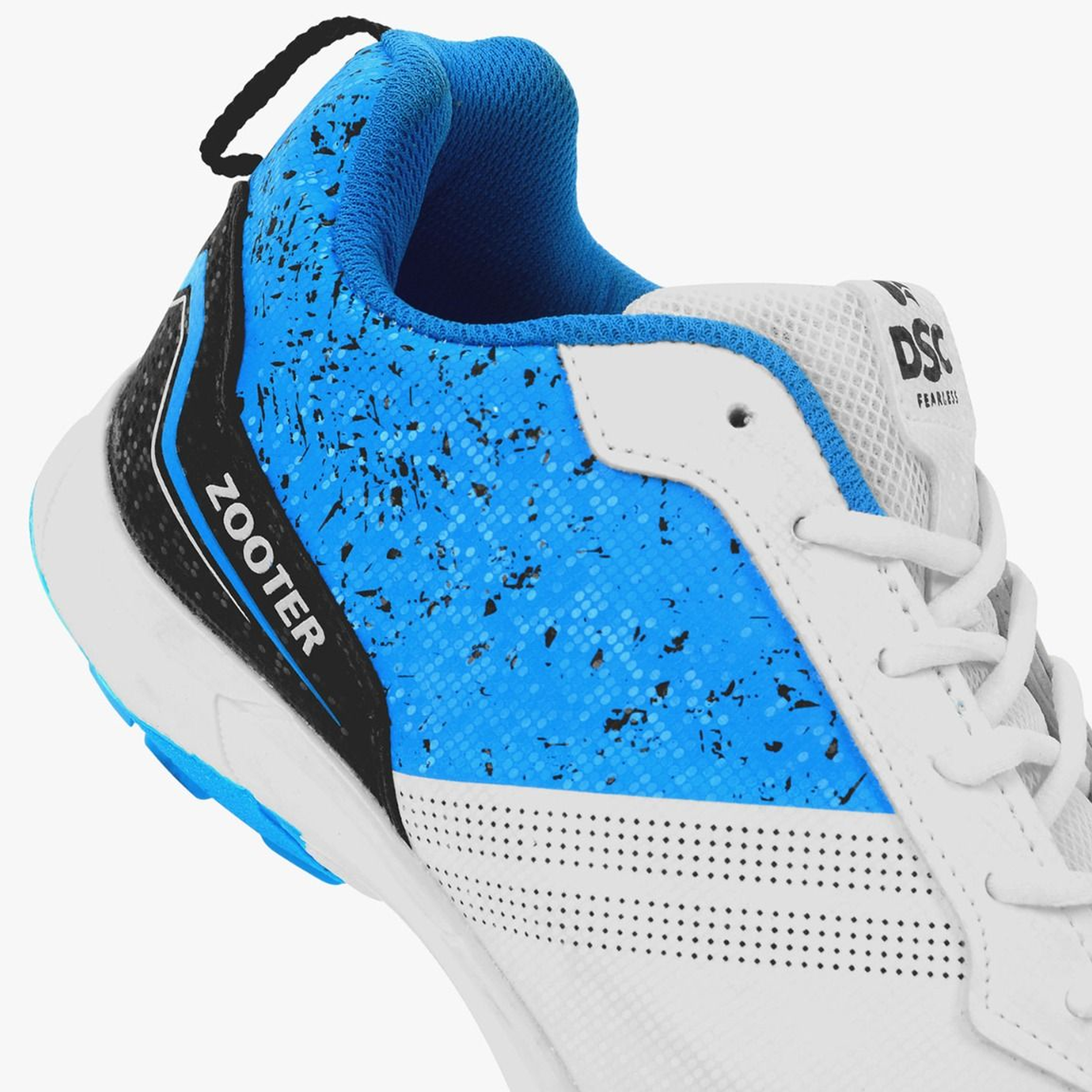

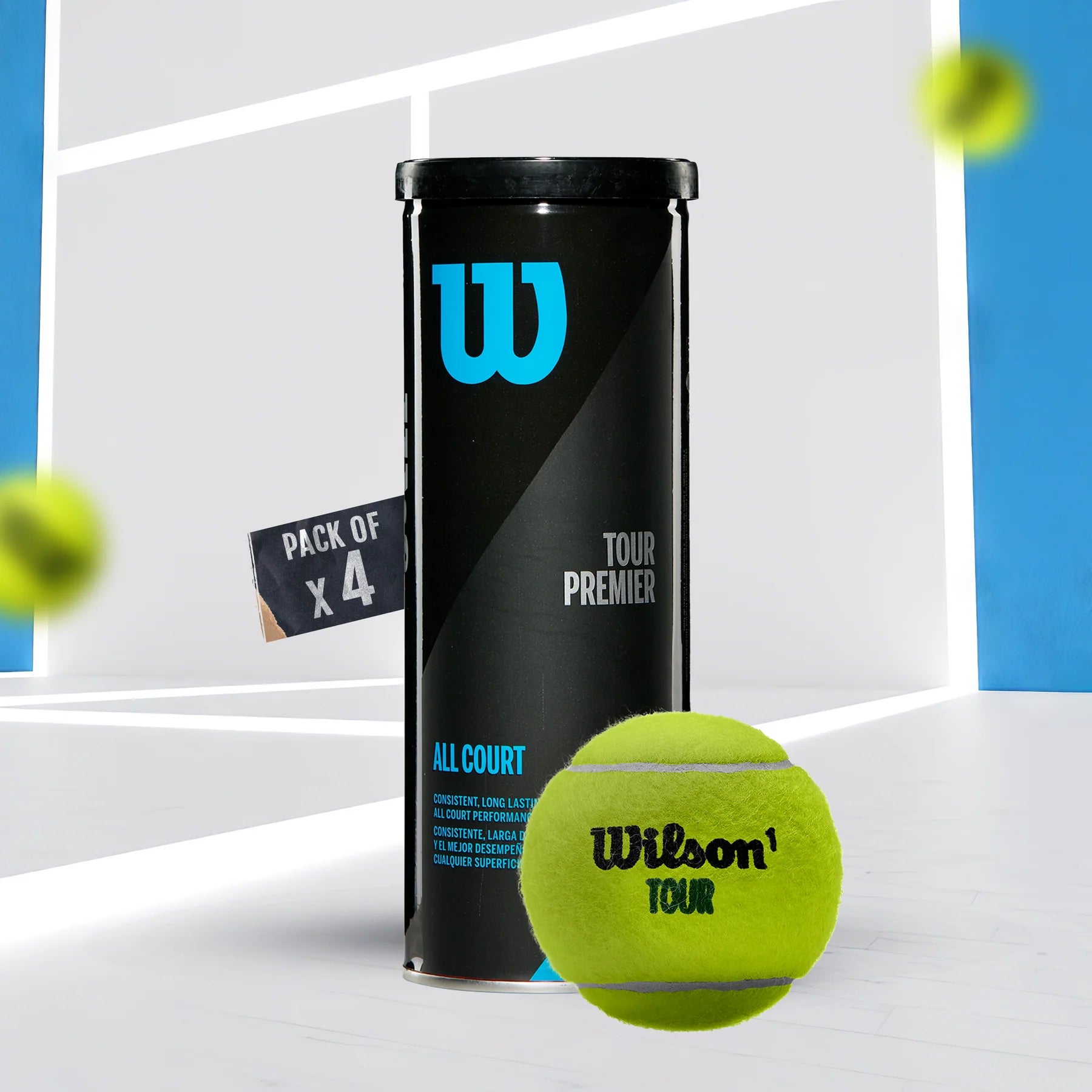
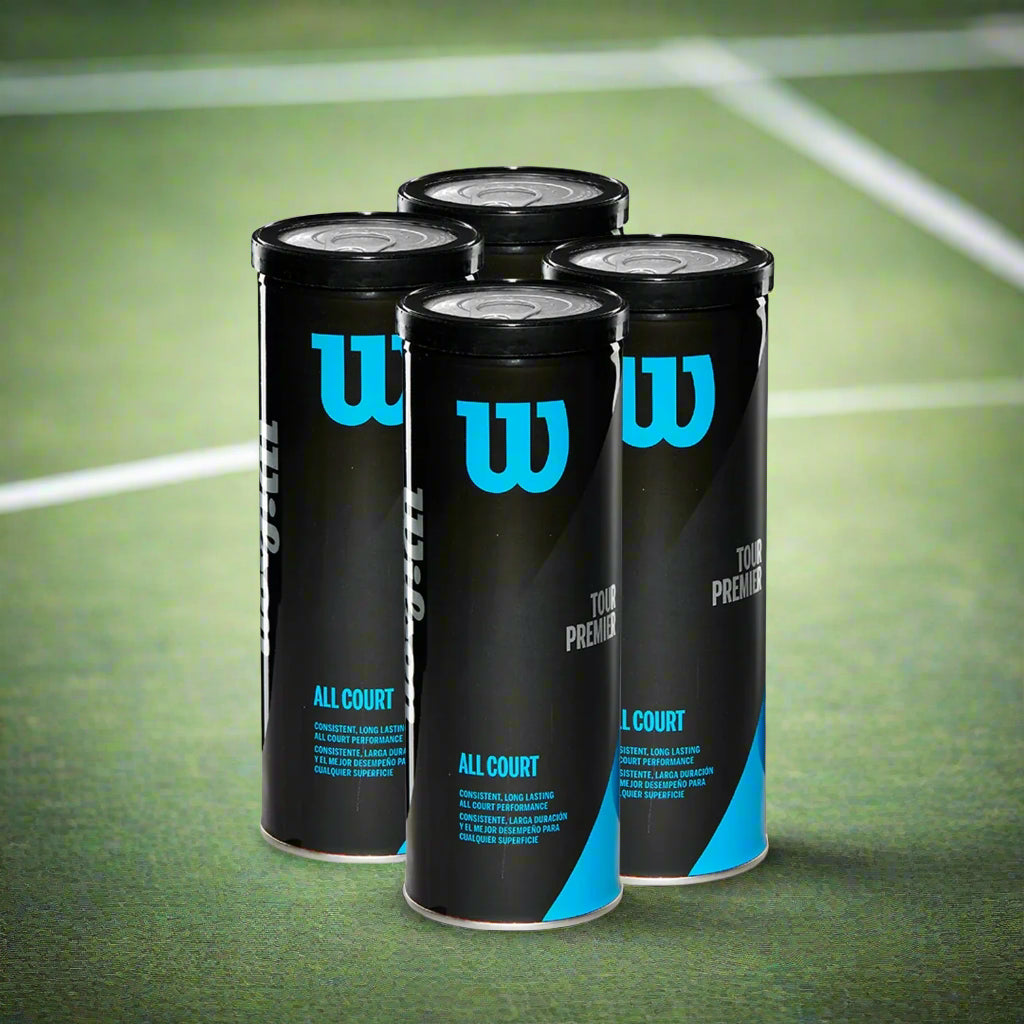
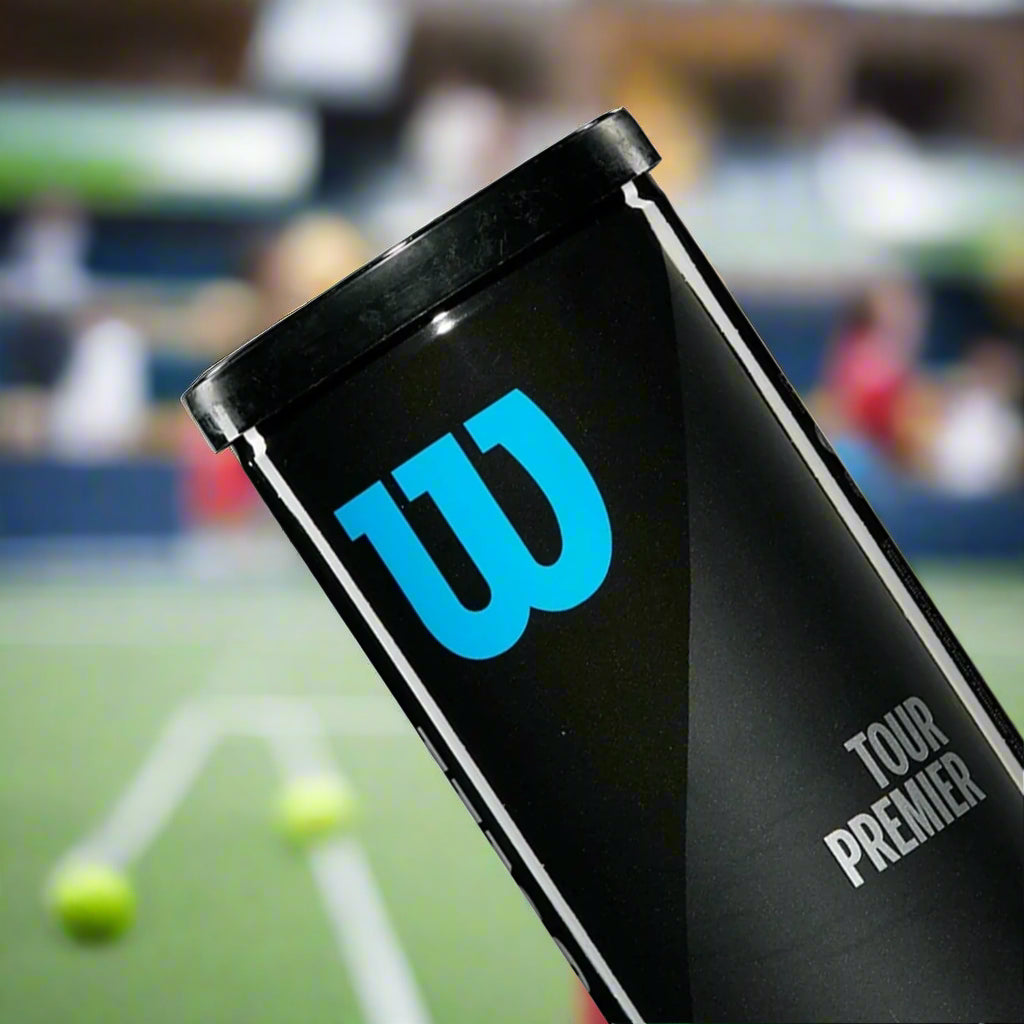
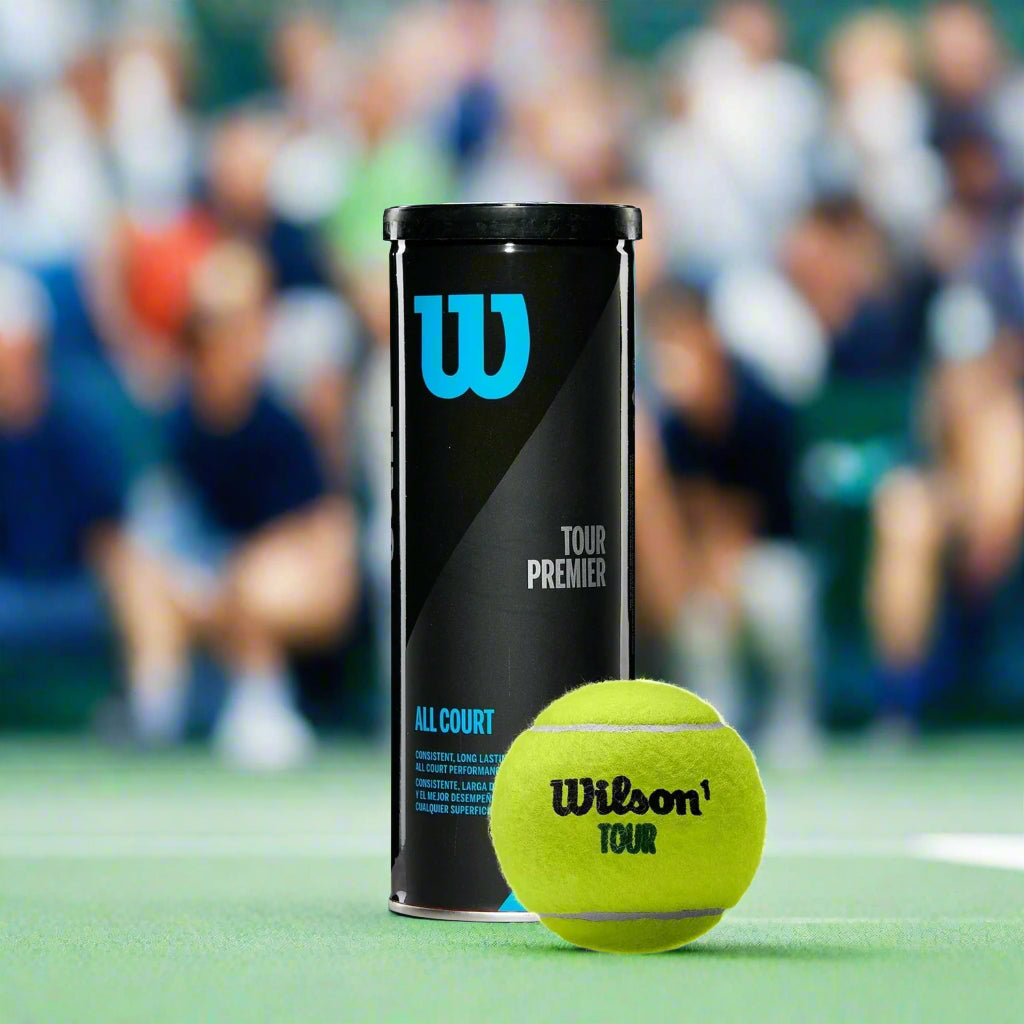
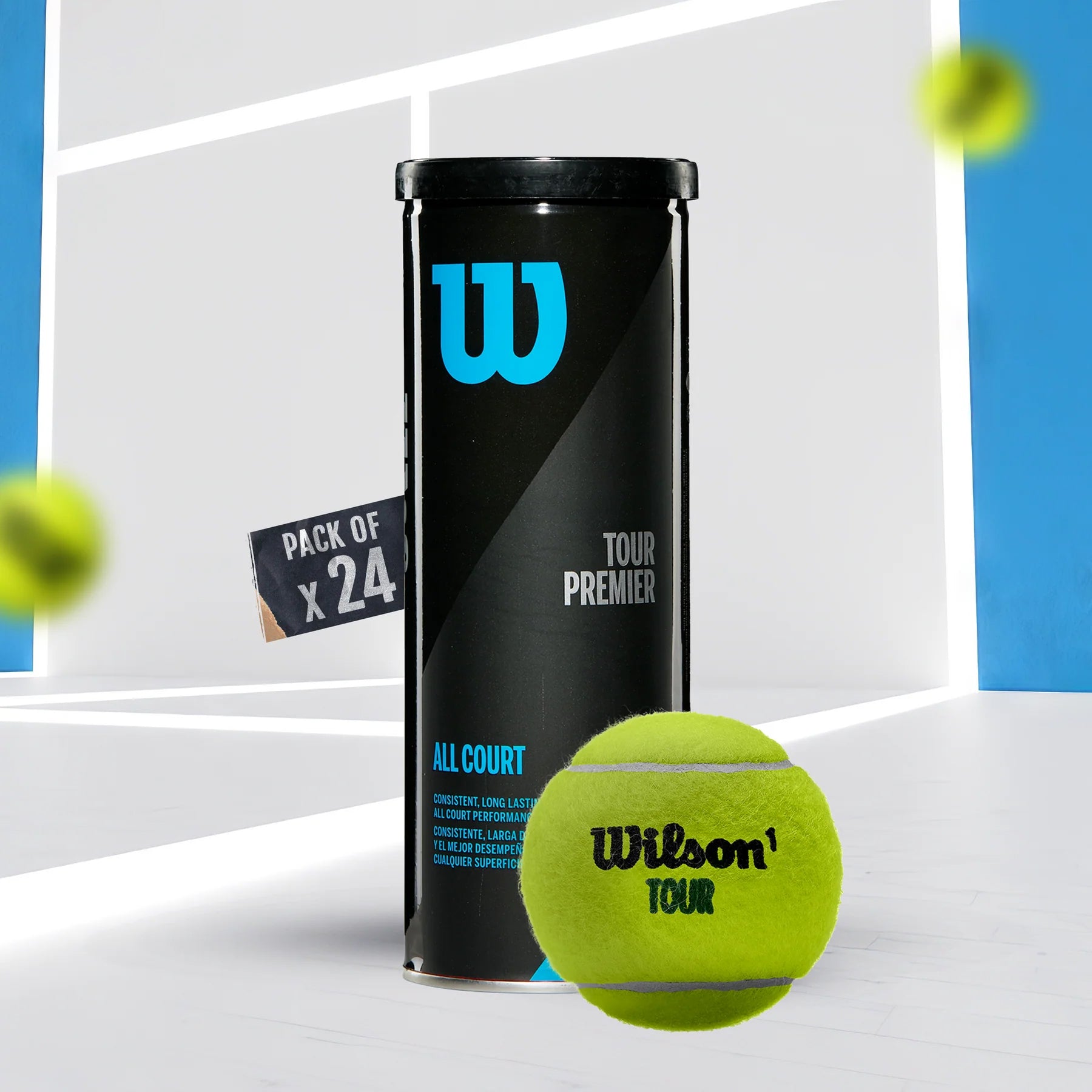
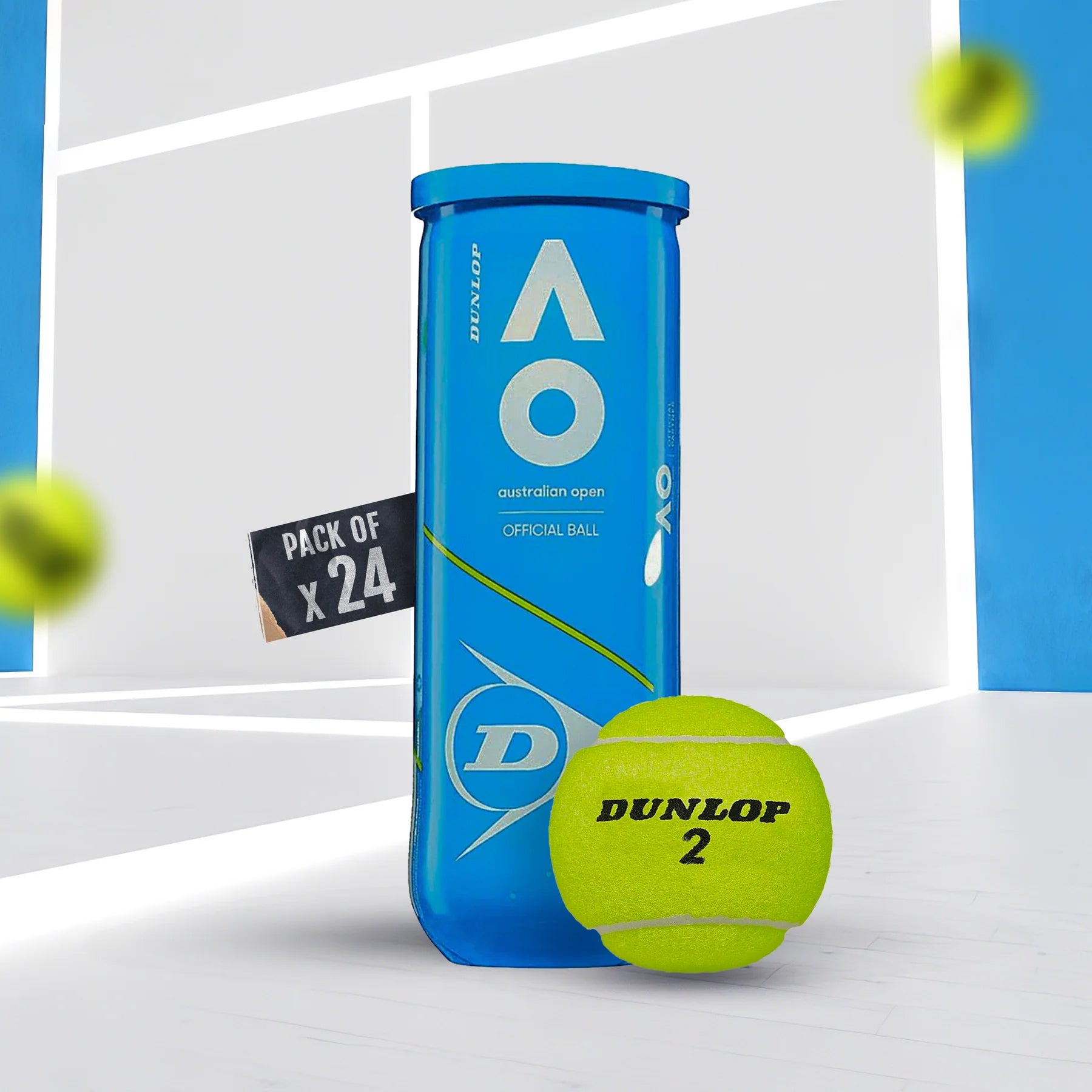
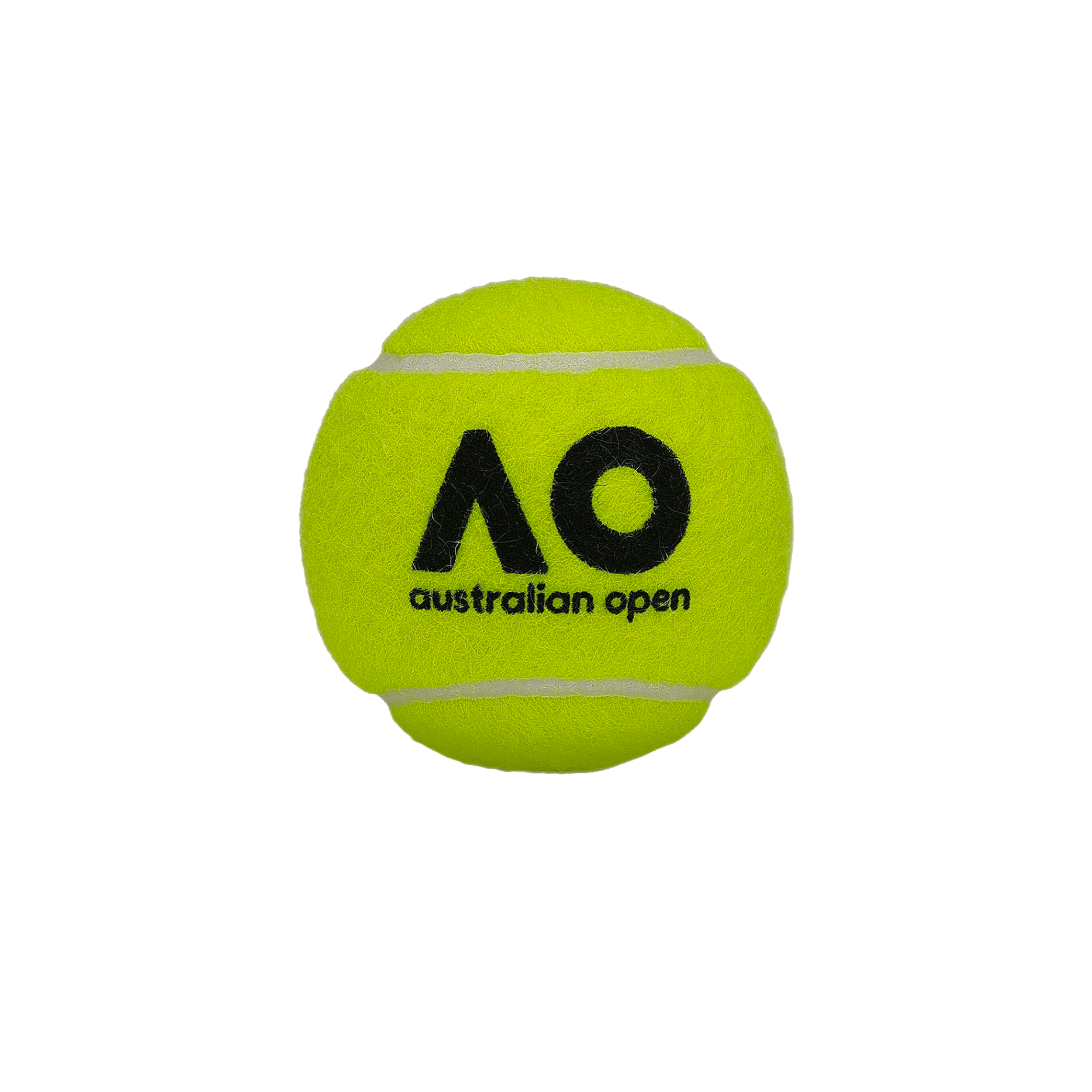
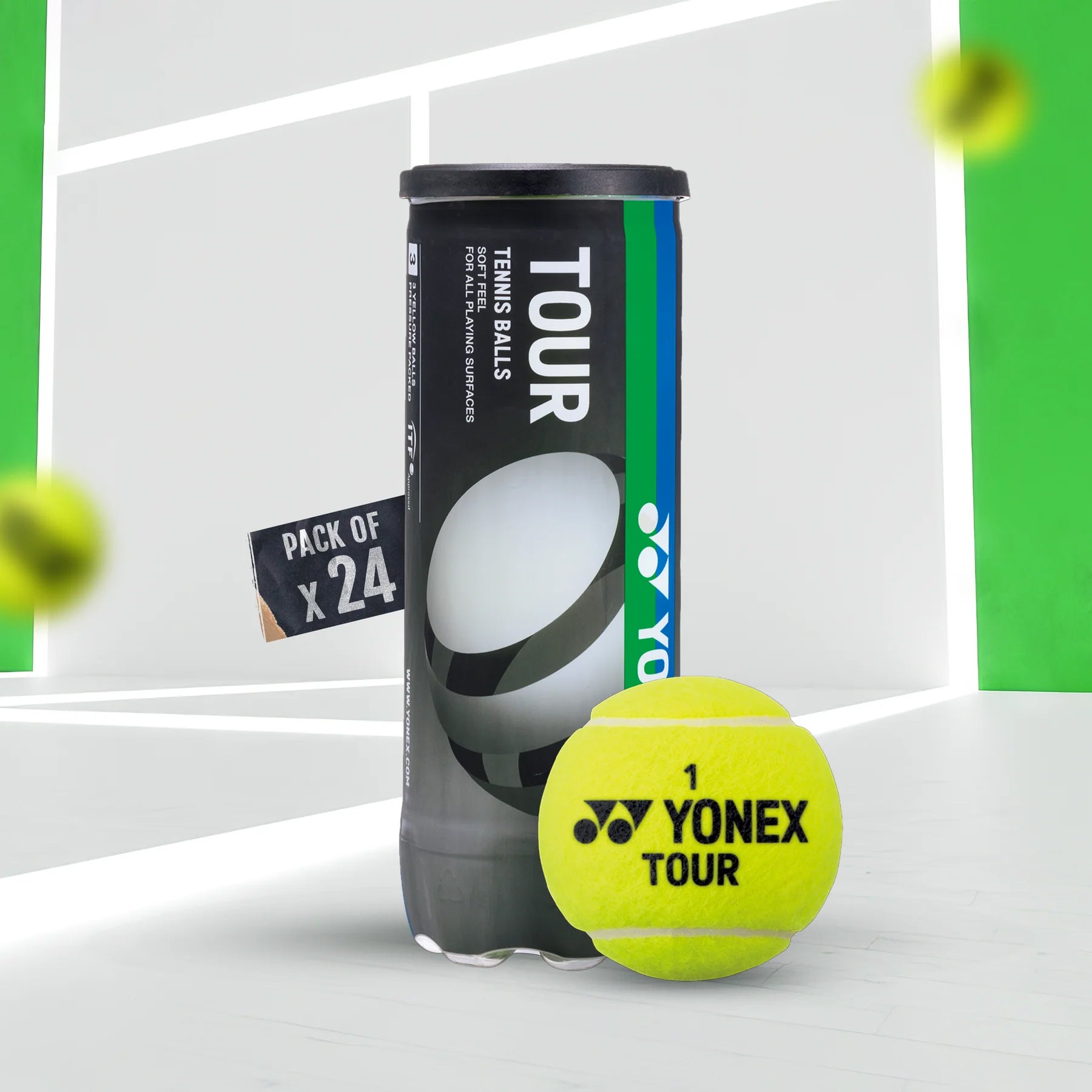

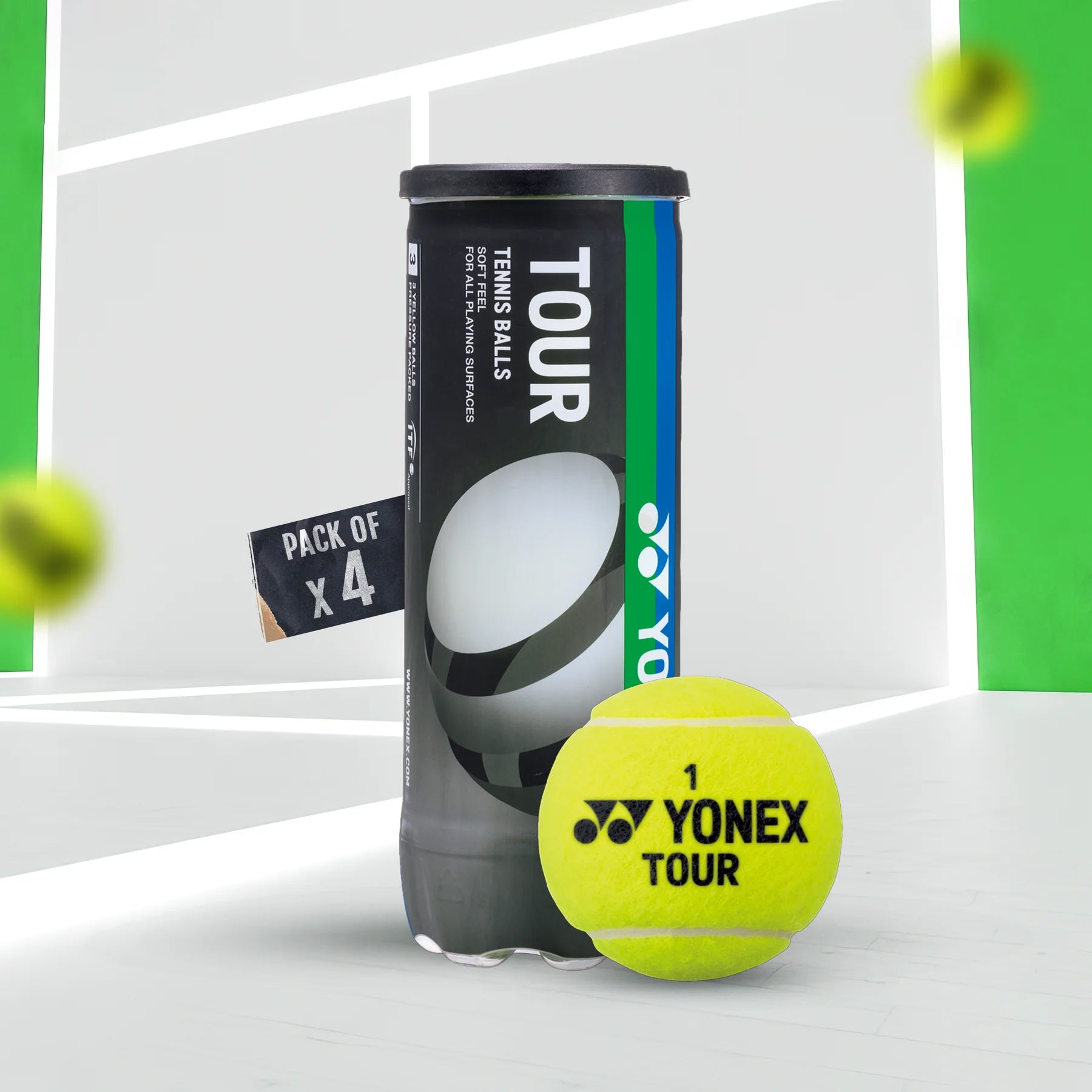
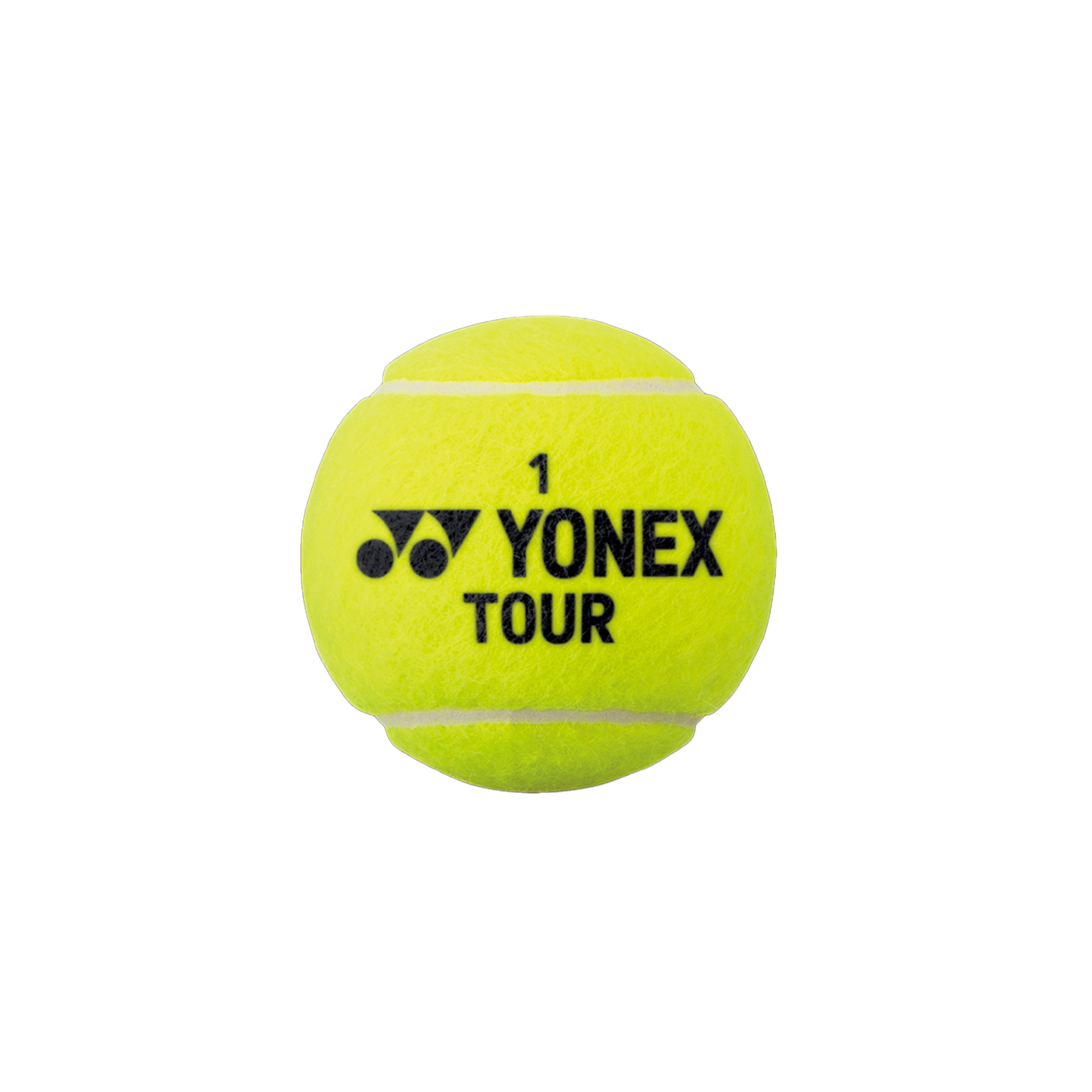

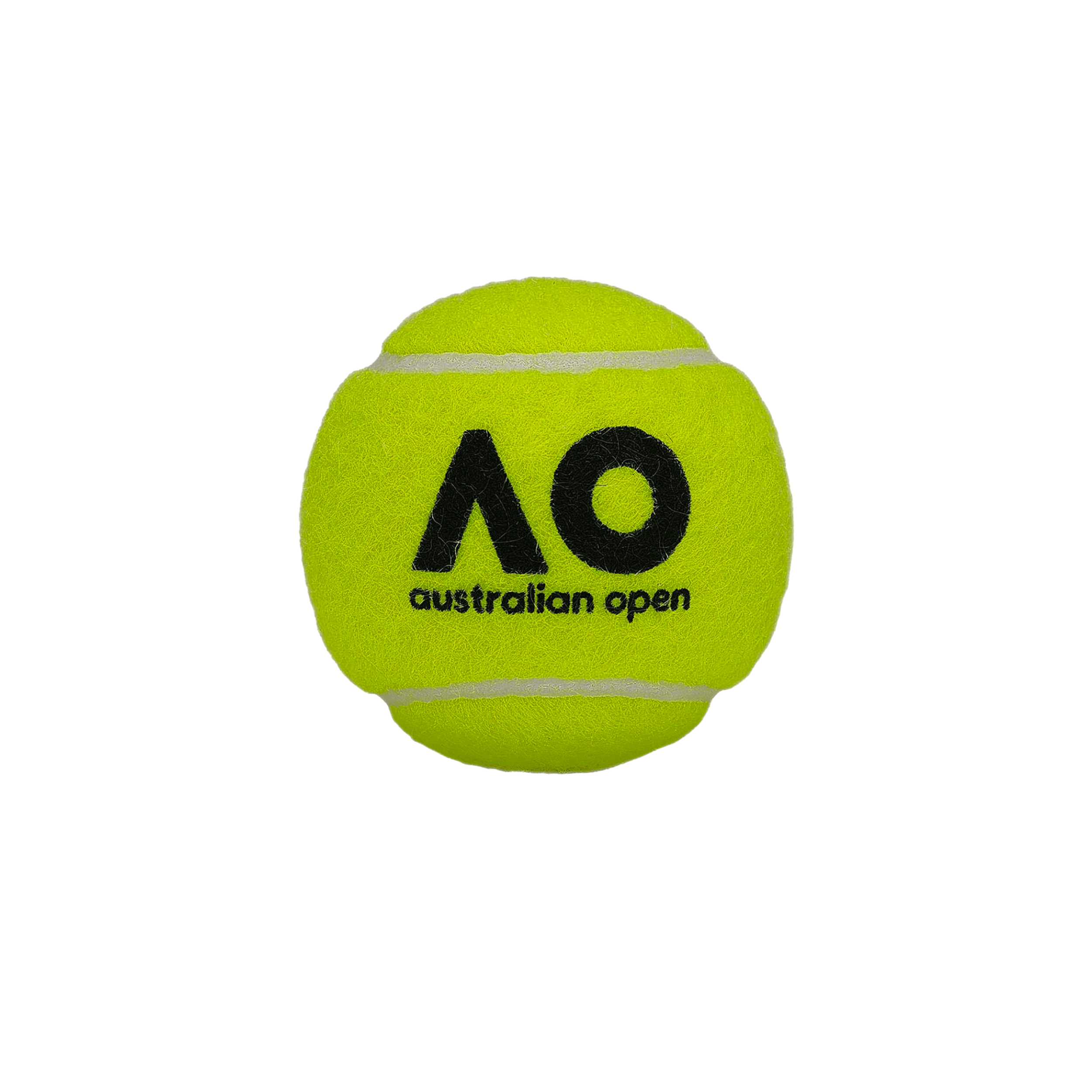
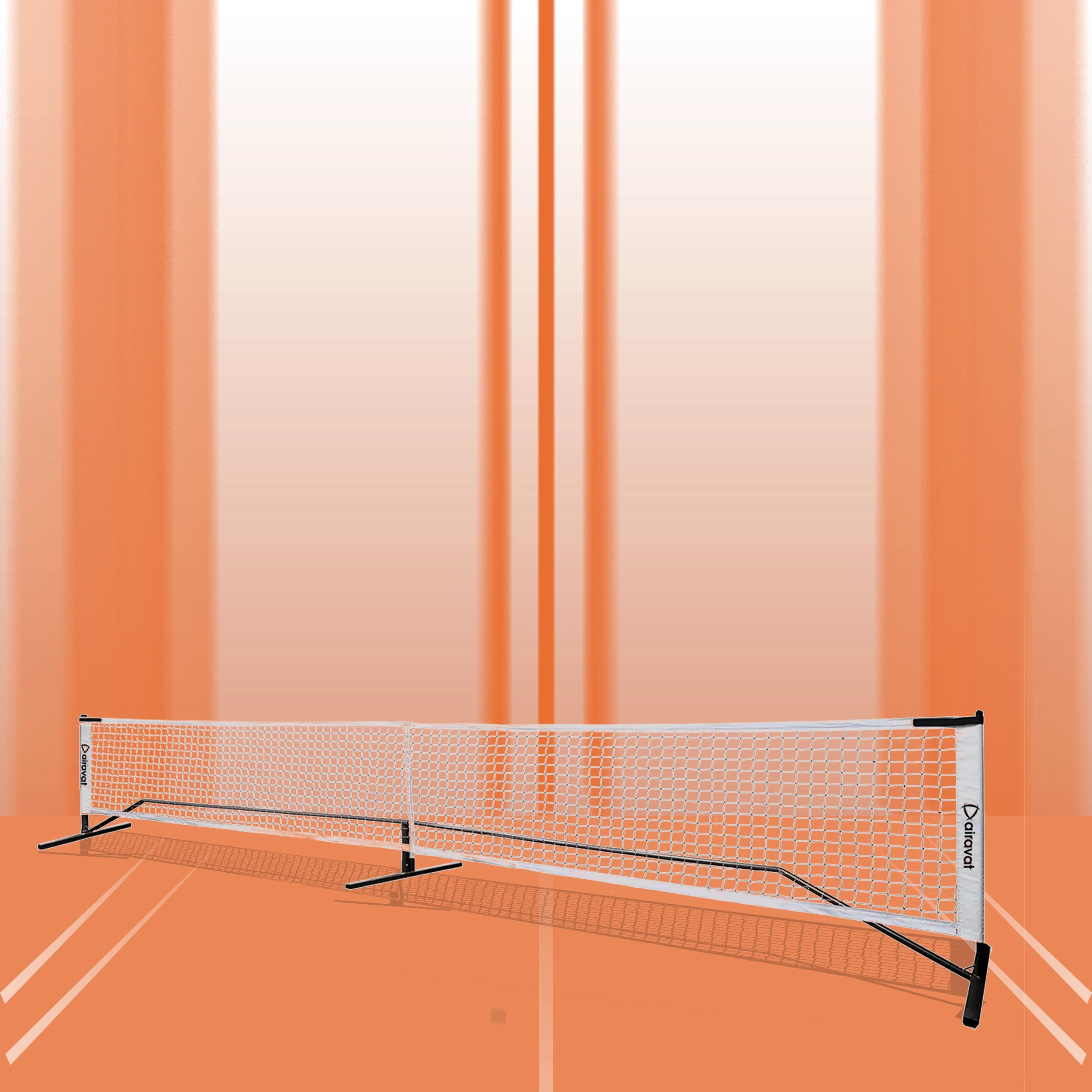
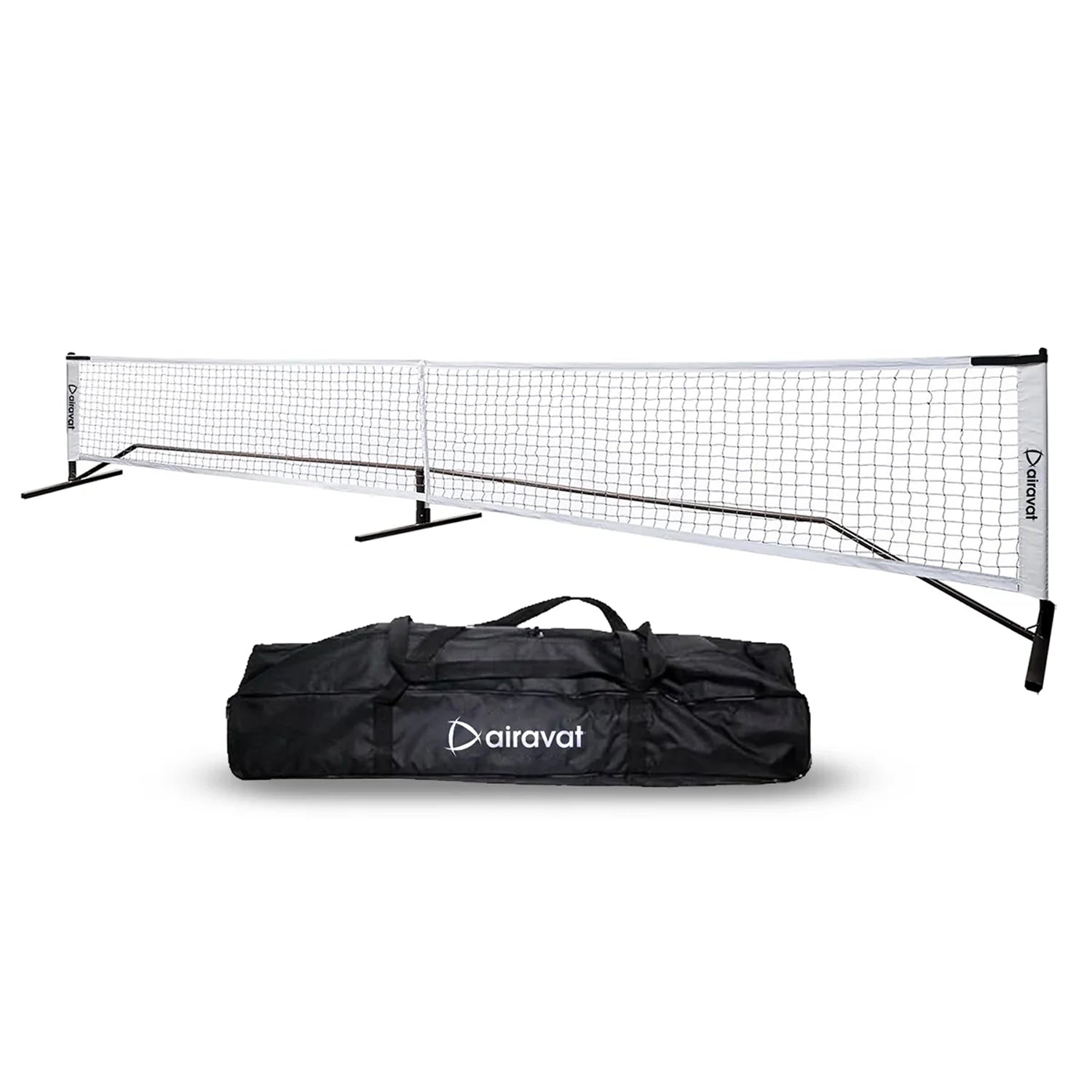
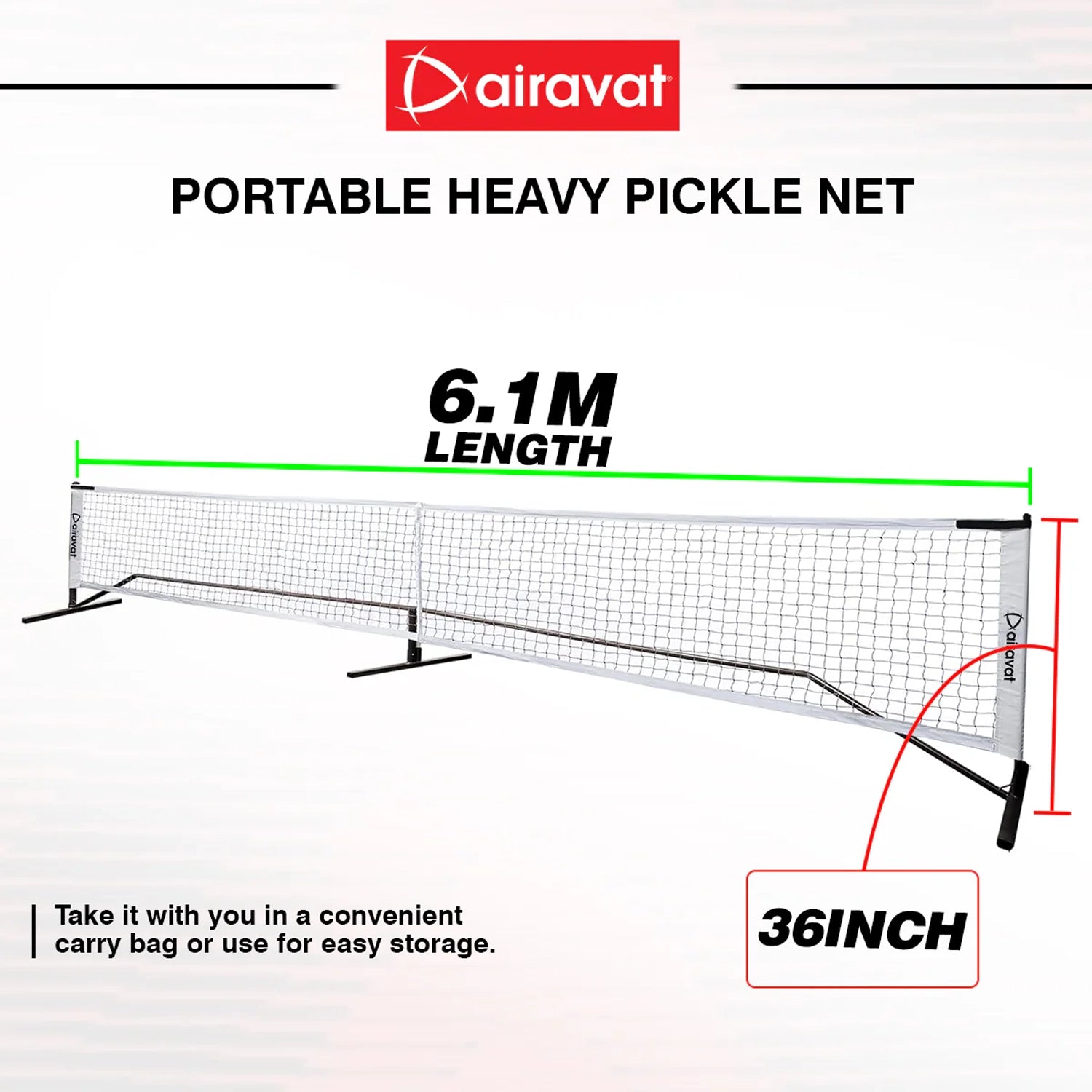
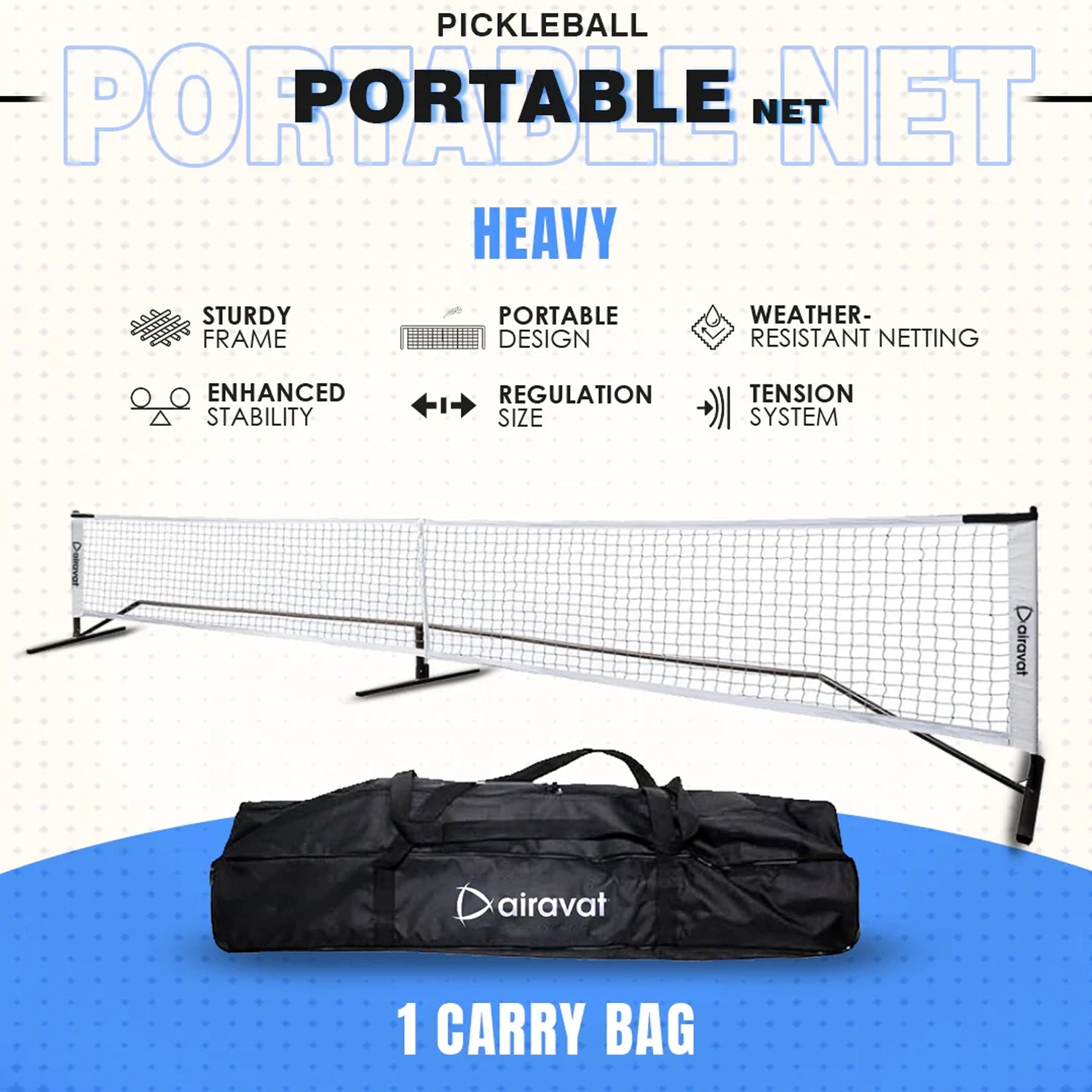



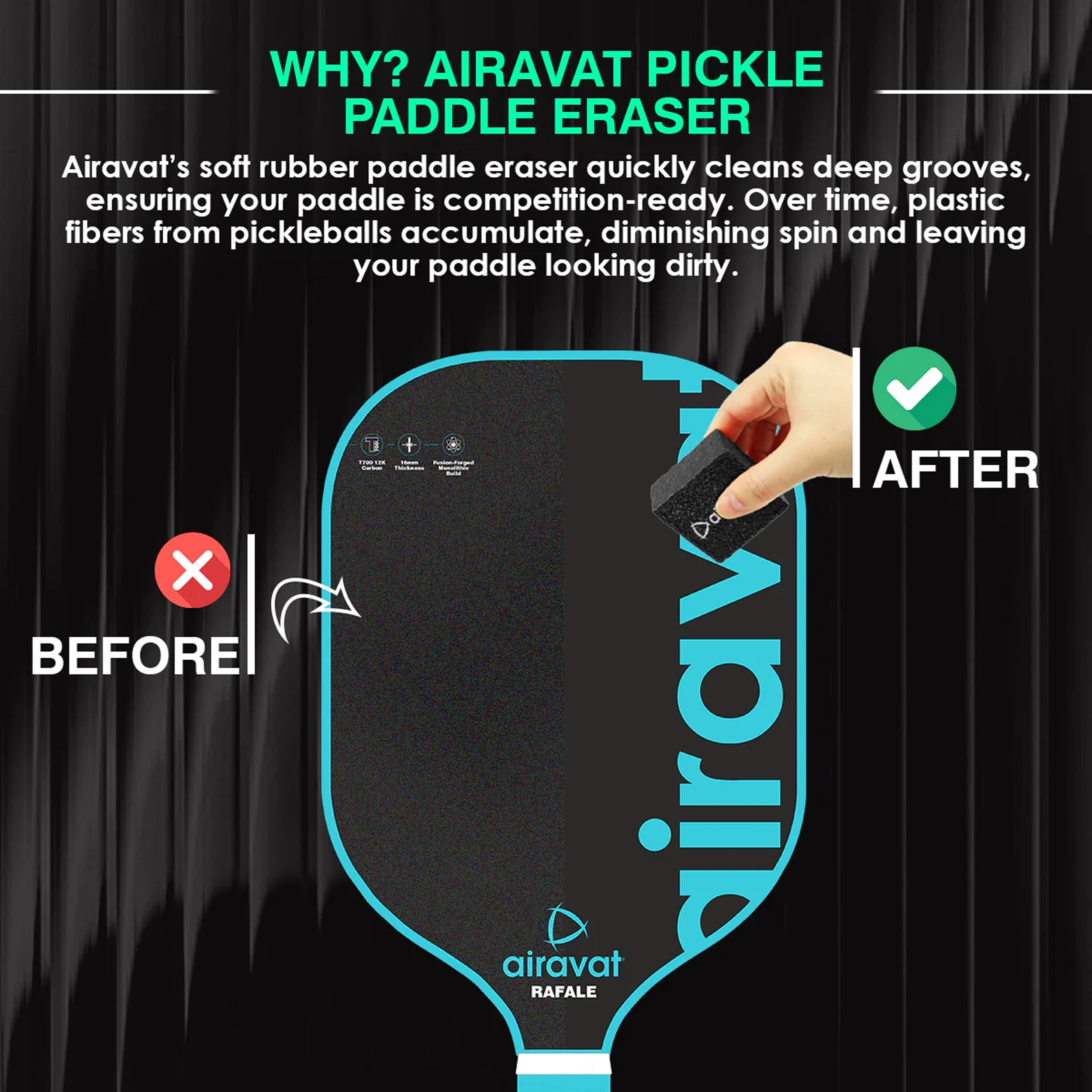
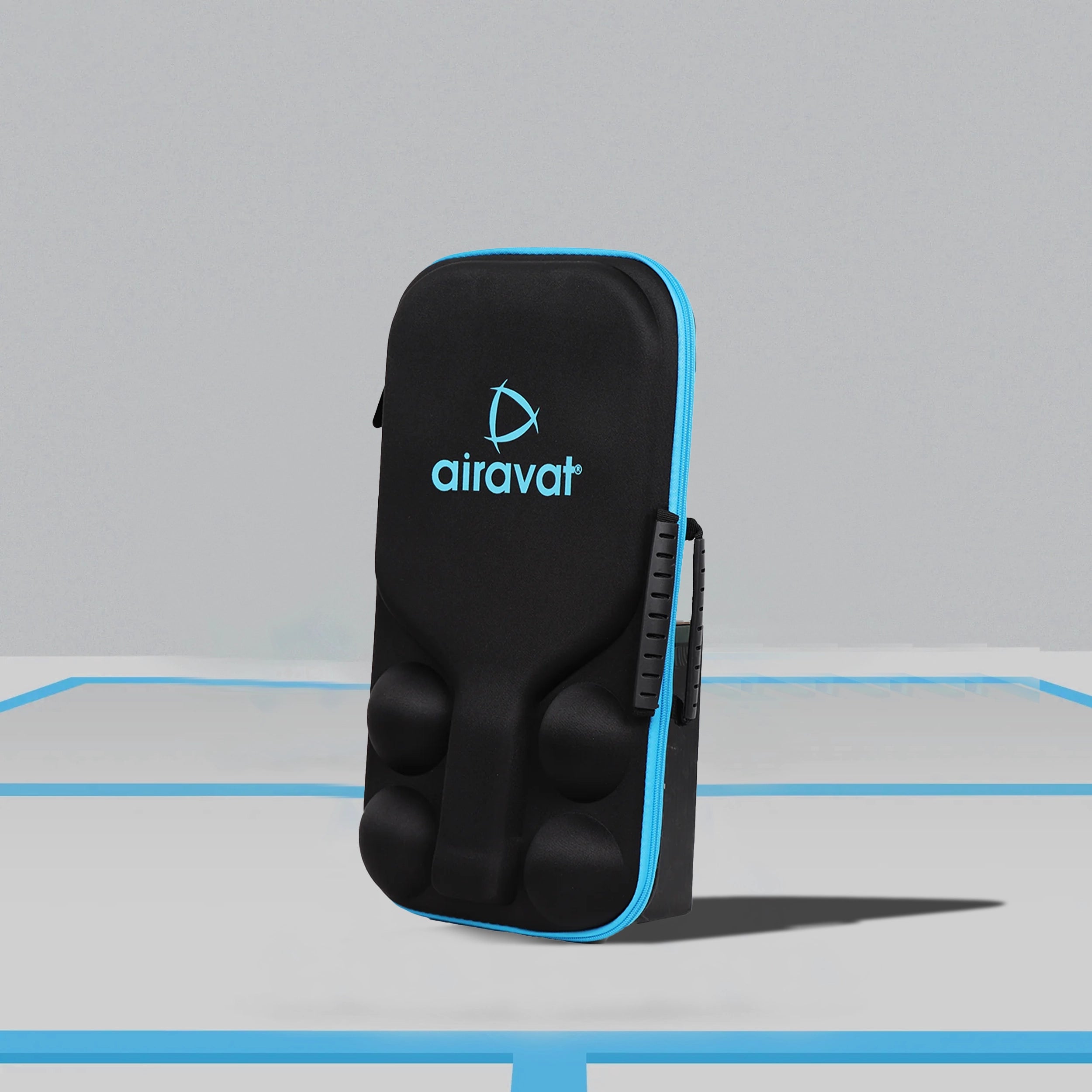

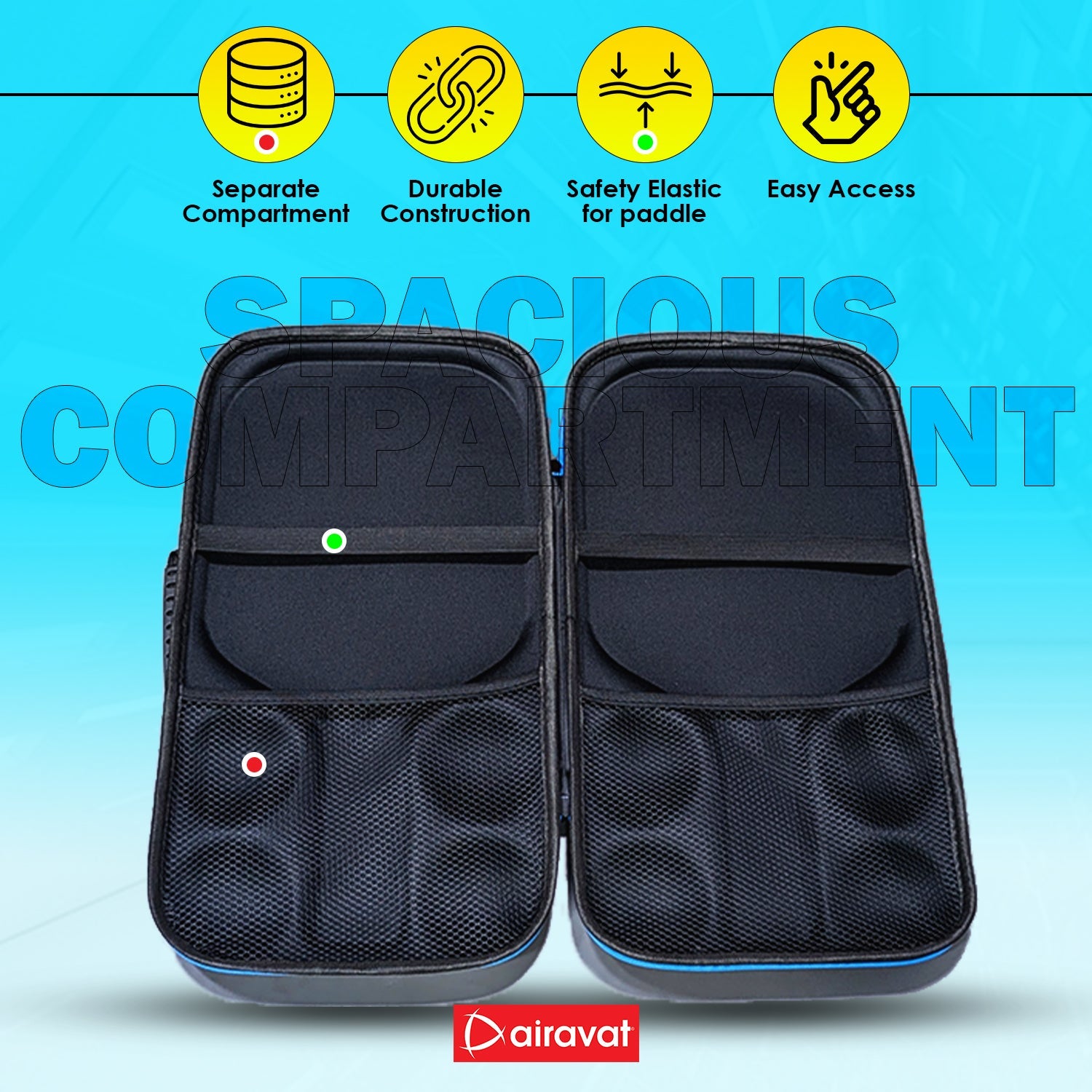

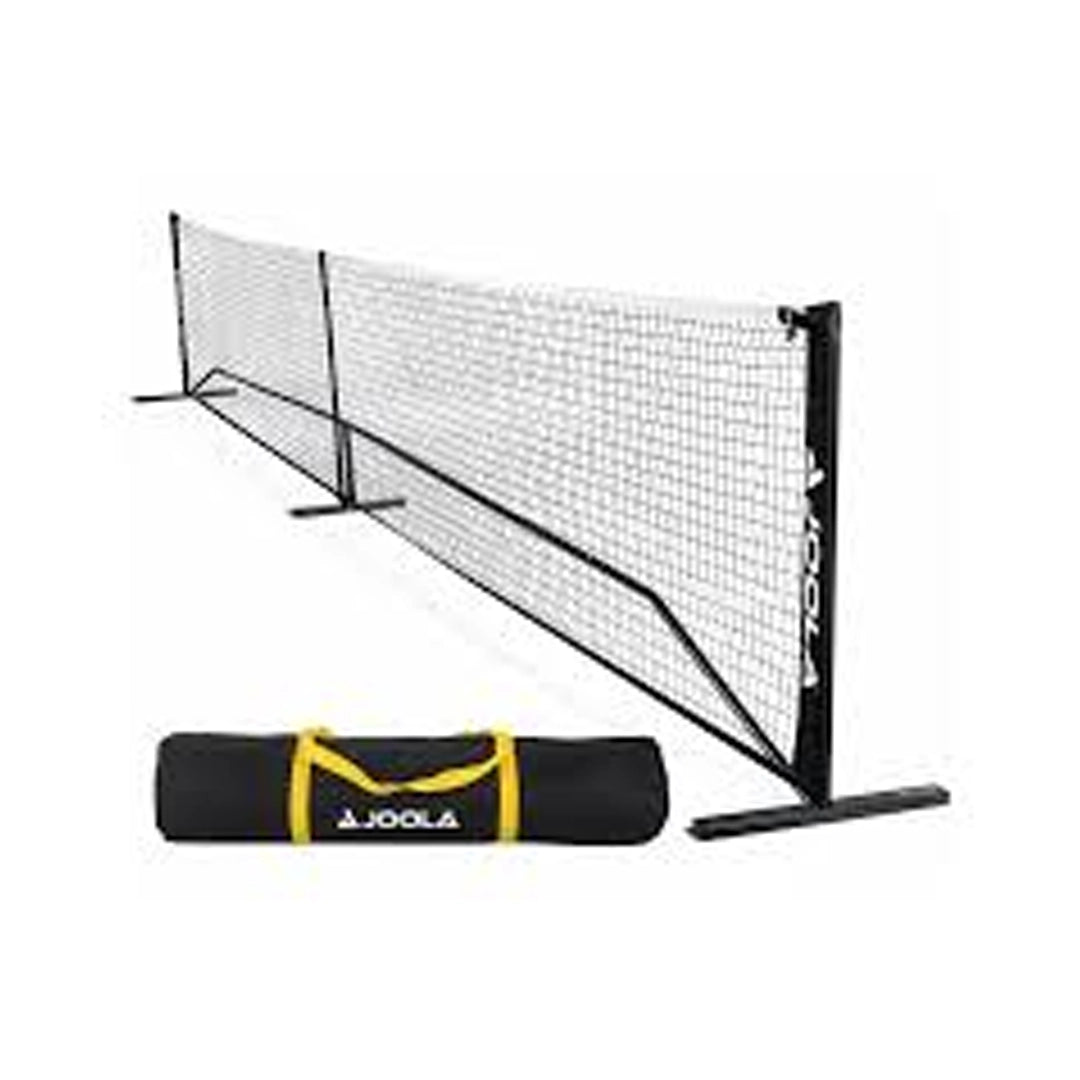
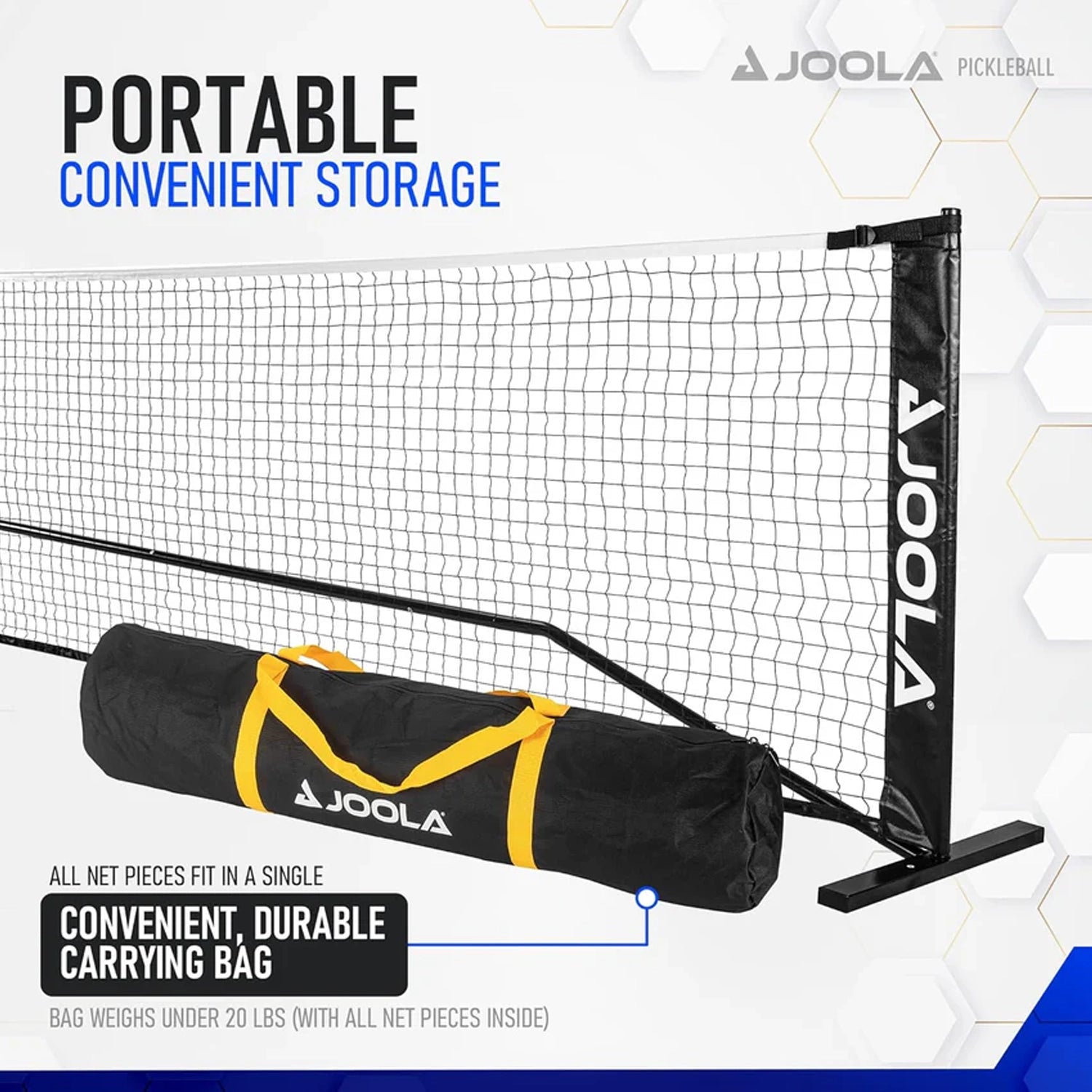
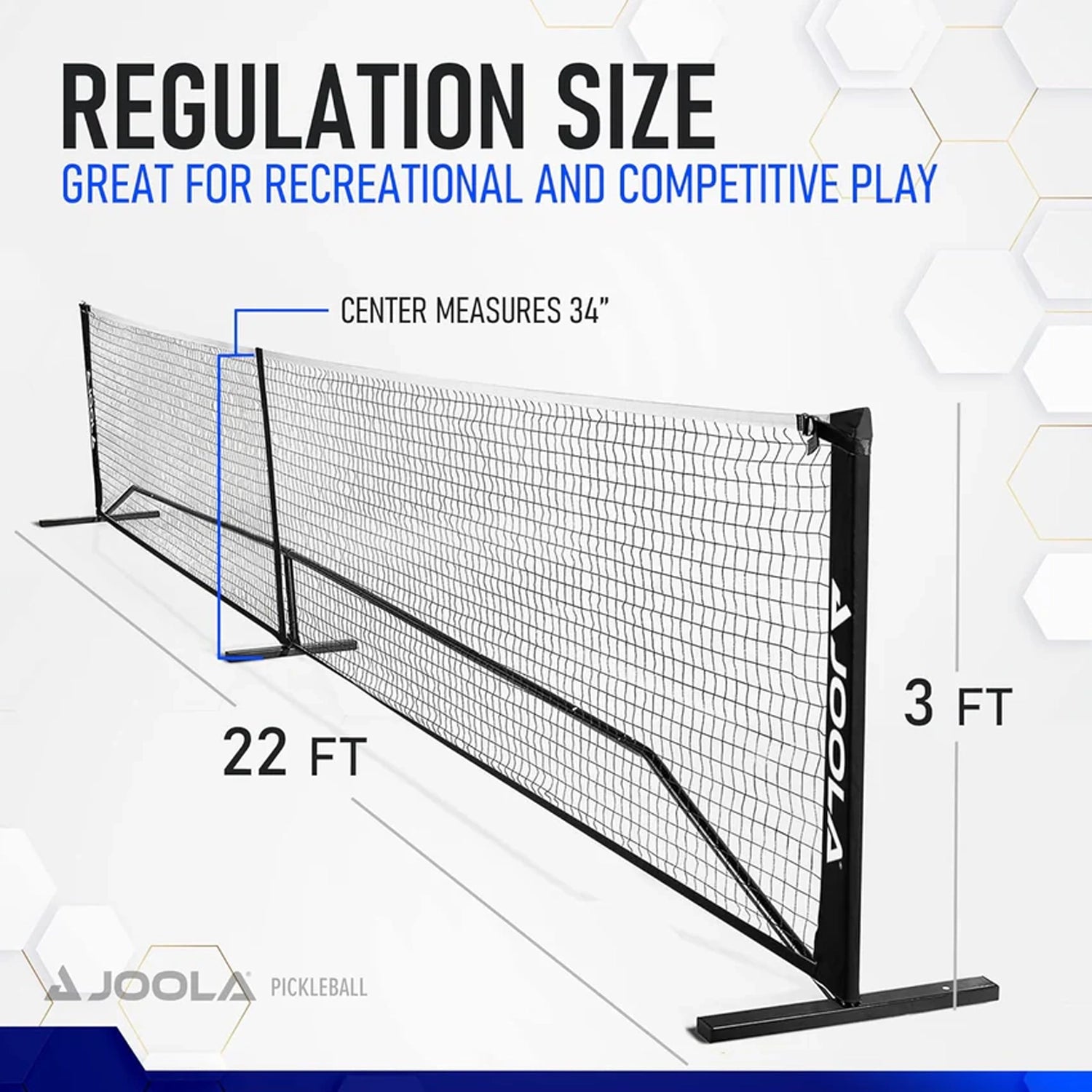
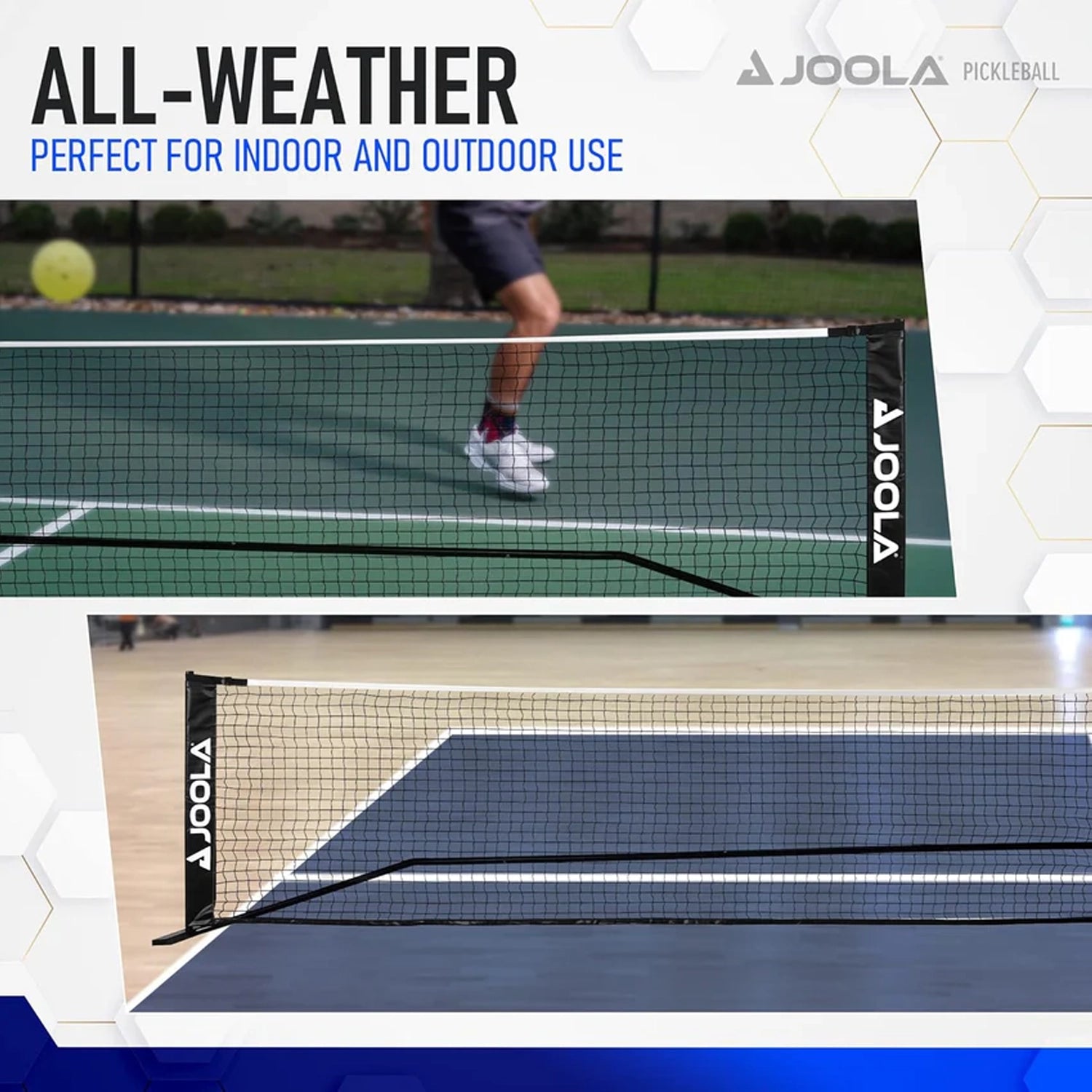
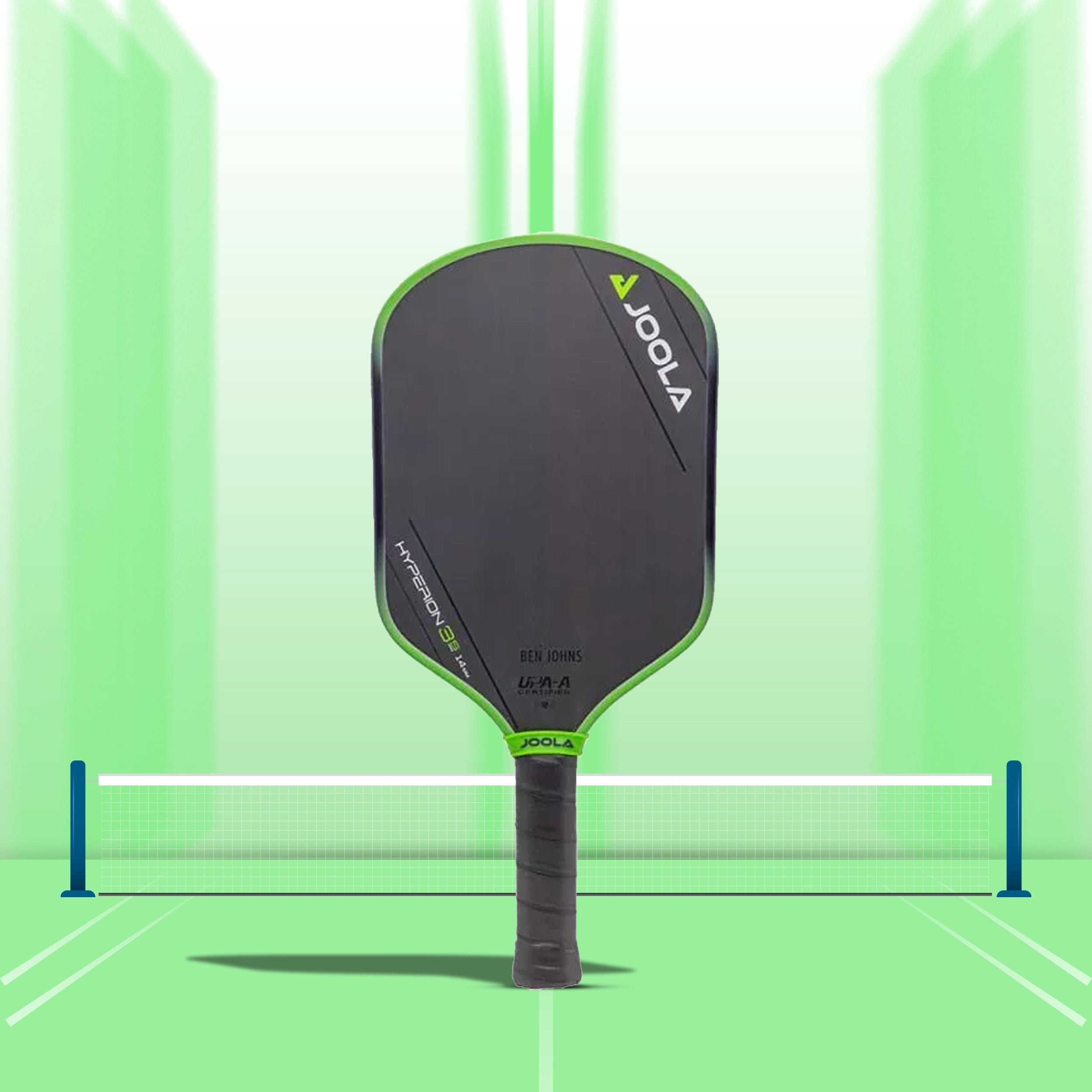
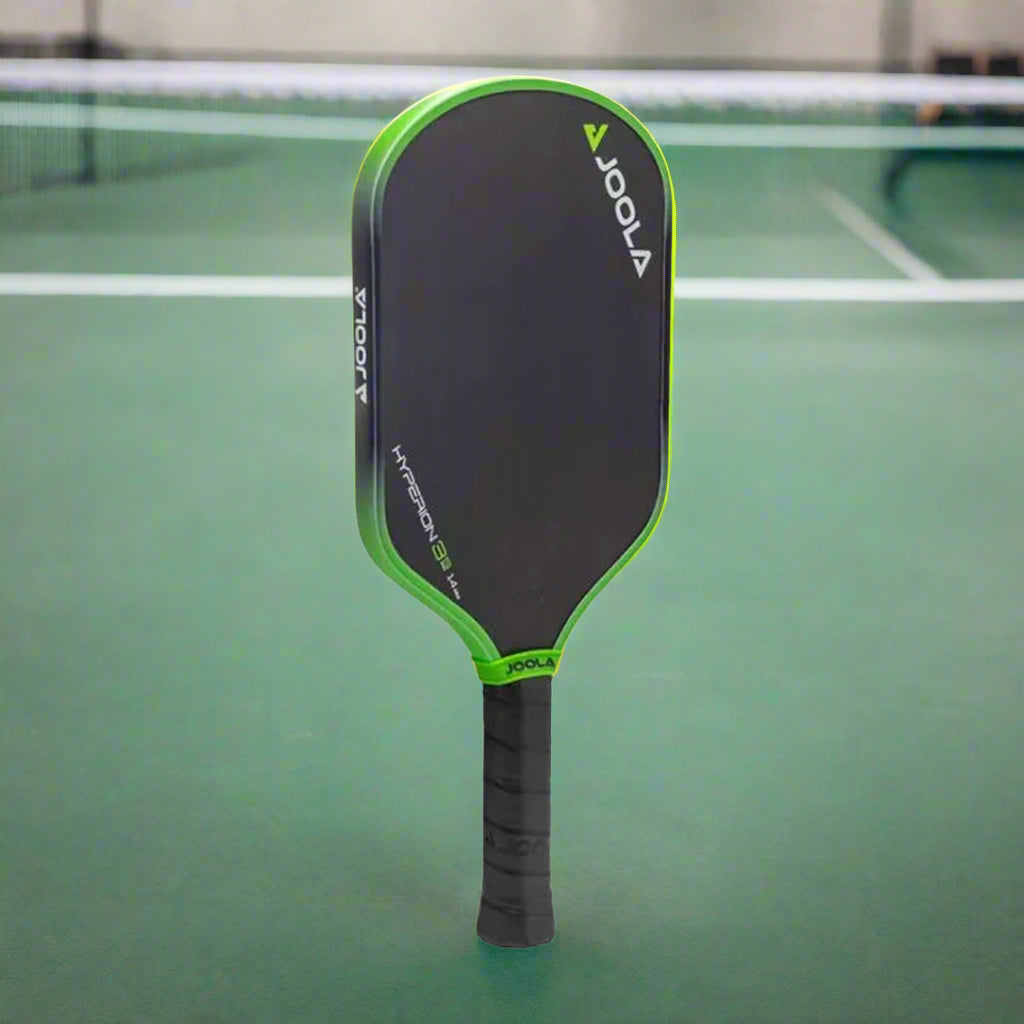
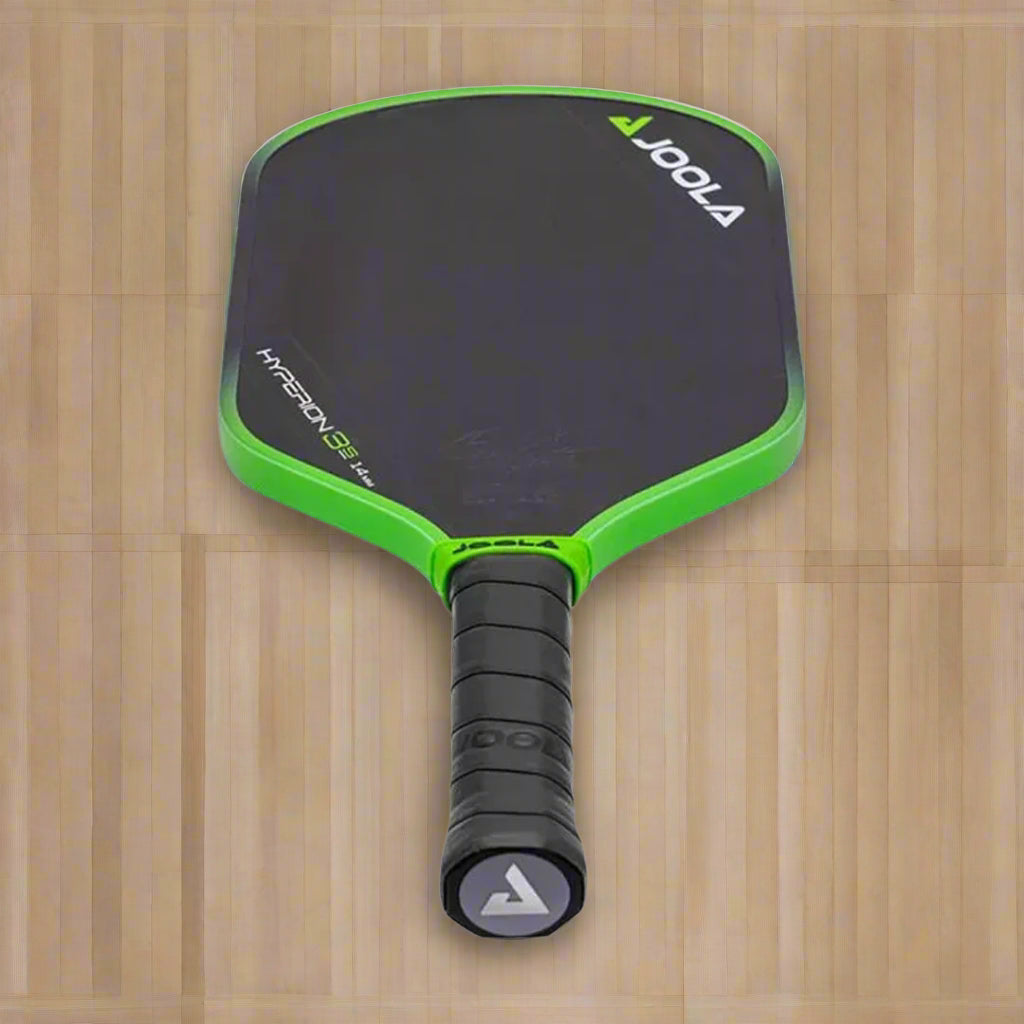
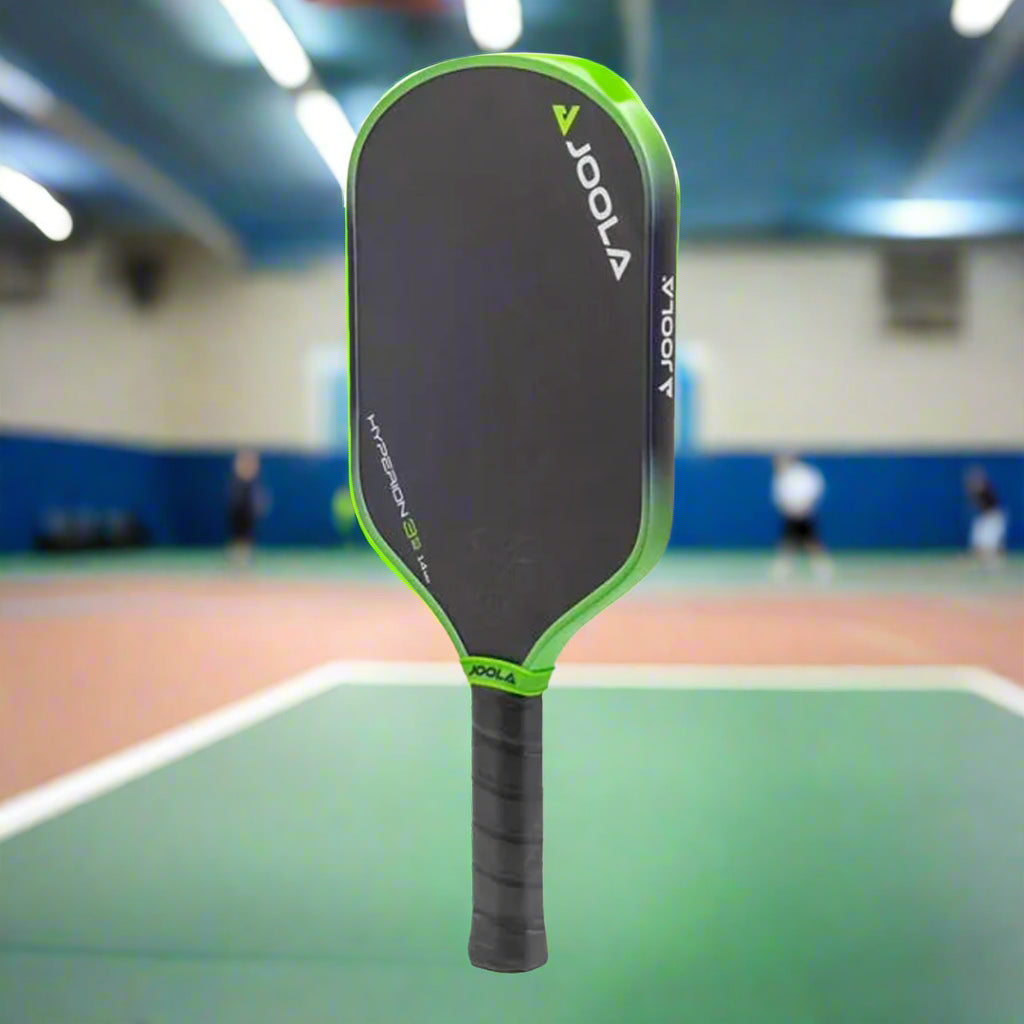
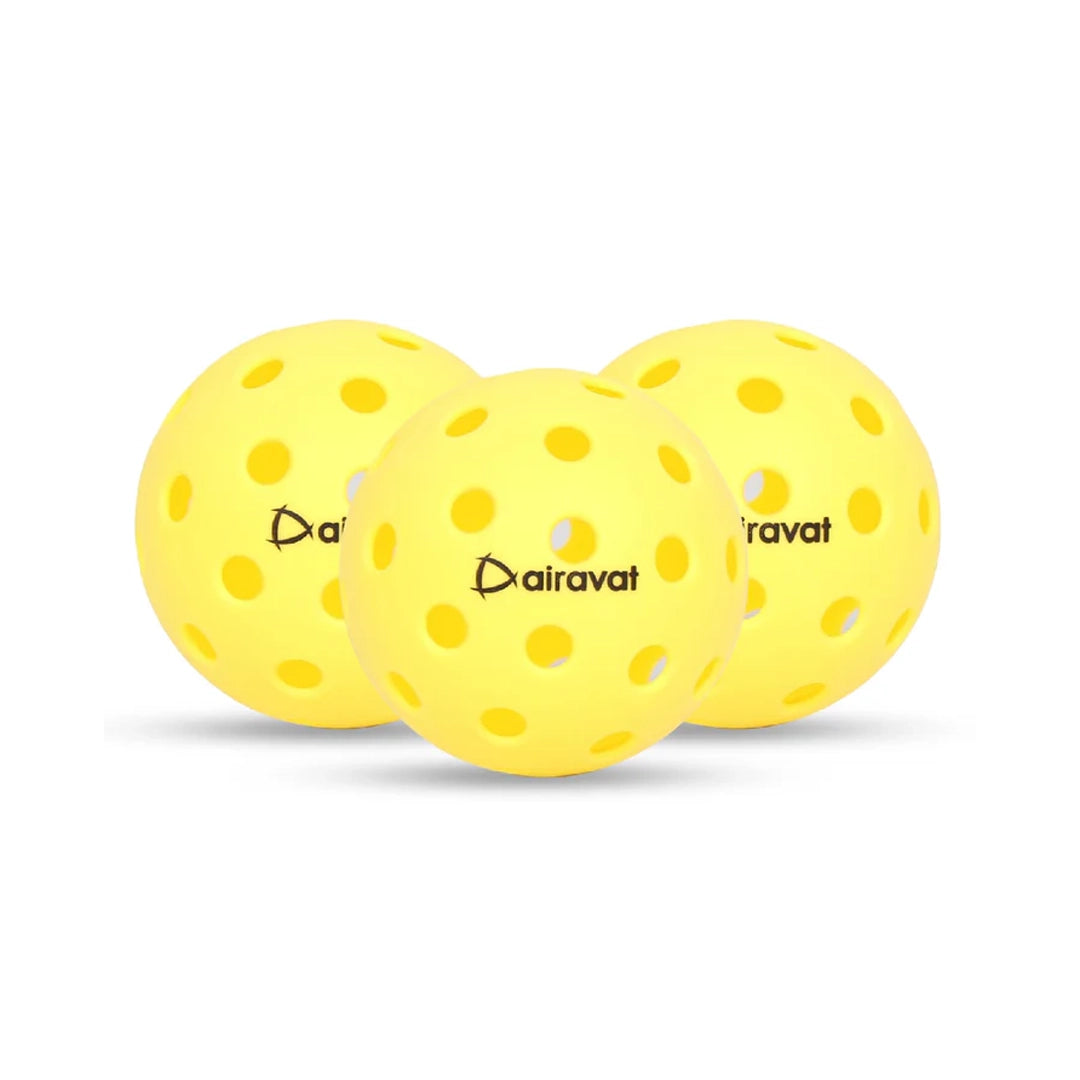
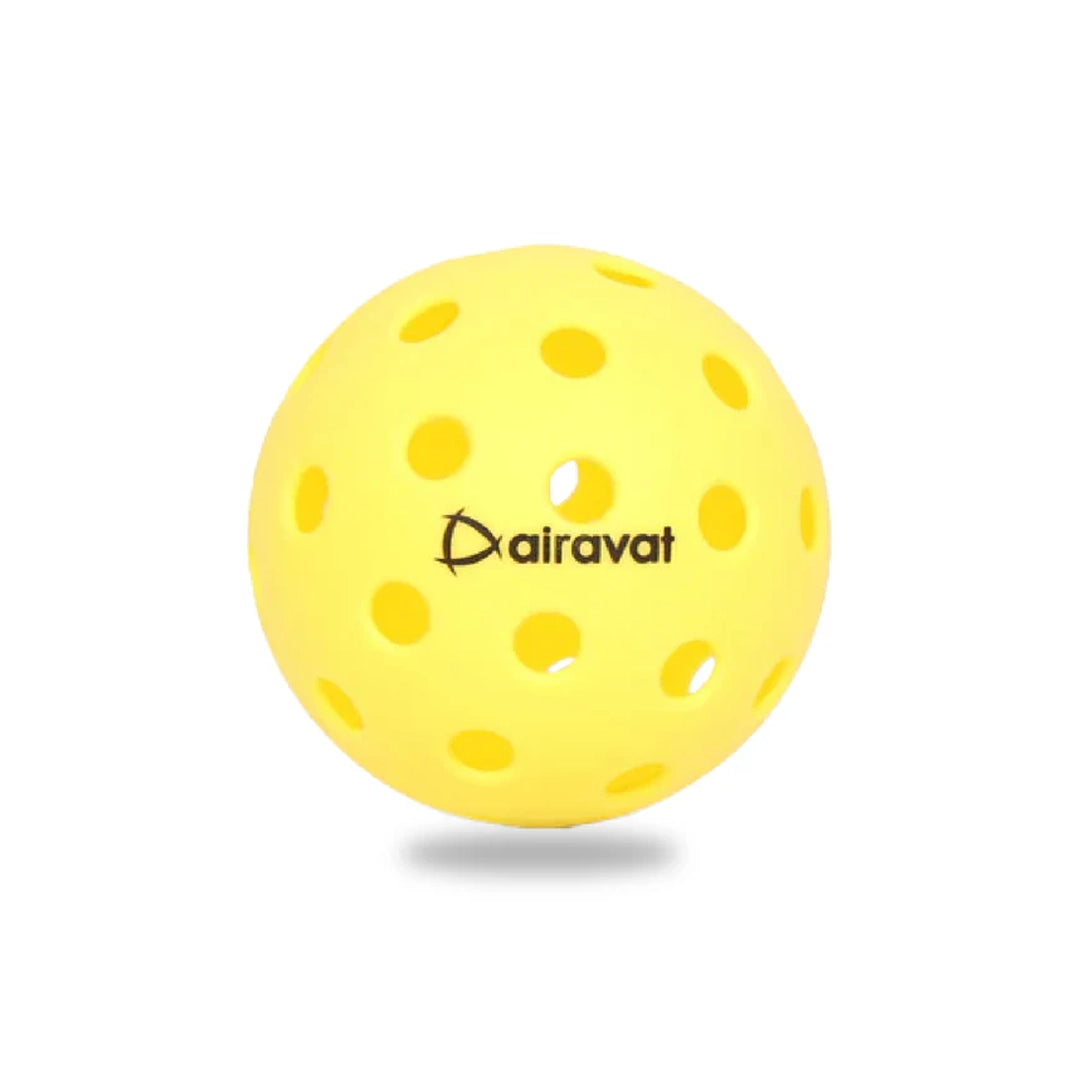








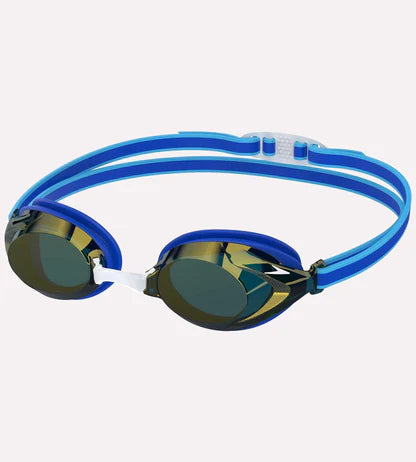
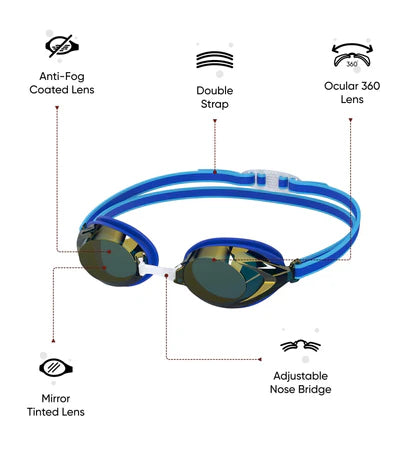
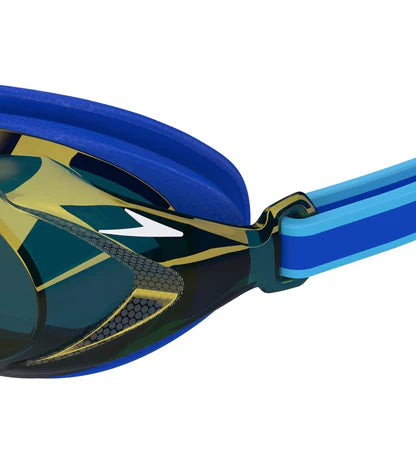
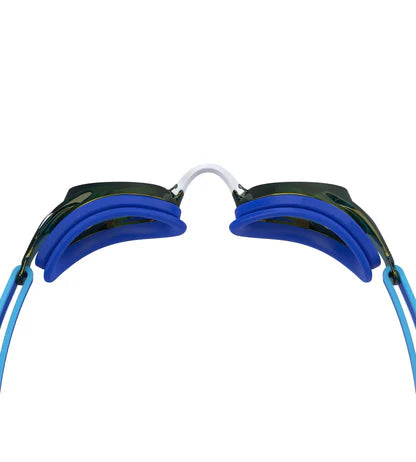
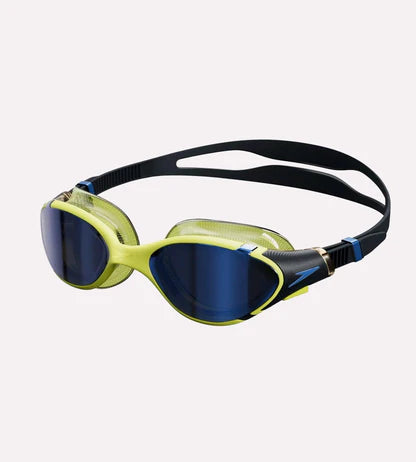
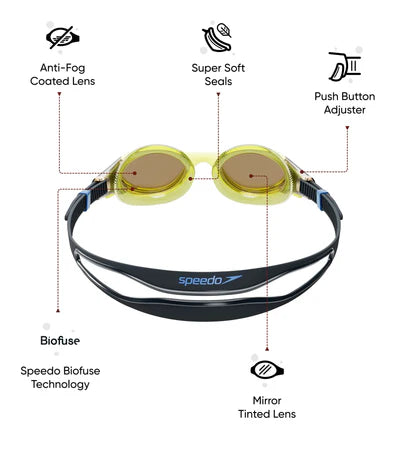

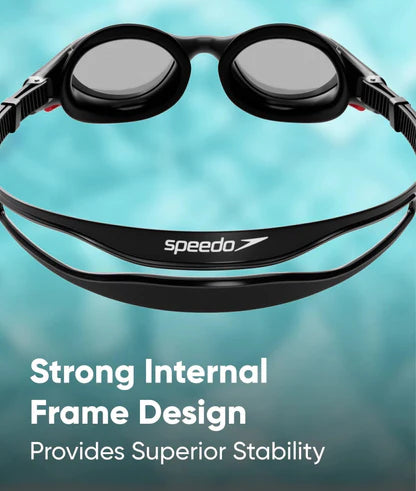




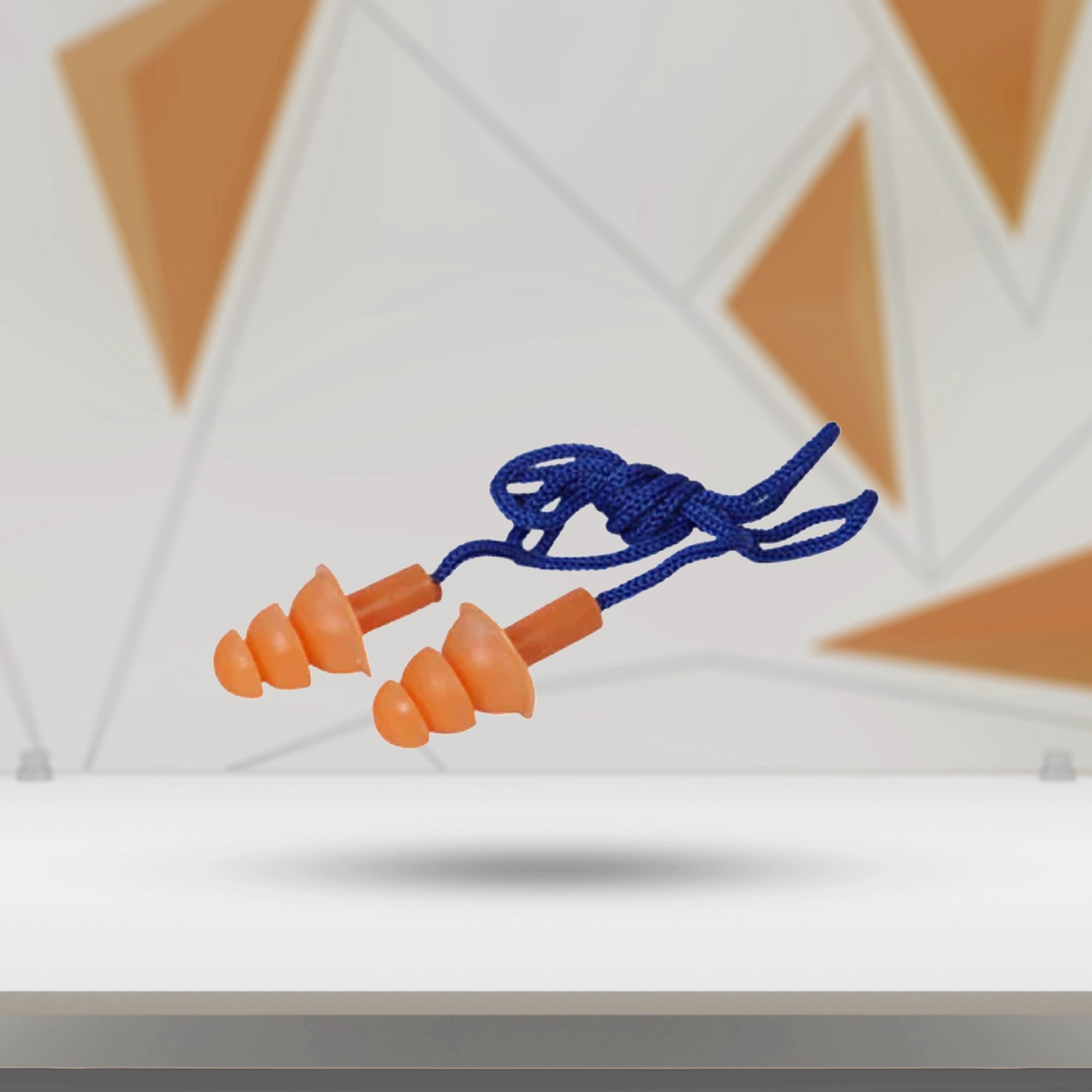
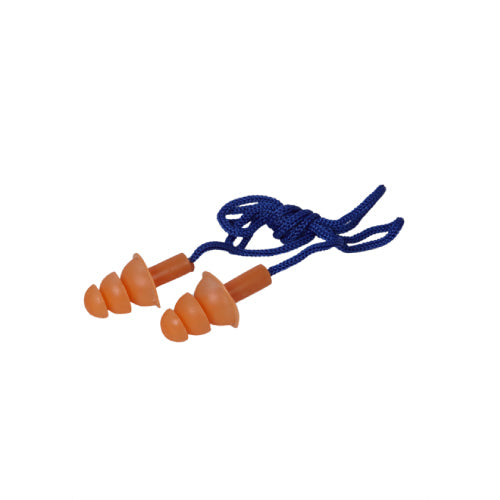
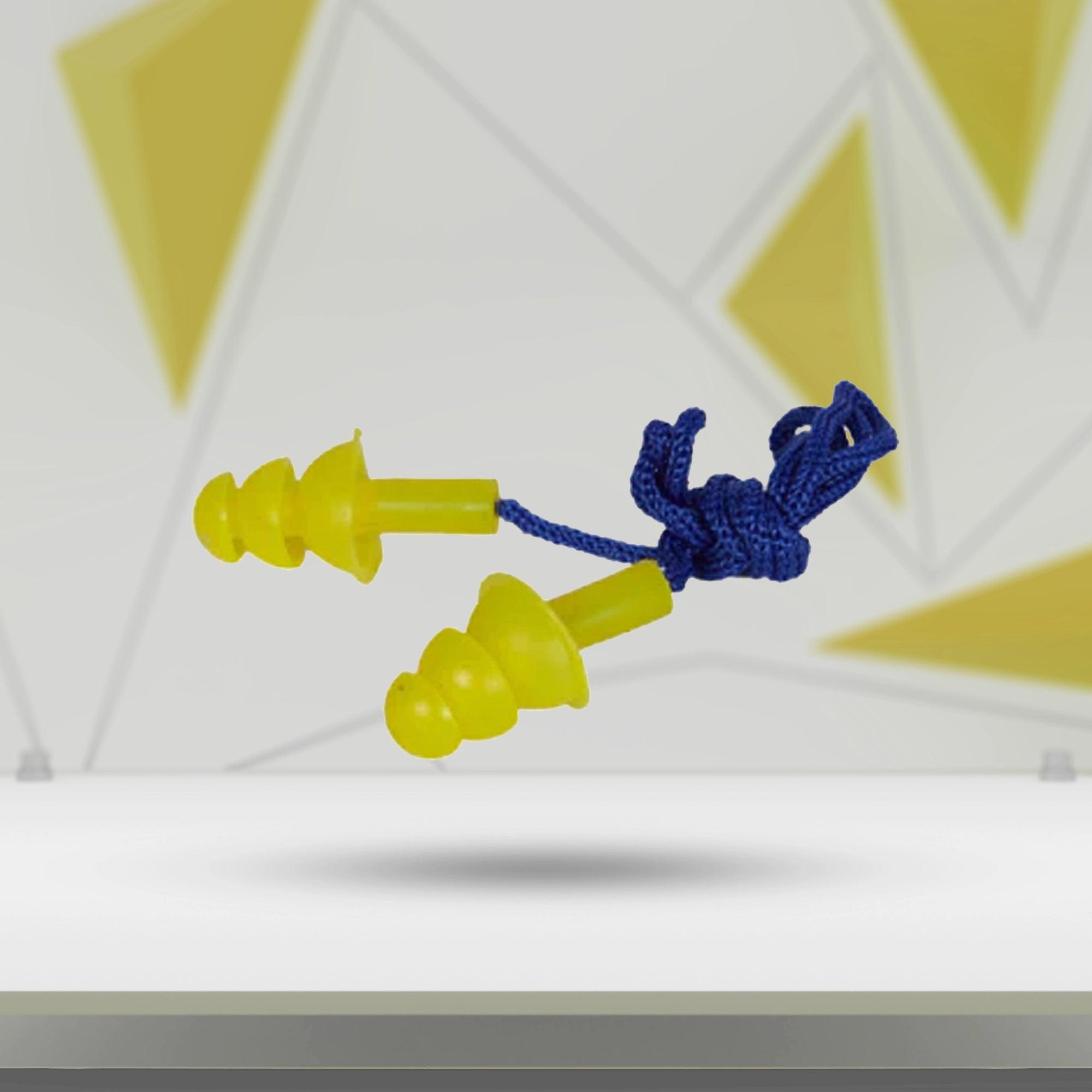
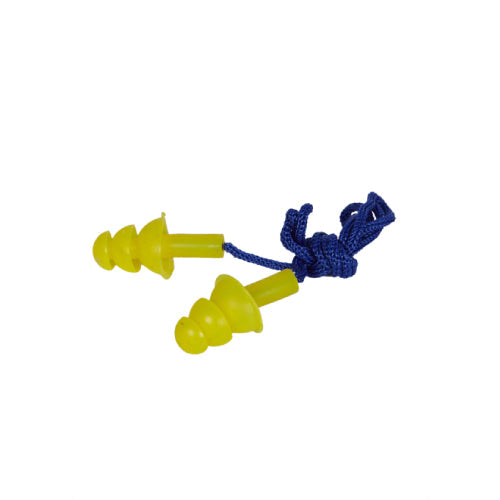
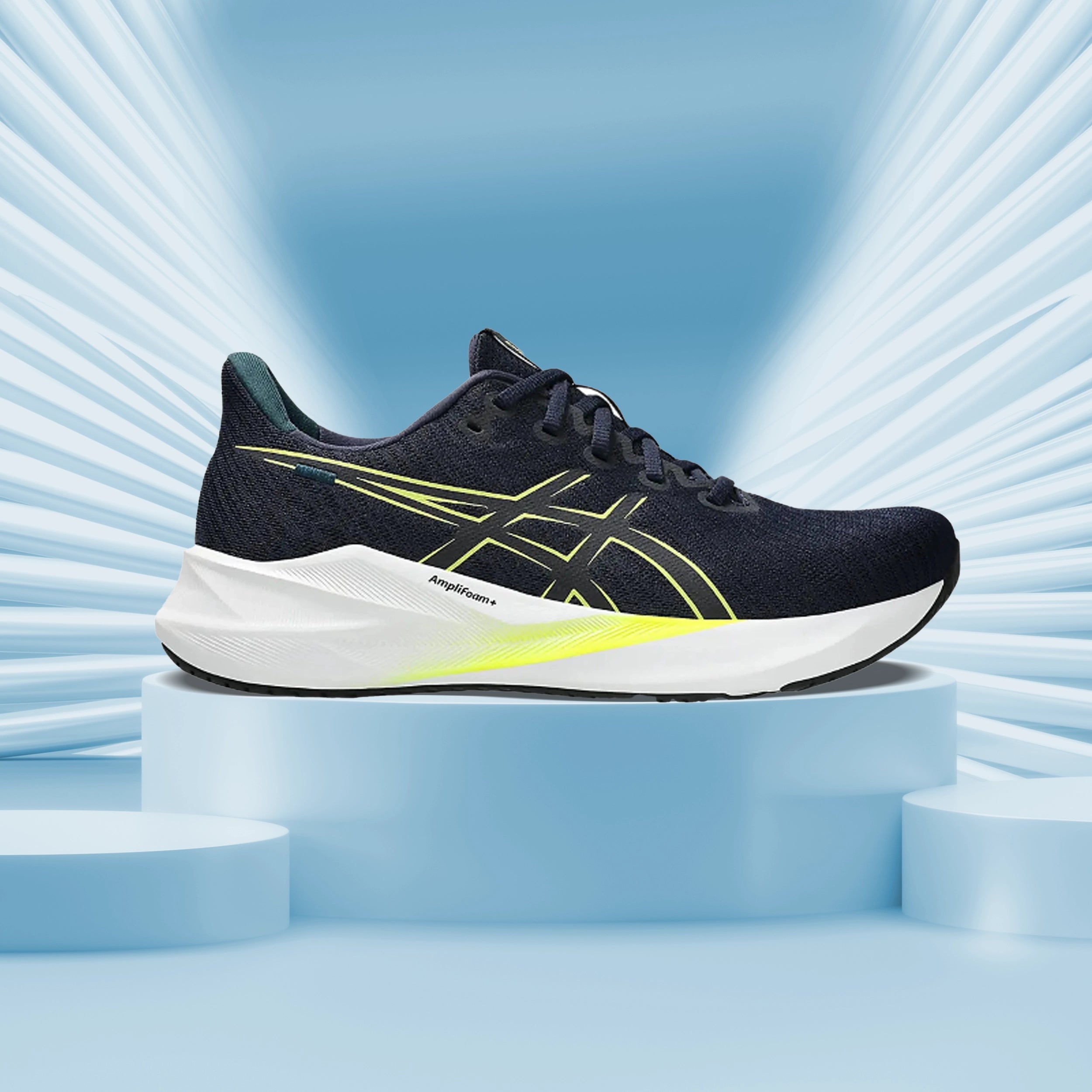
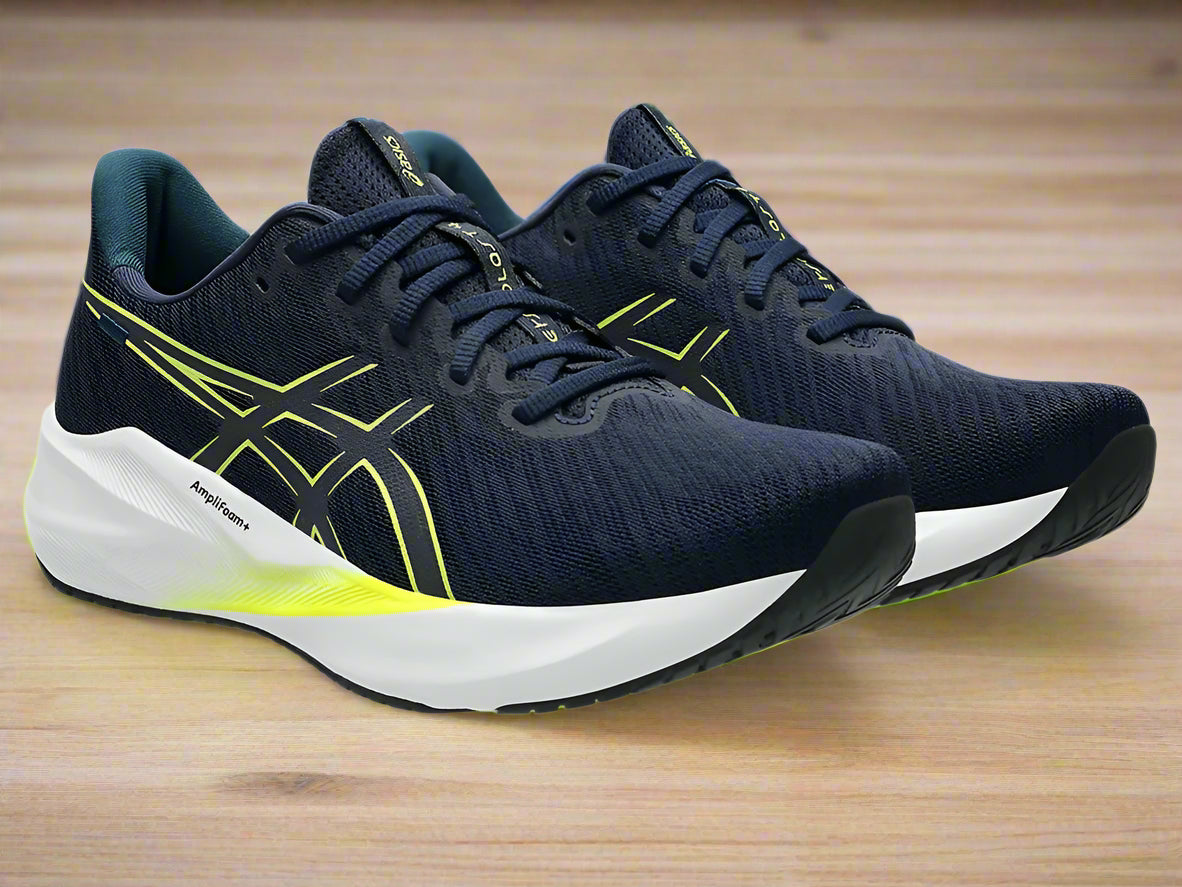

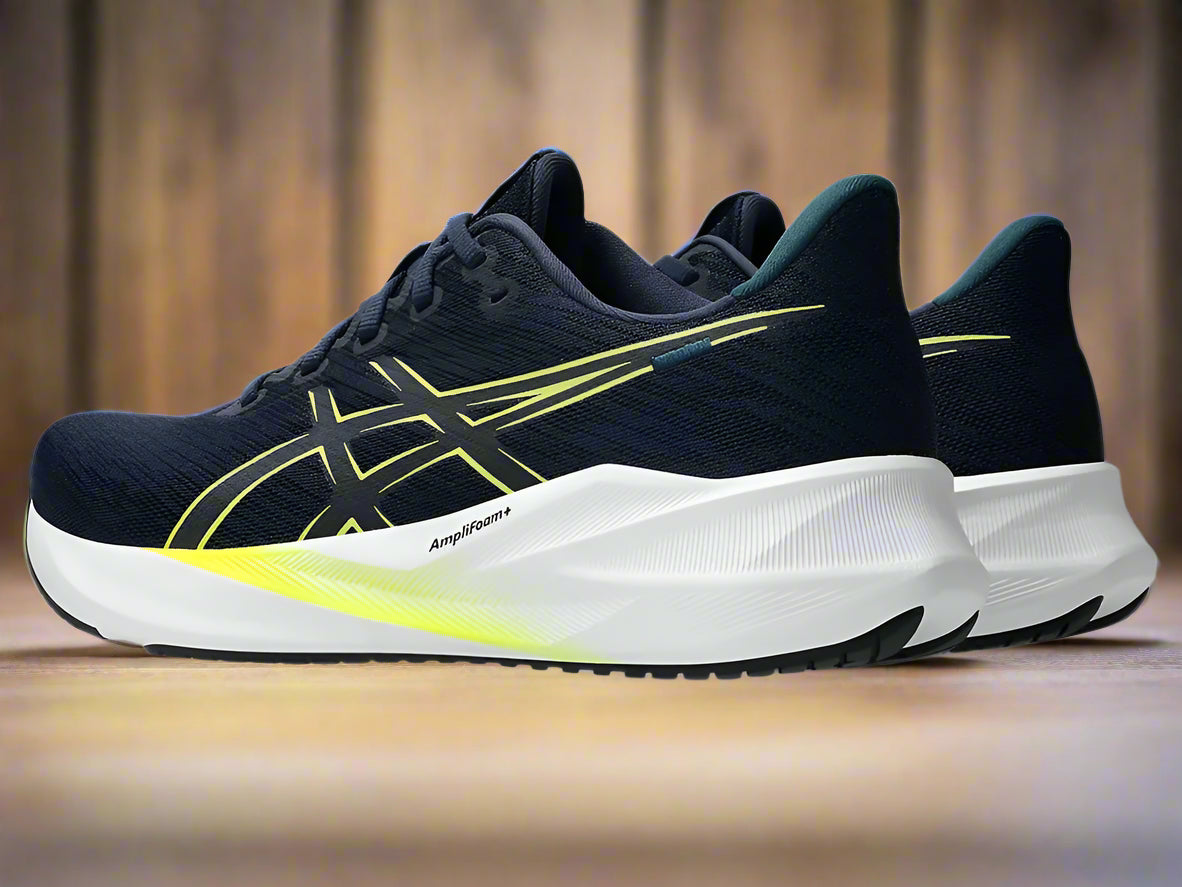
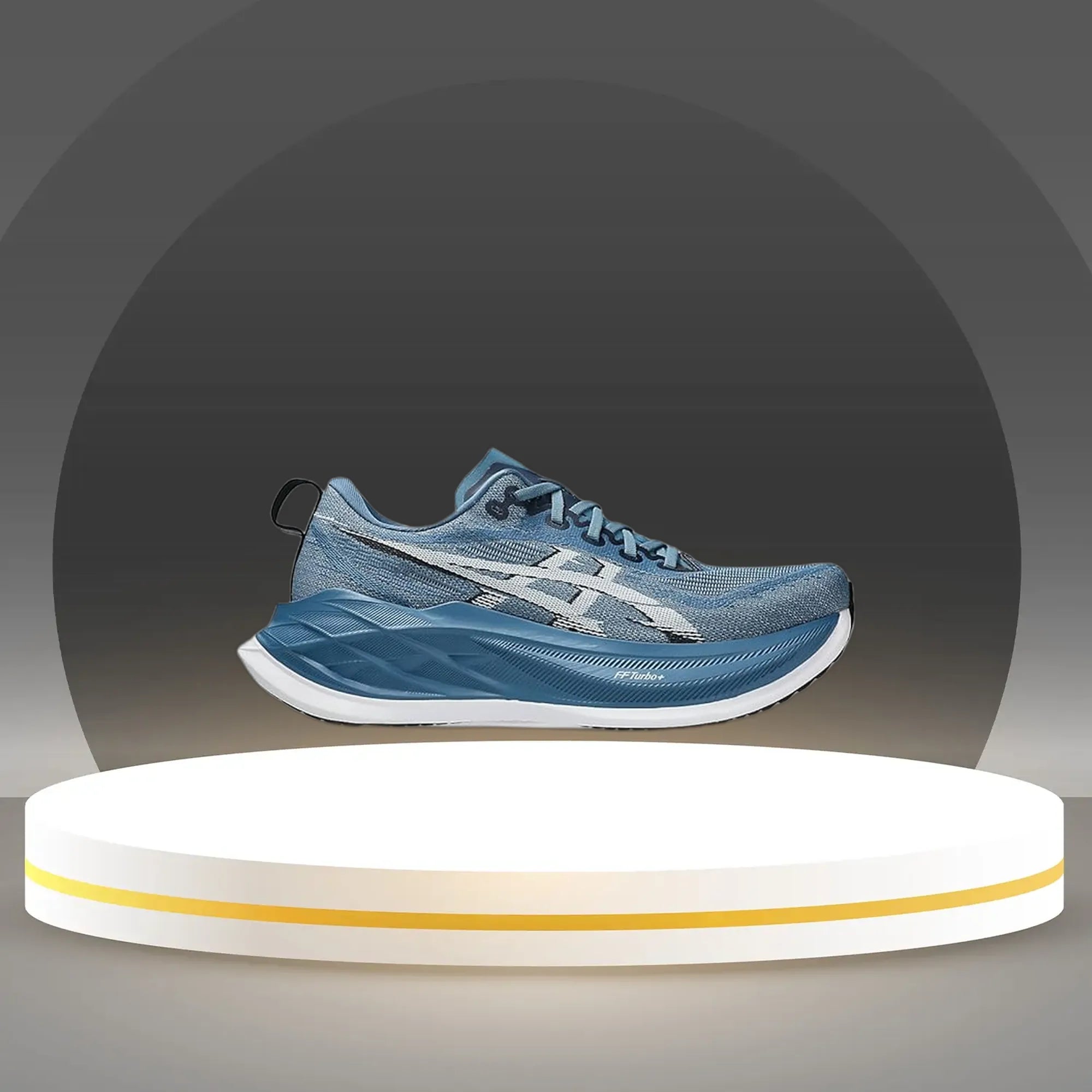



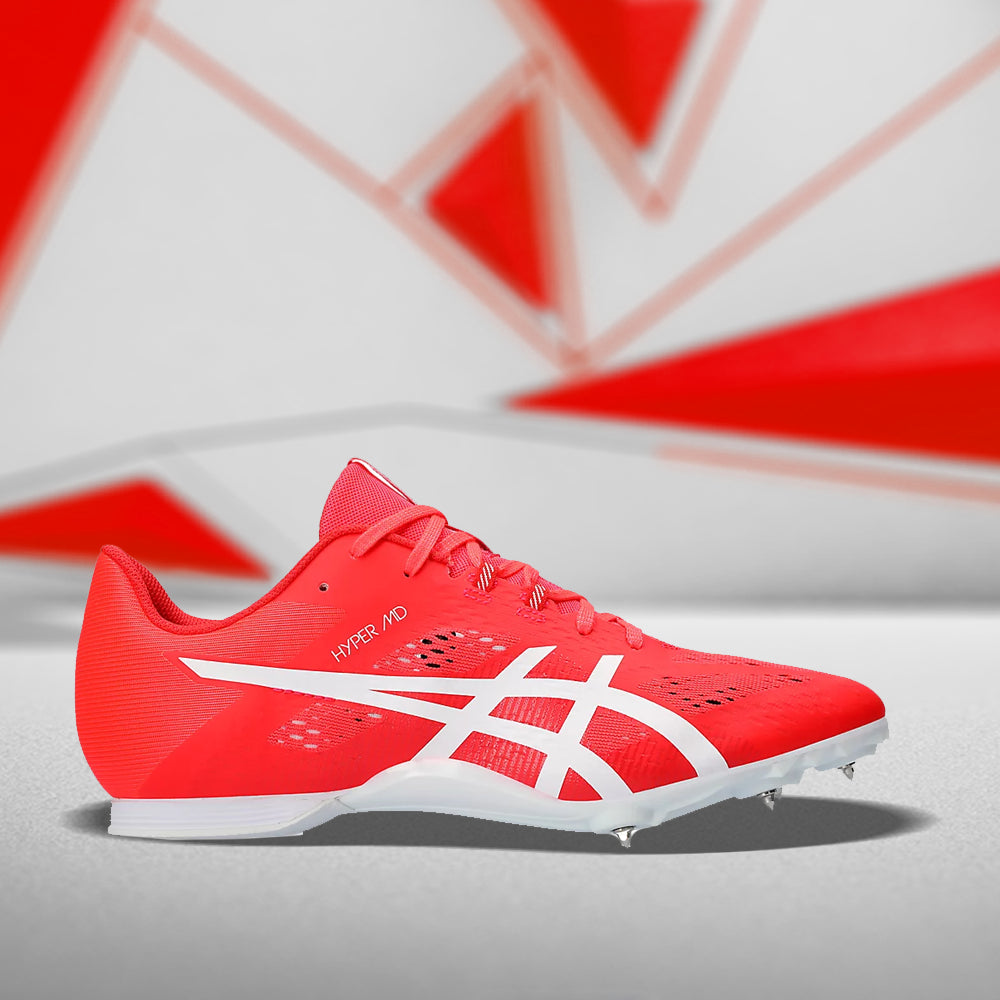
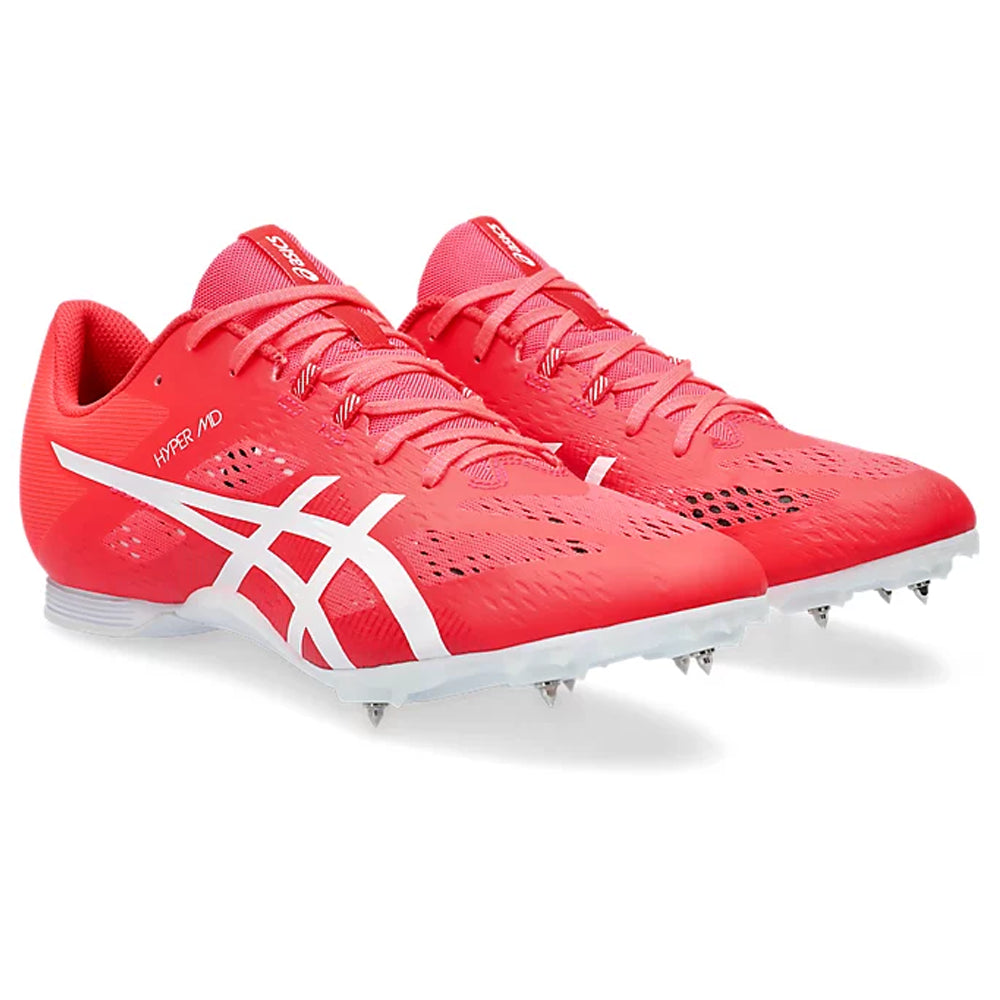
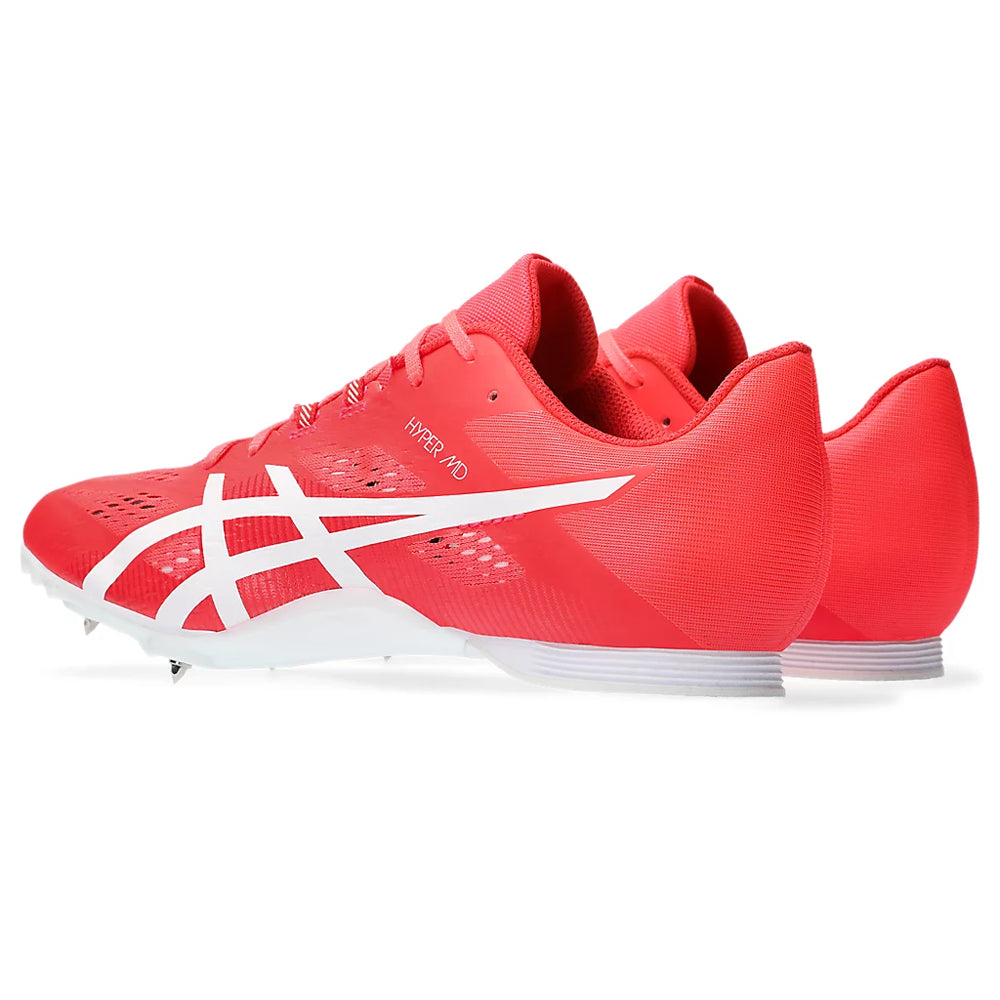
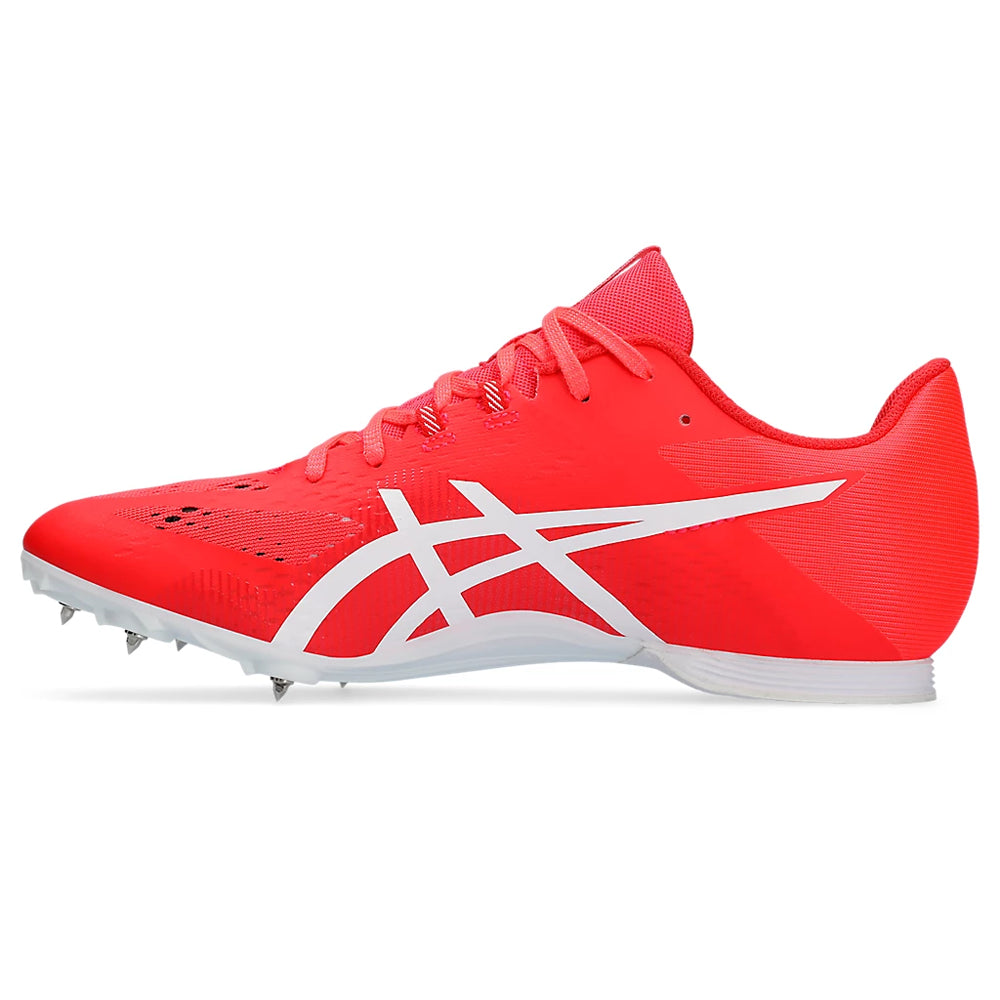
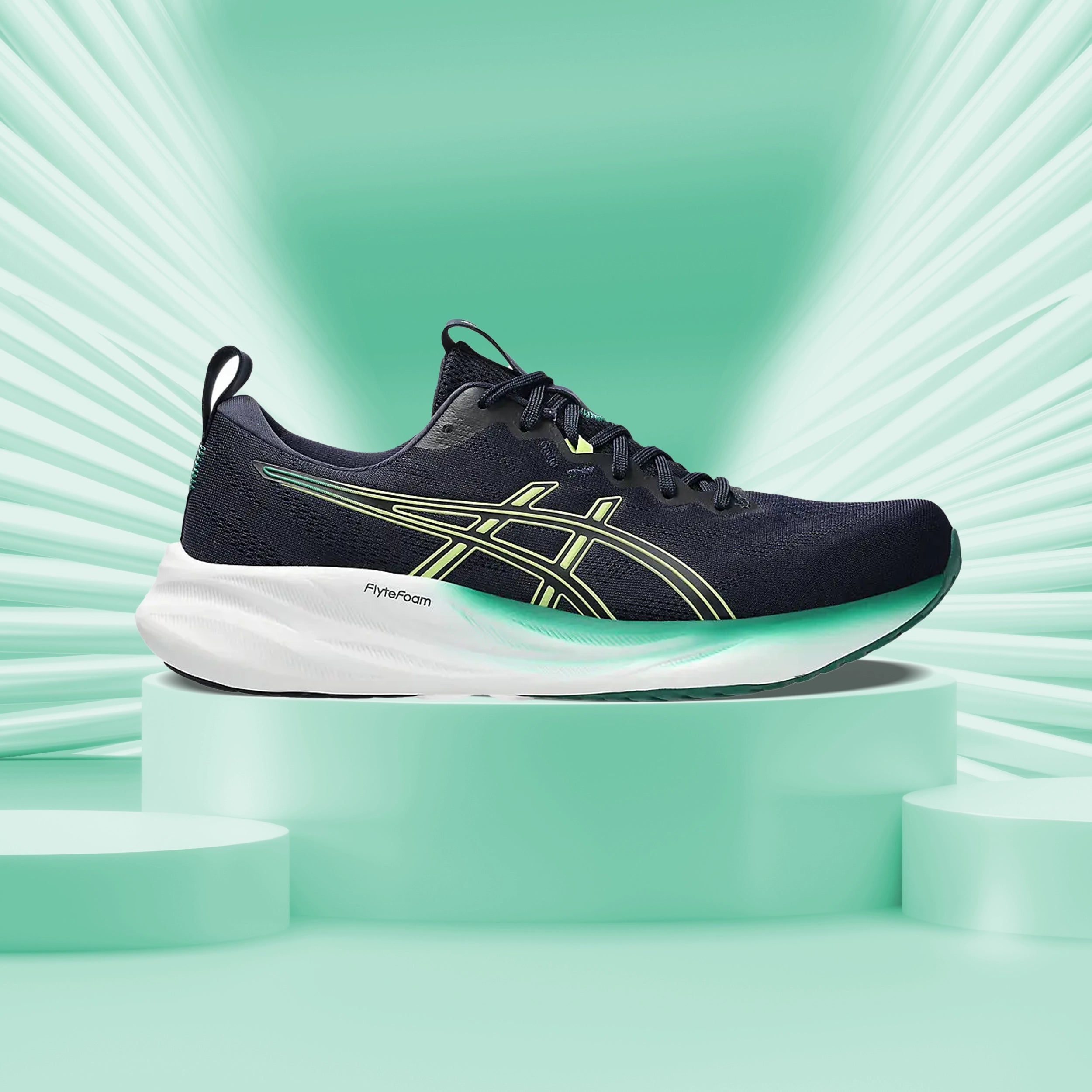


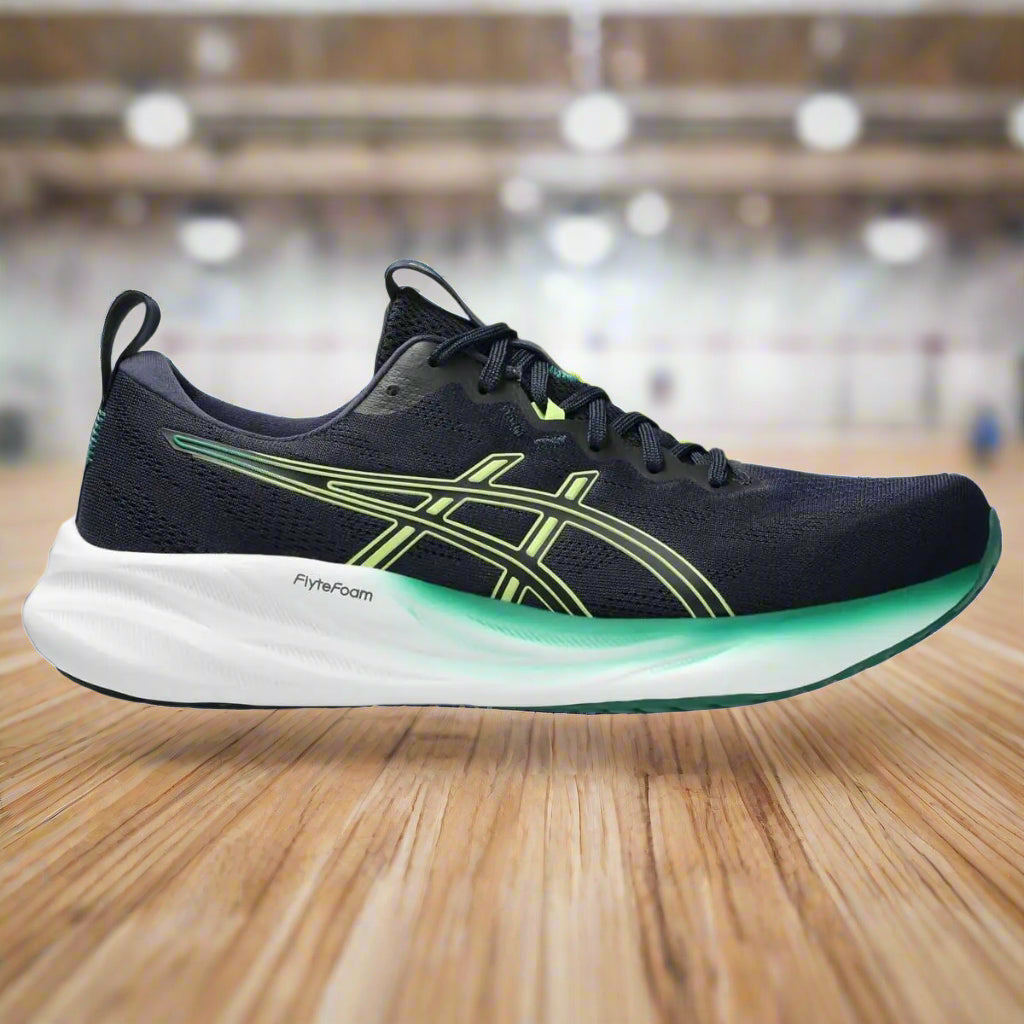
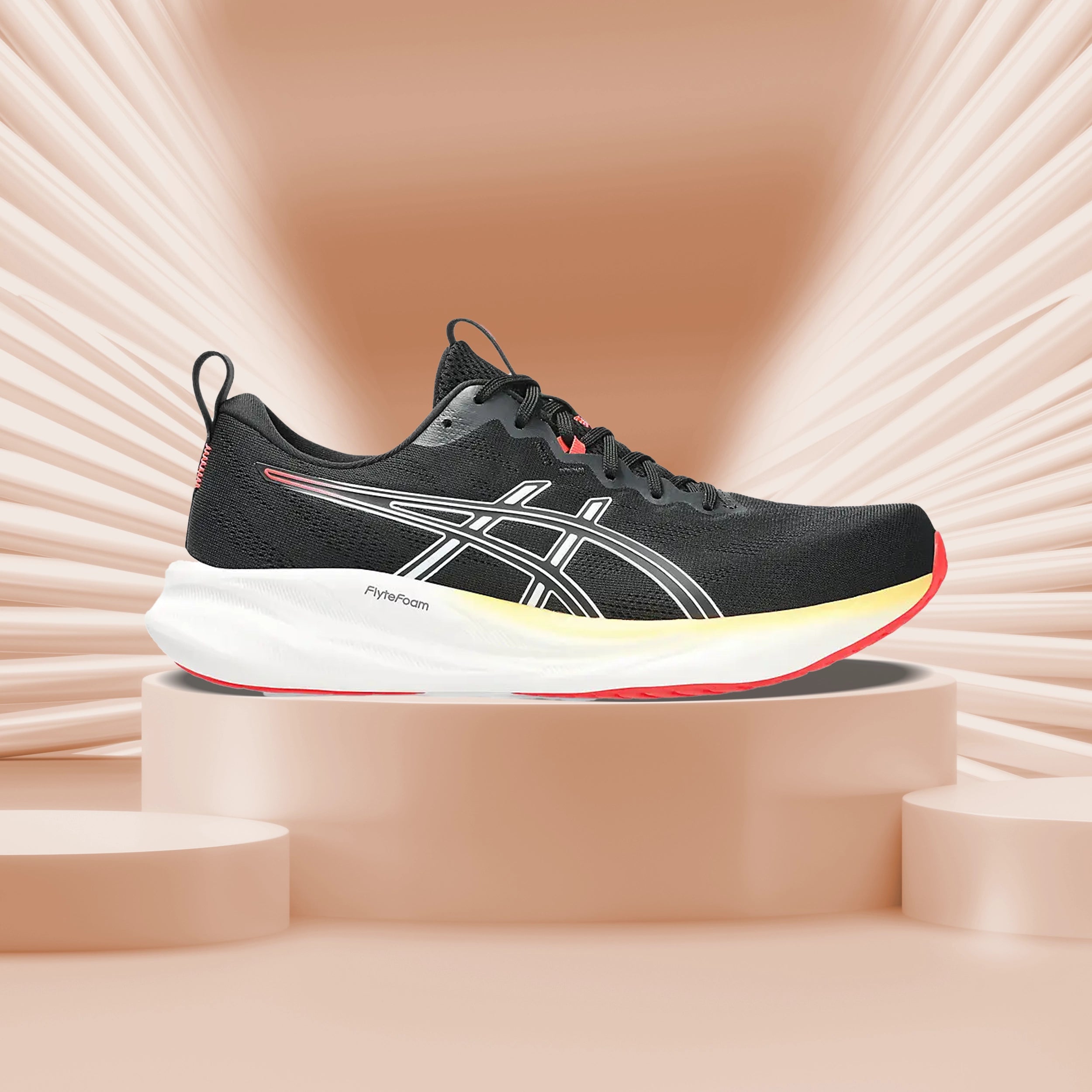

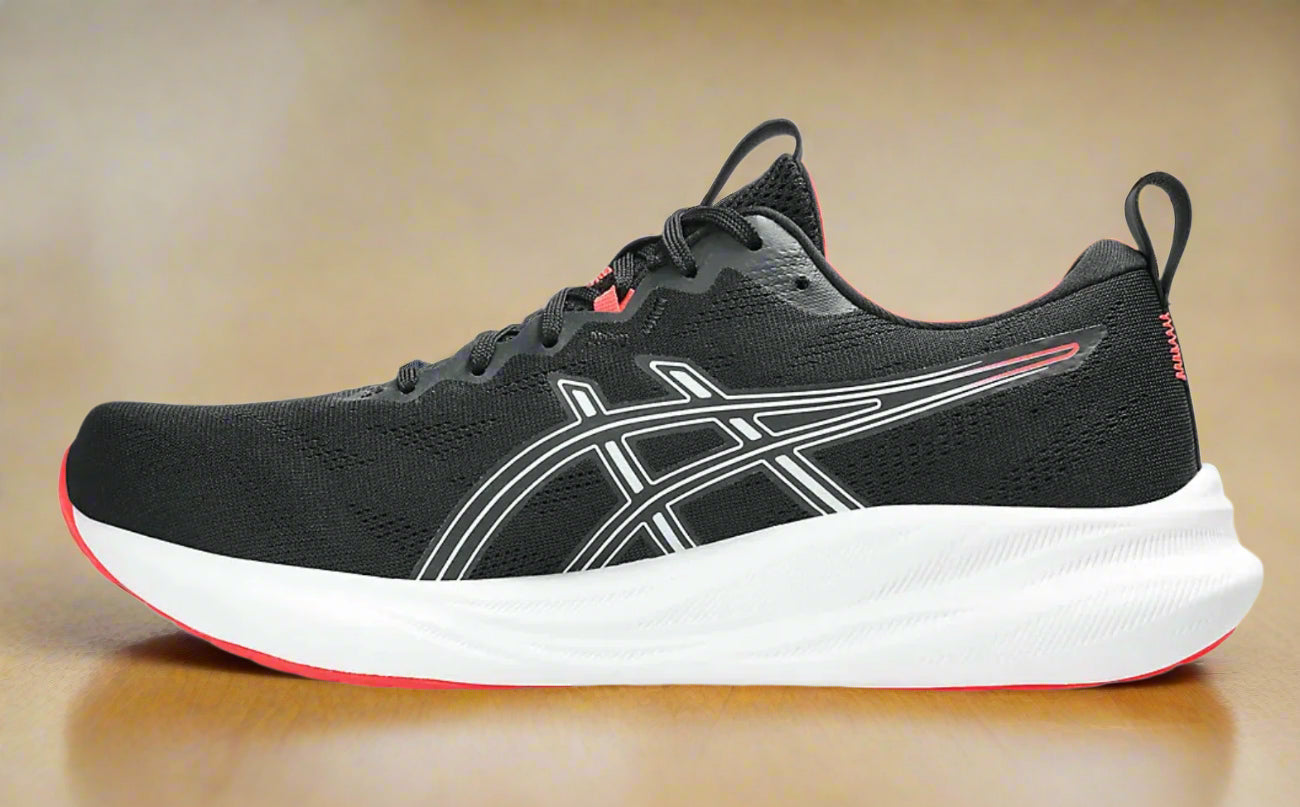

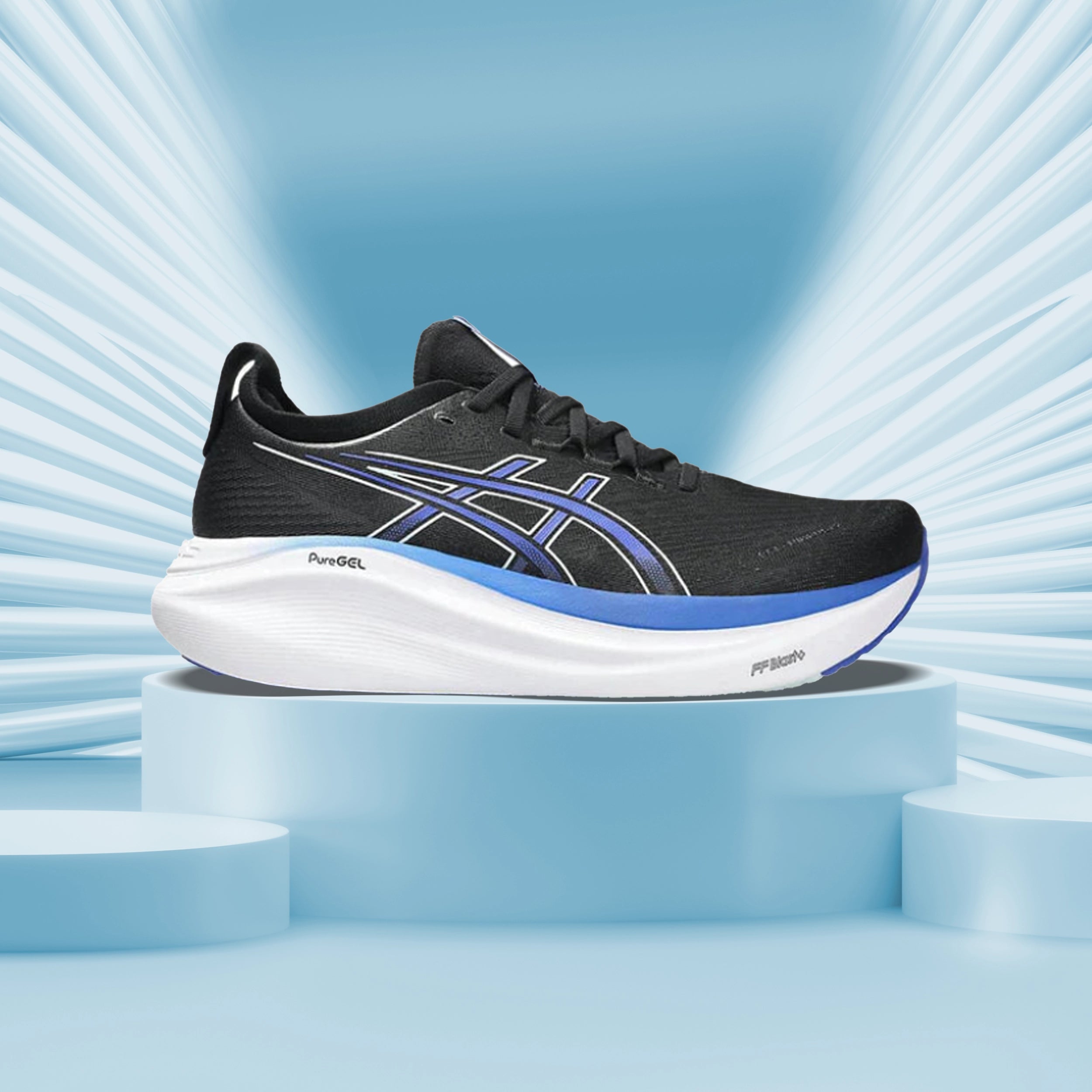
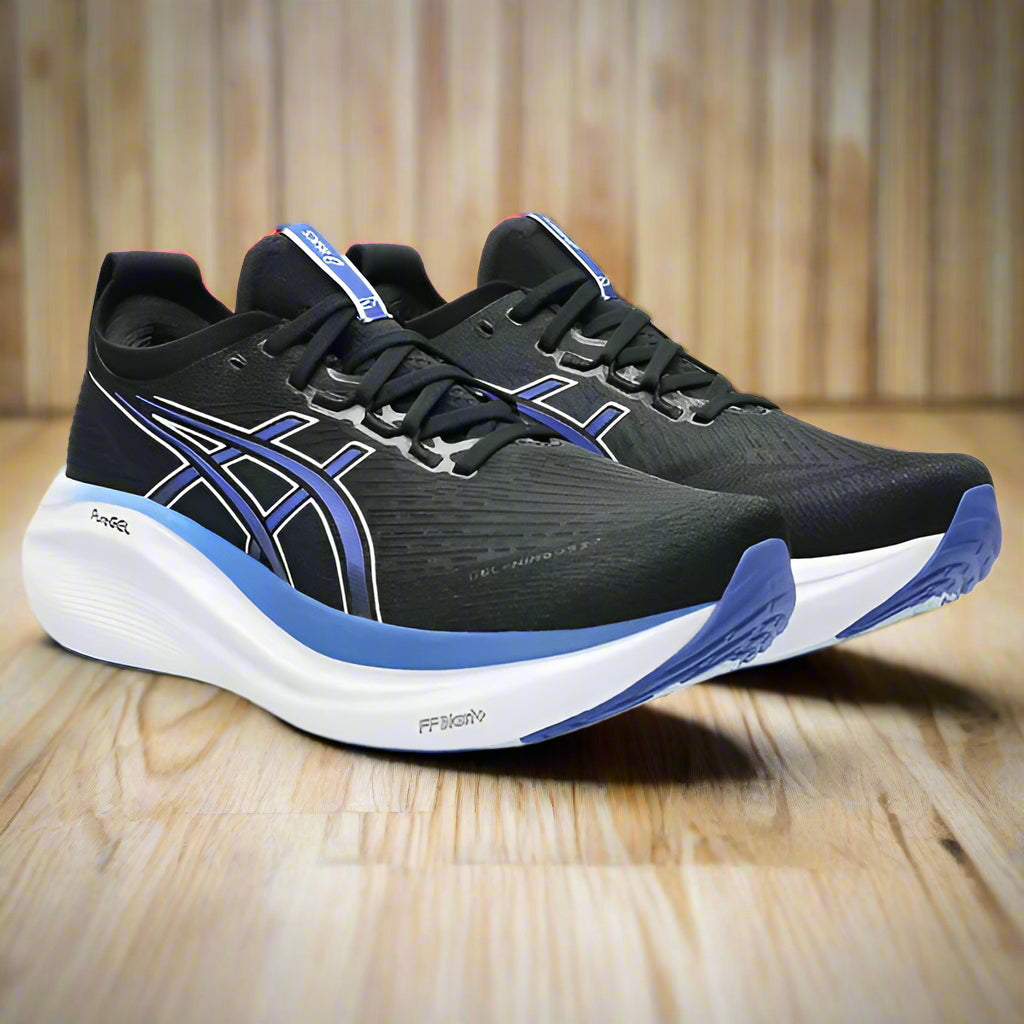
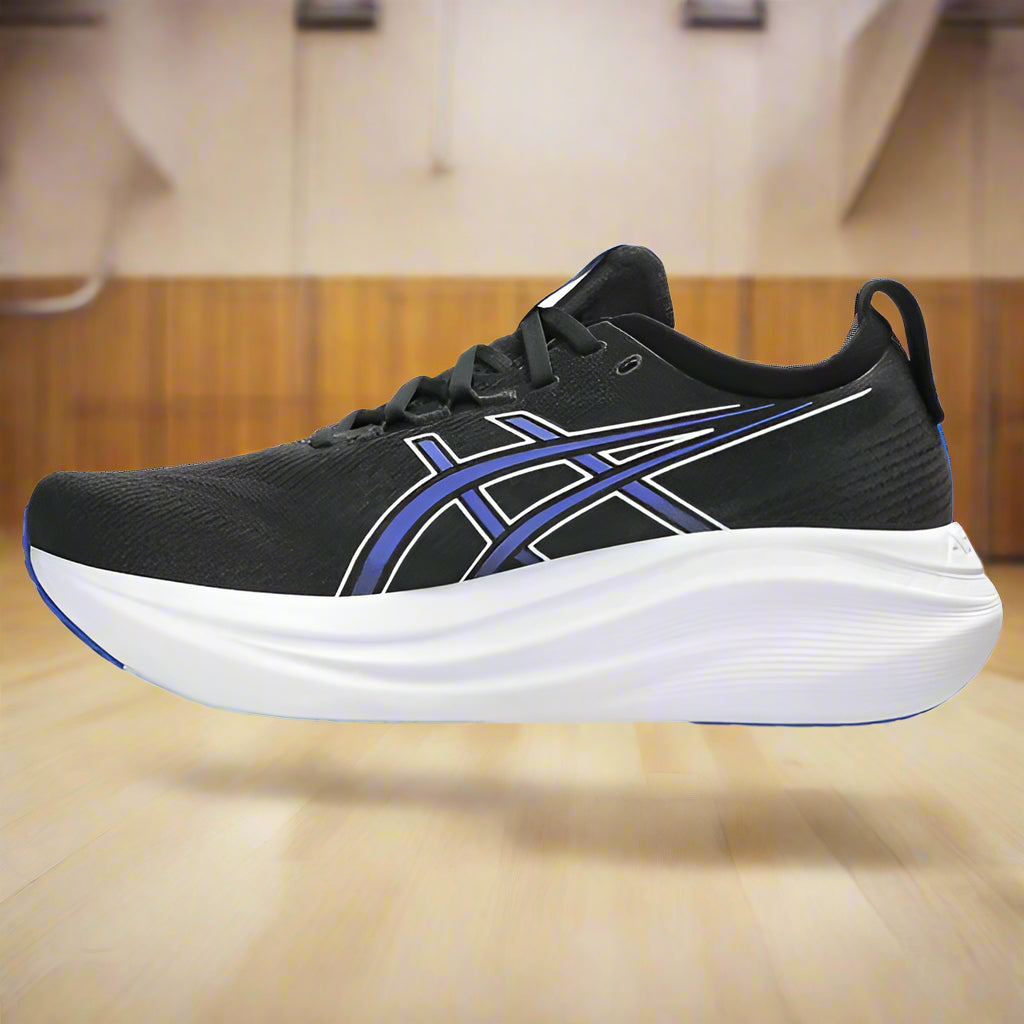
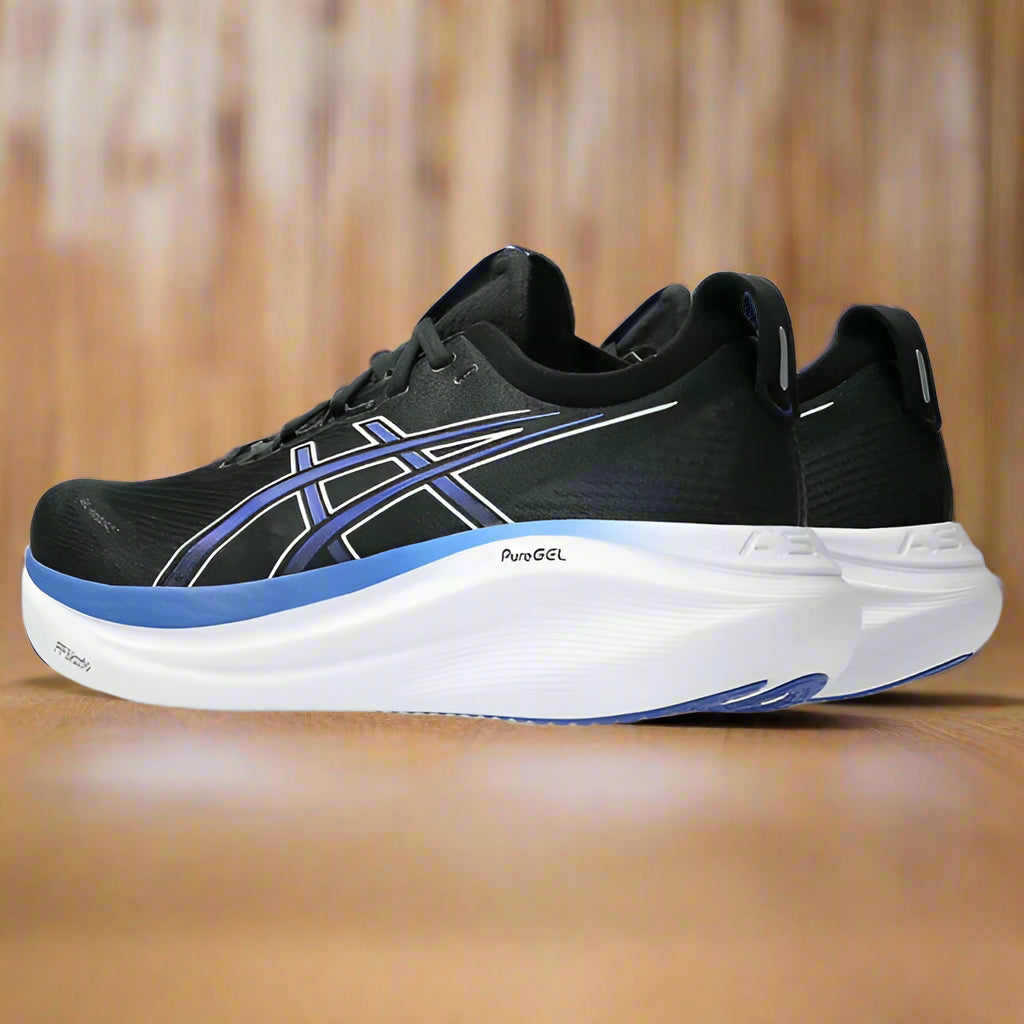

Share:
The Digital Arena: How Esports is Becoming India's Next Big Sport in 2025
Beyond the Greens: Decoding Golf's Global Fairway and Its Burgeoning Drive in India